Activity and Sustainability Report








SUSTAINABILITY AT THE HEART OF THE MUSEUM











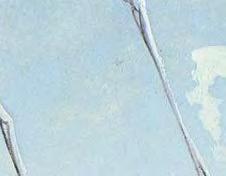
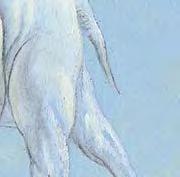


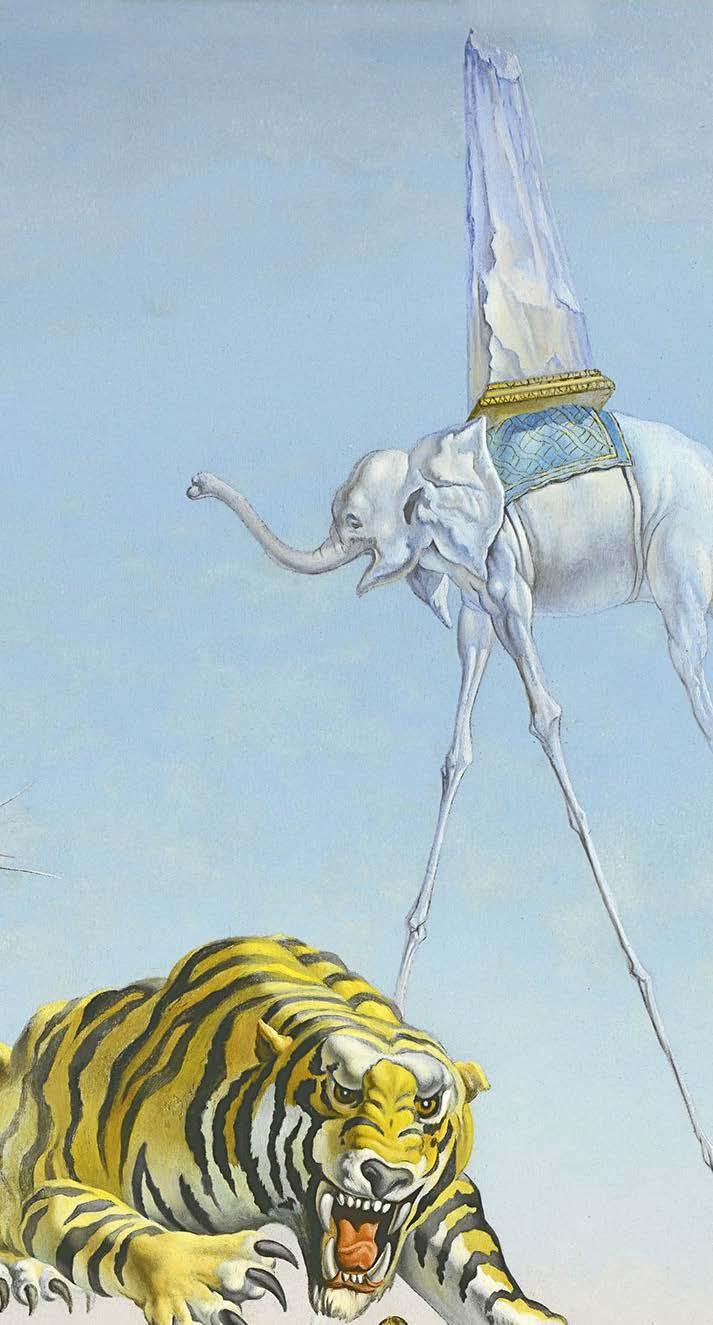
It is with these lines that we introduce the Activity and Sustainability Report of the Thyssen-Bornemisza National Museum (TBNM), prepared in order to inform our stakeholders of the milestones achieved during 2021, as we finally begin to overcome the COVID-19 pandemic, the most critical stage of our lives. Today, with the situation more in line with our reality in 2019— although not exempt from other very serious threats as a result of the invasion of Ukraine—we wish to recover our ambitions in terms of the general fulfilment of our mission towards the preservation and dissemination of our cultural heritage and, of course, also in terms of the transmission of knowledge, values and social, economic and environmental sustainability. In this way fulfilling our commitment to the well-being and safety of people, society and all the Museum’s audiences.
This report is a further exercise in the transparency that, among other things, led us to being recognised as the most transparent museum (Commitment and Transparency Foundation), a distinction that brings us closer to all audiences and makes us as proud as all the other certifications we have obtained, such as the quality tourism seal (UNE 302002 standard), which especially recognises the attention paid to the visitor’s experience; or the family-responsible company certificate, with a proactive B+ rating, which demonstrates the importance for us of ensuring the personal and professional development of our team, without whom none of the achievements that are collected in this report would have been possible.

Without downplaying the importance of the former, our devotion to the permanent collection, its protection and dissemination always prevails at the centre of our purpose. Throughout 2021 we enjoyed the opportunity to celebrate the centenary of Baron Hans Heinrich Thyssen-Bornemisza, carrying out a programme of exhibitions and extraordinary activities outlined in this report, which allowed us to revisit the year from different perspectives.
In our desire to make the history of art and the new technological era coexist, we have promoted and improved experiences such as virtual visits to our permanent collections and temporary exhibitions, as well as our content on digital platforms and communication with our audiences, with special attention to social media networks as an increasingly rich, active and diverse virtual meeting point.
We believe that this proximity and interaction with our audiences fosters the growth of our Thyssen-Bornemisza community, thereby increasing their contributions in support of the museum’s initiatives, always inspired by the love of art and culture. They have all been able to enjoy a variety of exclusive activities, private visits and conferences. We would also like to give special mention to our loyal sponsors who, thanks to their generous
collaborations, help us to guarantee the maintenance and conservation of the Collection, in addition to promoting educational projects such as our already renowned EducaThyssen programme. Its collaboration with institutions and social agents has been a catalyst for the development of more than 50 projects and more than 150 workshops, together with more than 8,500 participants.
In effect, we consider the museum to be the richest cultural context that exists, and for this reason, we are motivated to create projects that hybridise contemporary practices with historical collections, delving into the art-knowledge pairing that we offer our audiences, with special dedication to young people, aspiring to contribute to the construction of a fairer and better structured society.
Aware of the public service we perform, our activity is governed by a series of principles of ethics and conduct, based on our values and in line with the operating principles of the Board of Trustees. Additionally, in our transparency, ethics and good governance policy one can consult the evaluation of the Governing Bodies, the transparency policy, economic/financial transparency and the human resources, equality and work-life balance policy. By means of all these tools, we strengthen our sustainable management system and guarantee that we generate a positive impact on our surroundings, with the impact on the development of the city of Madrid being one of our priorities.
Thus, we present this report in hopes that it reflects the efforts we make to lead the museum to a state of excellence, in each of our processes and with the help of each and every one of the people who are a part of it. In the coming year, our goal is to move forward through the creation of innovative solutions that amplify the possibilities of enjoying art, while ensuring its conservation and integrity remain at the heart of our decisions.
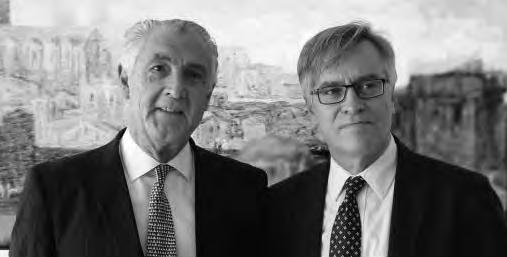
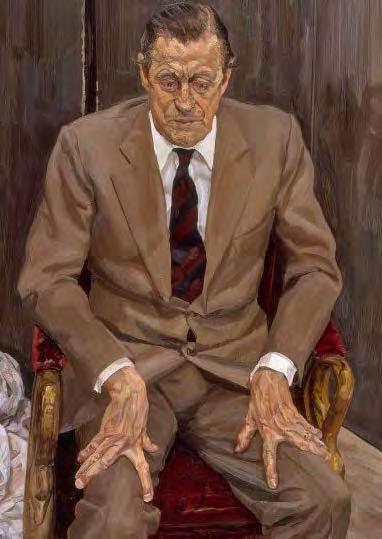
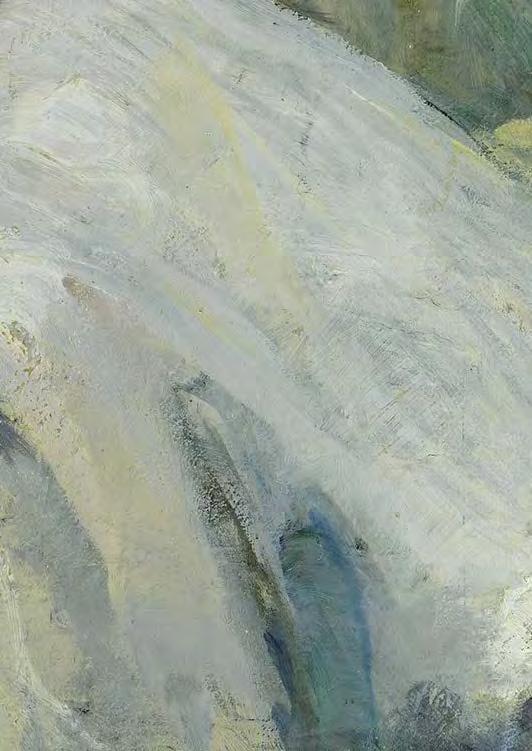








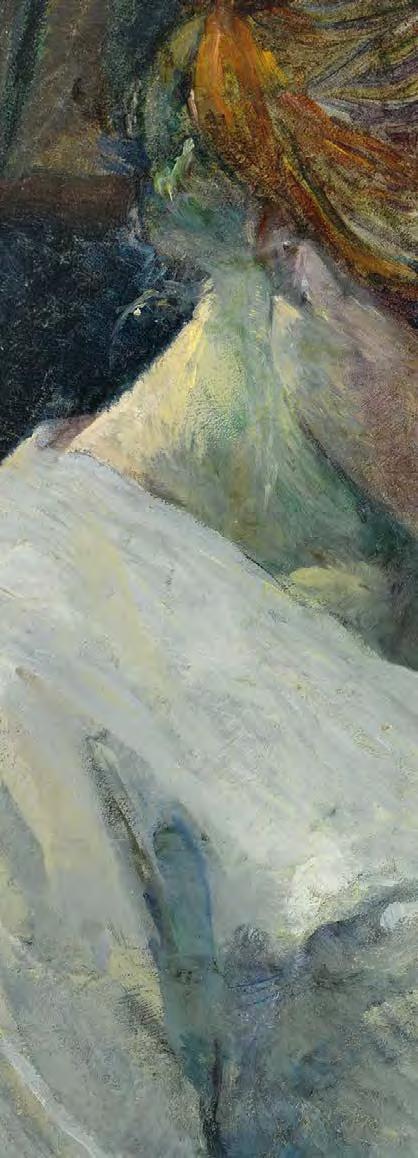
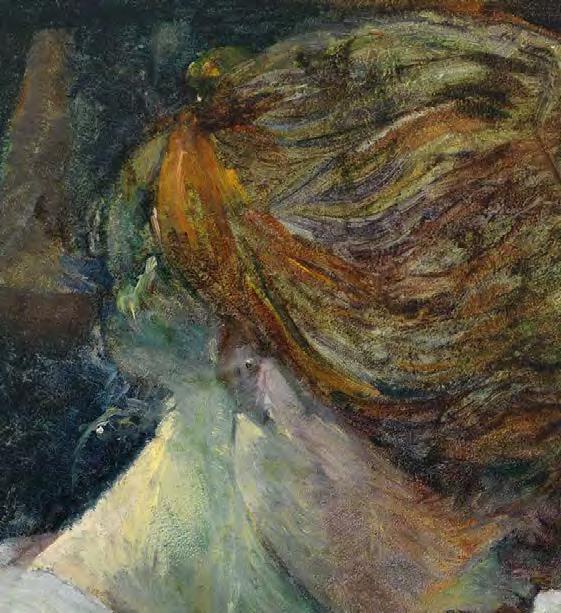

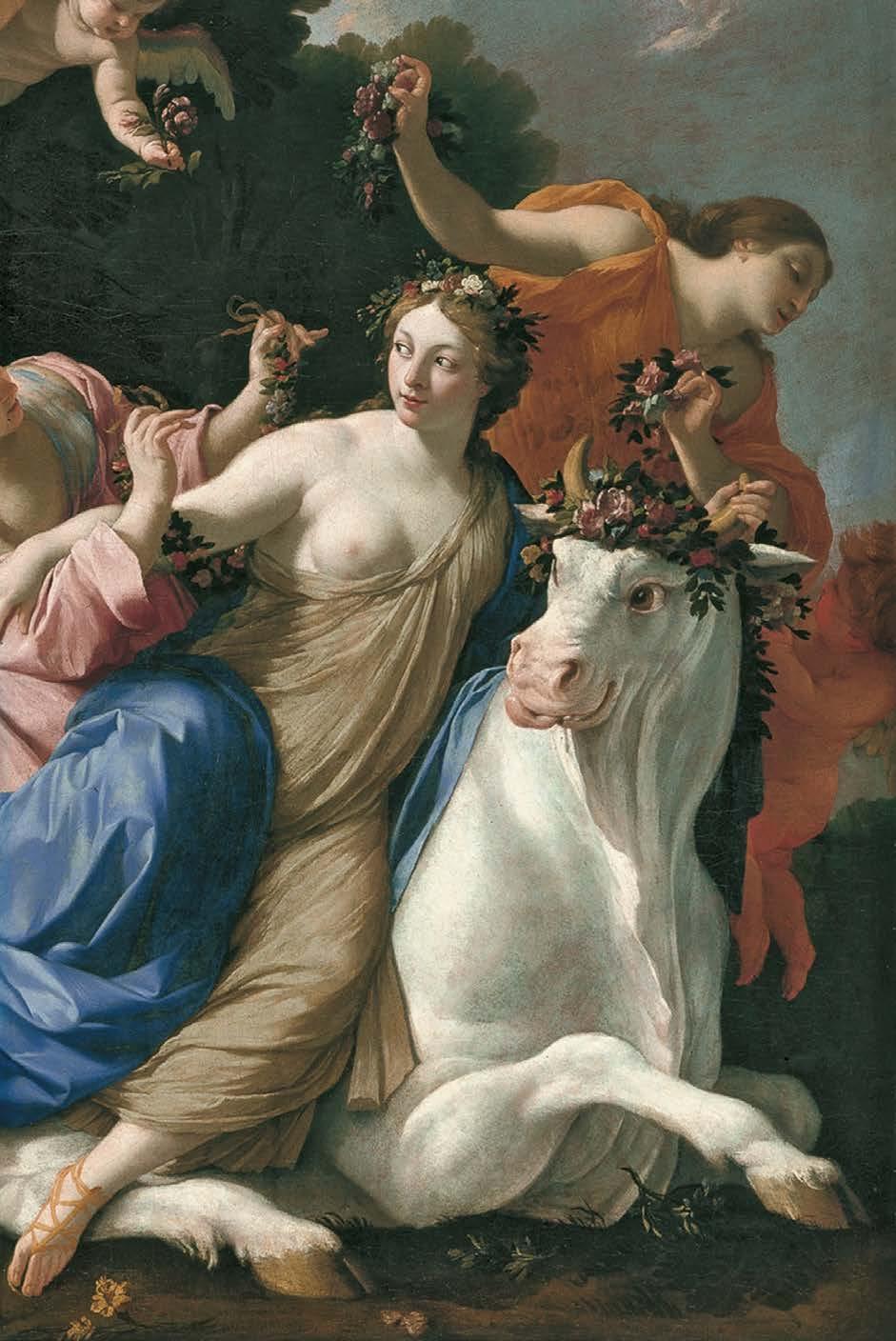
All the activities of this commemoration make up a tribute to his person, to whom the Museum is grateful for the crucial contributions he has made towards Spain’s cultural enrichment.
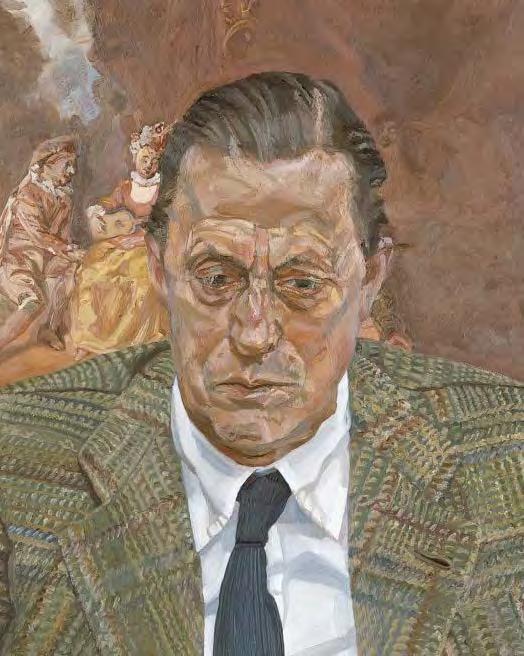



From 12 April 2021 to 23 January 2022
From 25 October 2021 to 9 January 2022


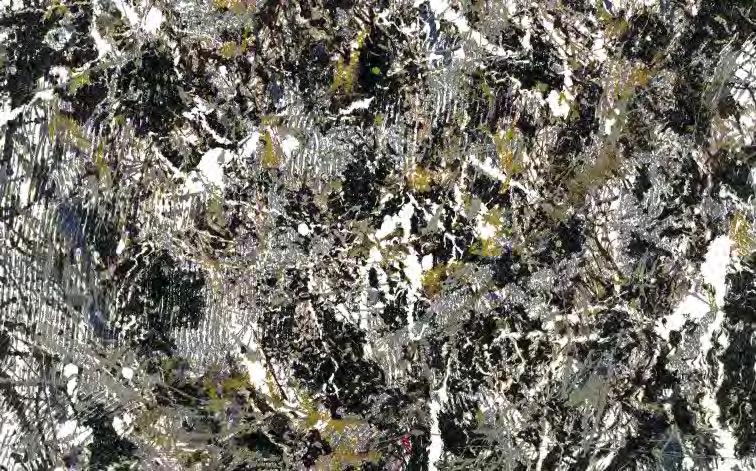
13 April 2021 marked the 100th anniversary of the birth of Hans Heinrich Thyssen-Bornemisza (1921–2002) and the museum proudly paid tribute to his person and the contribution of his legacy.
His passion for art began in 1947 when he inherited his father’s collection, which he proceeded to complete with new masterpieces of classical art, thus putting together, since 1961, one of the best private painting collections of the 19th and 20th centuries. Concerned with keeping his collection united and sharing it with the greatest possible number of people, in 1988 he signed an agreement for the loan—and, five years later, for the sale—of 775 paintings to the Spanish State.
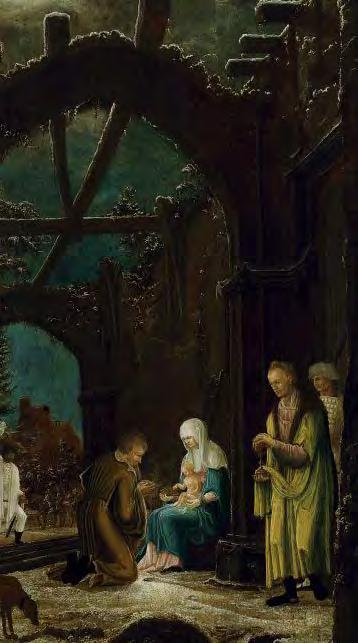

On the occasion of the new contract for the Carmen Thyssen Collection, which specifies the change of its location to the ground floor of the museum, the exhibition space was remodelled and a selection of works from said collection, on loan during the next 15 years, was reinstalled.

As a result of the change of location, the permanent collection of modern painting was reinstalled in the rooms on the first floor of the museum. The layout follows a chronological sequence combined with a few thematic groupings. The itinerary begins in room 30 with a set of landscapes by Courbet, Corot or Jongkind, which show how in the mid-19th century French realism and naturalism paved the way for the visual experimentation of impressionism. The fleeting and sketched impressions of Manet, Monet, Renoir, Pissarro or Morisot hang in the next room. Against these impressionist landscapes, the works of Degas and Toulouse Lautrec reflect modern life in Paris at the end of the 19th century, while Van Gogh’s paintings offer us his unique, subjective vision of nature.
The French and Central European expressionist movements at the beginning of the 20th century defended an anti-naturalist conception of form and colour to represent the inner vision of the artist. In room 32, landscapes by Derain, Kirchner or Schmidt-Rottluff converse with paintings of nude subjects in nature by Pechstein, Kirchner or Müller and still lifes by Beckmann or Nolde. In the next room, the utopian expressionism of Kandinsky, Macke, Marc or Klee leads to the first suggestions of abstract art. Alongside them, frenzied and unstable paintings by Grosz, Feininger and Meidner reflect the transformation of cities into large metropolises.
Room 34 brings together artists of the so-called historical avantgardes. Stemming from the formal decomposition of Cézanne’s final period, Cubism breaks with the volume and space of previous painting traditions. The cubist fragmentation and simultaneity invented by Picasso and Braque infected Juan Gris, Gleizes, Léger, the Delaunay couple and the Italian futurists, and heralded the abstract proposals of Kupka as well as the harmonious neoplasticism geometries of Mondrian, Doesburg or Van der Leck, hanging in the next room.
The Russian cultural revival of the beginning of the 20th century is displayed in room 36. The successive avant-garde groups led by Larionov, Kliun, Chashnik, Suetin and El Lissitzky, along with various women artists such as Goncharova, Popova, Ekster, Stepanova, Rózanova or Udaltsova, blend together external cubist influences with aspects of the environment of political unrest in revolutionary Russia. On the other hand, the inspiration of Russian folklore and popular traditions are present in the oneiric art of Chagall, which presides over room 40, and in the naivety and primitivism of Larionov and Vladimir Burliuk.
2021 was a turning point for the Old Masters collection, seeing as over those twelve months parts of it were reinstalled, the itinerary was decorated with pieces of goldsmithing, sculpture and painting that belonged to the vast collection of art gathered by Baron Hans Heinrich ThyssenBornemisza, and a room dedicated to Old Masters paintings from the Baroness Carmen Thyssen Collection was moved and exhibited on the ground floor of the Palace of Villahermosa.
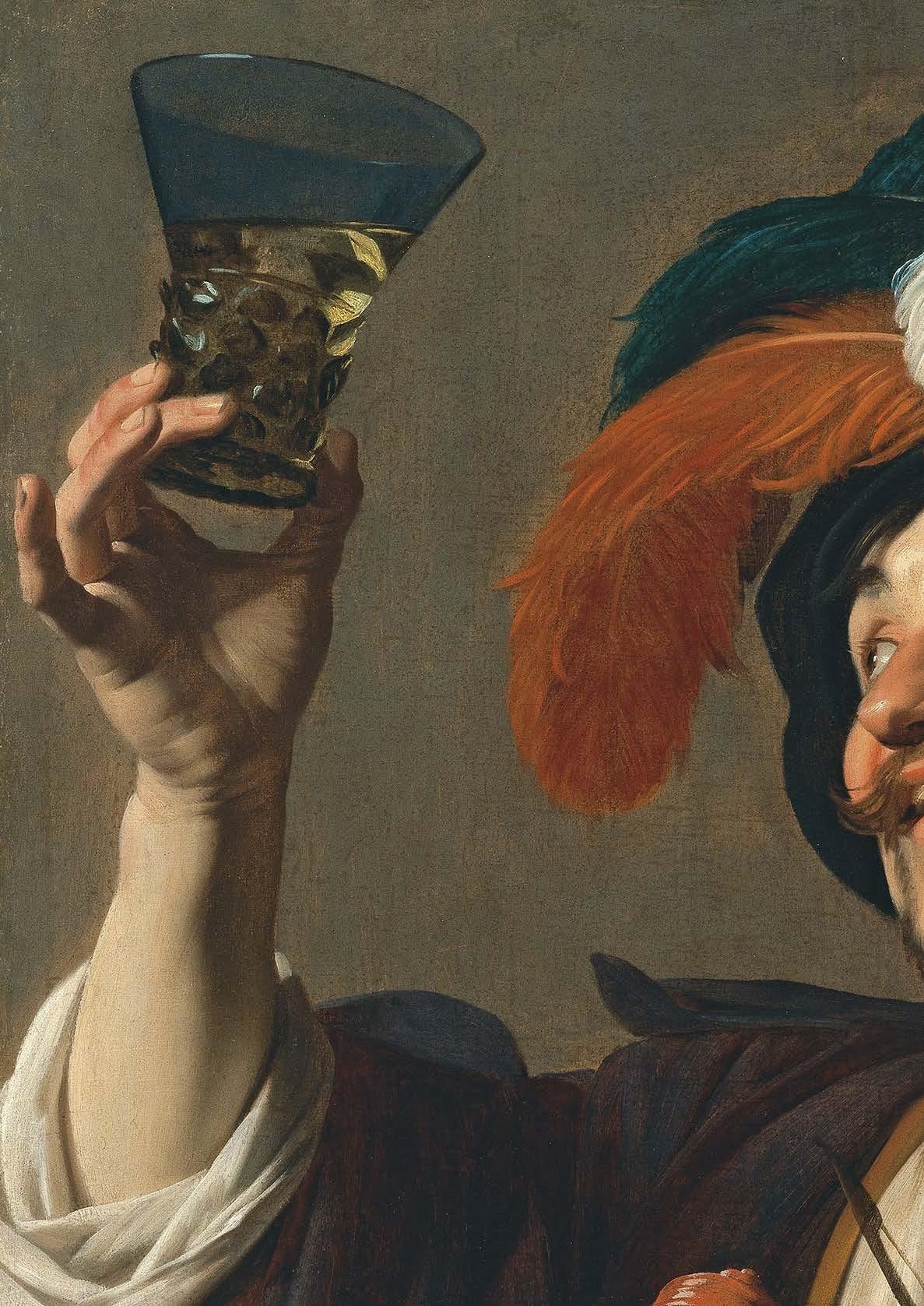


Between the months of June and July 2021, part of the permanent collection was reorganised. Among the schools of painting whose displays were affected were part of the Dutch school of the 17th century, French and English school of the 18th century and the thematic room dedicated to the still life movement of the 17th and 18th centuries. This section of the collection was installed on the second floor in order to regroup all the Old Masters on the same floor. The integration of several Old Masters works from the Carmen Thyssen collection into the itinerary of the second floor led to the relocation of pieces from room 13, which especially affected works from the Baroque movement.
Among the novelties in the Baroque painting display, as a result of this new installation, we highlight room 14, dedicated to Neapolitan painting. In it we have brought together pieces by Luca Giordano, including his large-scale canvas depicting The Judgement of Solomon, from his early period during which Ribera’s teachings were influential, and which is part of the Carmen Thyssen-Bornemisza Collection; two works by Mattia Preti, The Concert and The Martyrdom of Saint Gennaro, and attributed to the workshop of Bernardo Cavallino that
with great mastery and dynamism recreate two themes from the Old Testament, including Lot and his Daughters and The Drunkenness of Noah. In relation to this long artistic movement we also highlight room 22, in which the representation of Italian painters of the 18th century has been expanded. Several works that were previously scattered around different spaces of the museum have now been installed in this space. We highlight the grand piece by Giuseppe Maria Crespi, the Portrait of Count Fulvio Grati, which is shown together with two oil paintings of his work on popular themes such as Interior with a Family of Peasants and Peasants with Donkeys. Alongside Crespi, there are works by Ceruti, two portraits, as well as two themes from the New Testament by Giovanni Paolo Panini. This remodelling has also made it possible to incorporate a large landscape by Marco Ricci, which has rarely been displayed.
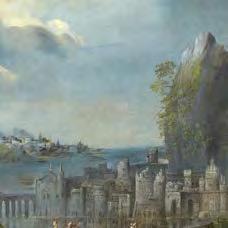
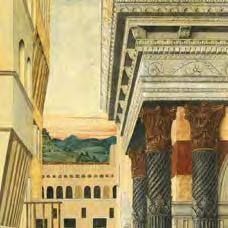
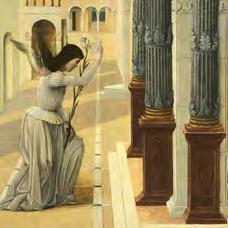
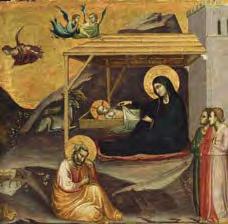
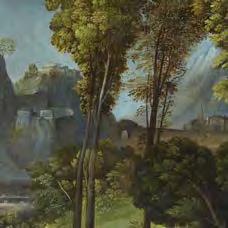
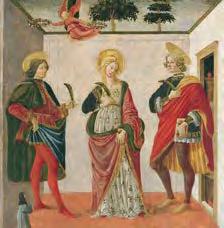
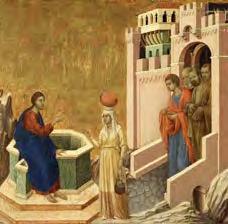
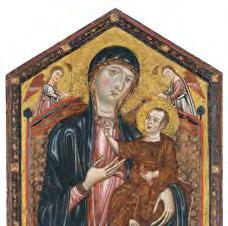
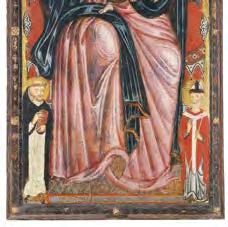
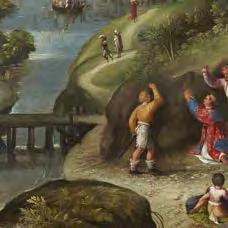

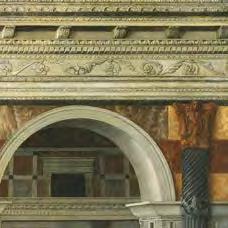
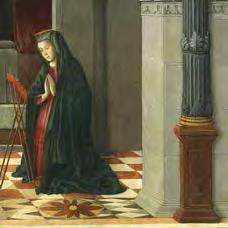
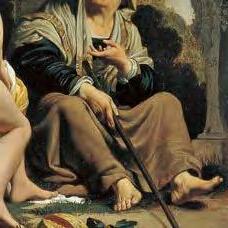
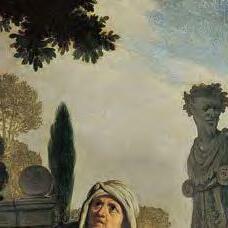
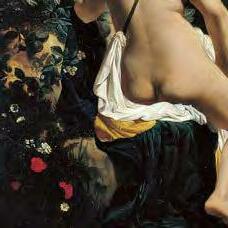
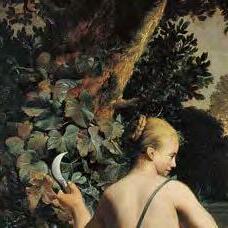



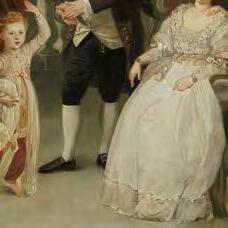
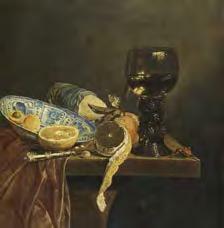

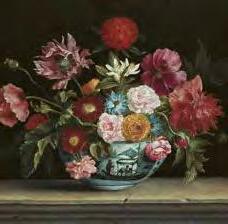
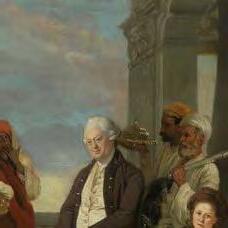


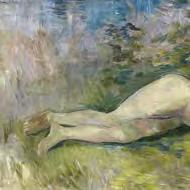
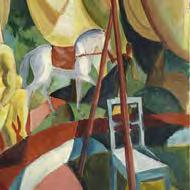

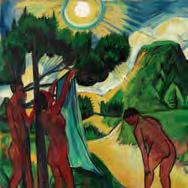
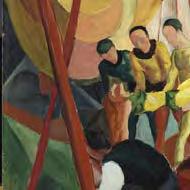

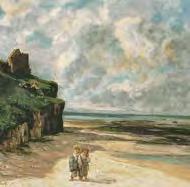
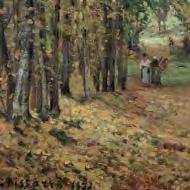
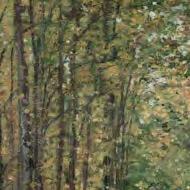

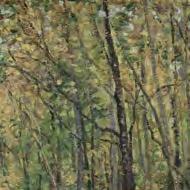

The visit continues with two rooms dedicated to Dadaism and Surrealism. Schwitters’ collages and assemblages, built with waste materials, develop an irrational spirit that continues to this day. Next, the surrealist visual imagery of Miró, Ernst, Dalí, Tanguy or Magritte, emanating from the artists’ subconscious minds through automatism and irrational associations.
European art of the mid-20th century, marked both by a feeling of pessimism caused by the crisis of the two wars and by a reaction to geometric abstraction, is shown in room 43 with two examples: Giacometti’s evanescent figures, in perfect harmony with existentialist thought, and Nicolas de Stäel’s material textures.

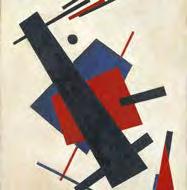
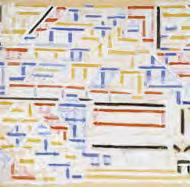
Rooms 37, 38 and 39 propose a thematic approach to the transformation of the portrait and the representation of the
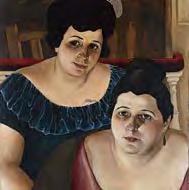
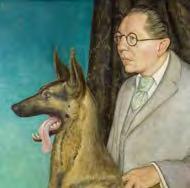
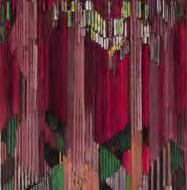

human being during the 20th century. After having remained unchanged for several centuries, modern portraiture breaks with the compromise between the model and their reflection through various formulas. The German expressionists transformed faces into masks of bright and unnatural colours, Picasso and Modigliani appropriate primitive formulas, while cubist decomposition practically hides the subject completely.
In Picasso’s classicist Harlequin, positioned in the centre of room 37, the mask hides a self-portrait. In the next room, the critical spirit of portraits by Dix, Schad, Hubbuch and Beckmann recover for modernity the mimetic guidelines and traditional procedures of painting. And as a closing to the whole set, already in the second half of the 20th century, portraits by Bacon, Freud, Auerbach and Andrews combine figurative content with a very material and carnal plastic language to pictorially capture the human being.

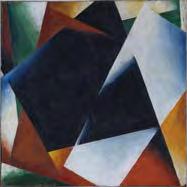
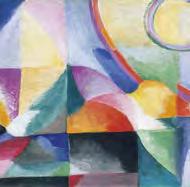
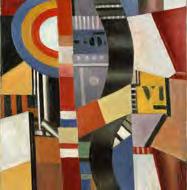 Paloma Alárco, JHead of Conservation of Modern Painting at the Thyssen-Bornemisza National Museum
Paloma Alárco, JHead of Conservation of Modern Painting at the Thyssen-Bornemisza National Museum
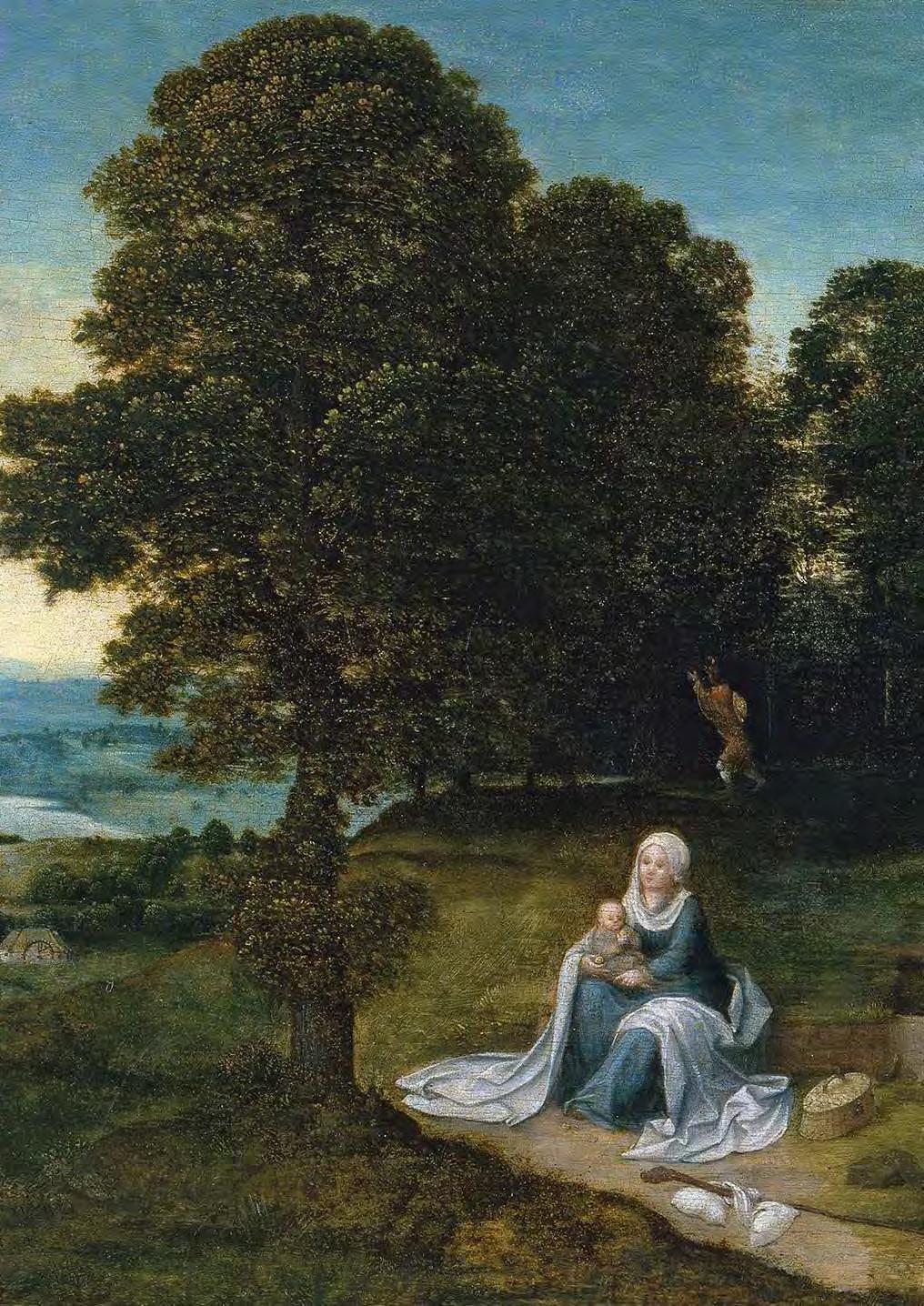
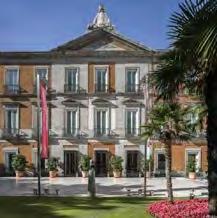


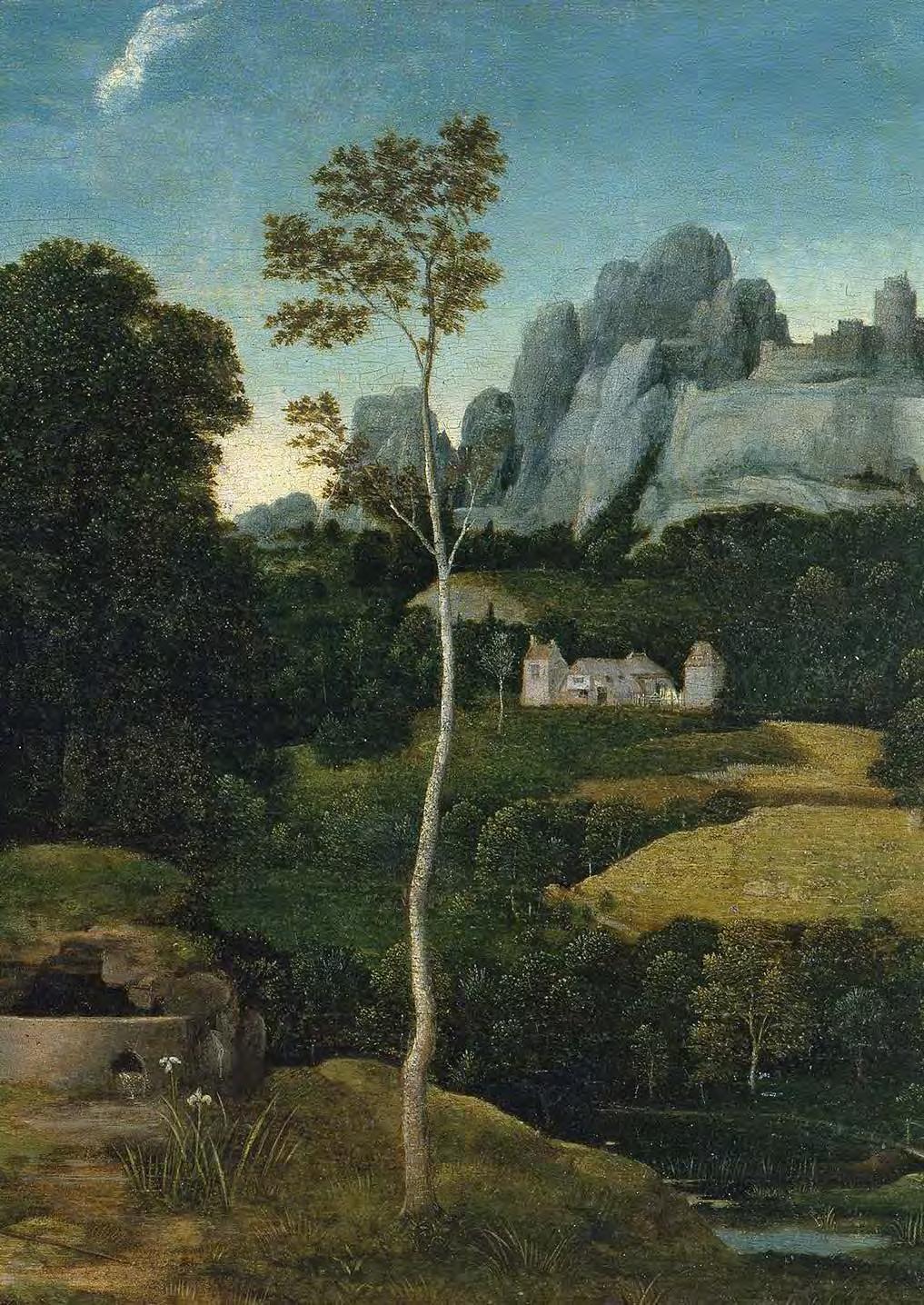




The Thyssen-Bornemisza National Museum along with with the Prado National Museum and the Reina Sofía National Museum and Art Centre form what is known as the “Paseo del Arte” in Madrid, a museum area that houses the most important collections of paintings in Spain, and some of the most important in the world.
In the heart of Madrid we find, within a few metres distance from each other, the Prado National Museum, the Thyssen-Bornemisza National Museum and the Reina Sofía National Museum and Art Centre. It is the so-called Paseo del Arte or Golden Triangle of Art in Madrid, one of the cultural assets that has contributed to the fact that Madrid’s Prado/Retiro axis was recently included as The Landscape of Light on the UNESCO World Heritage list.
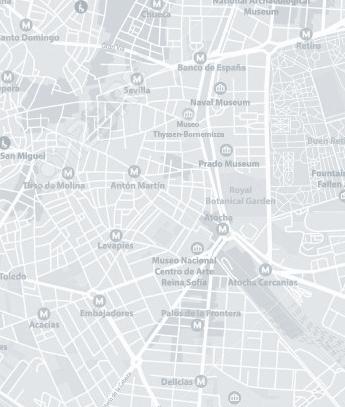
The Thyssen-Bornemisza Collection is housed in the Palace of Villahermosa, whose remodelling work began in 1990 by the hand of architect Rafael Moneo.

After a few years, an extension project began that originated from the need to increase the exhibition space to be able to exhibit the Carmen Thyssen Collection to the public, together with the opportunity to acquire two adjacent properties. It was carried out by a team of architects made up of Manuel Baquero, Robert Brufau and the BOPBAA studio.


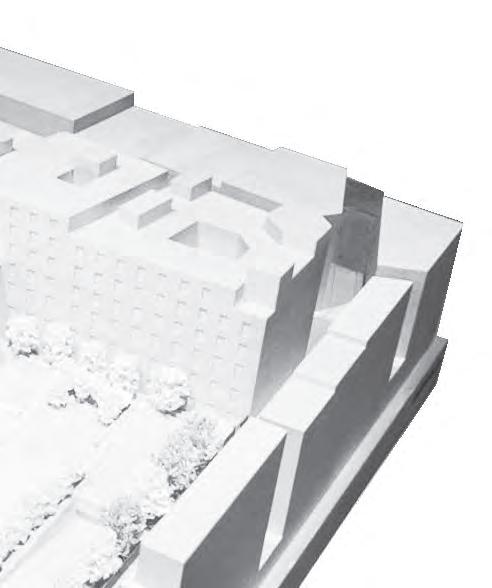
Inside the Thyssen-Bornemisza Museum visitors can find our shopThyssen, where they can purchase products related to the Museum and to the works of art in the collection, along with catalogues, books, presents, posters, jewellery, decorations and homeware, among others.
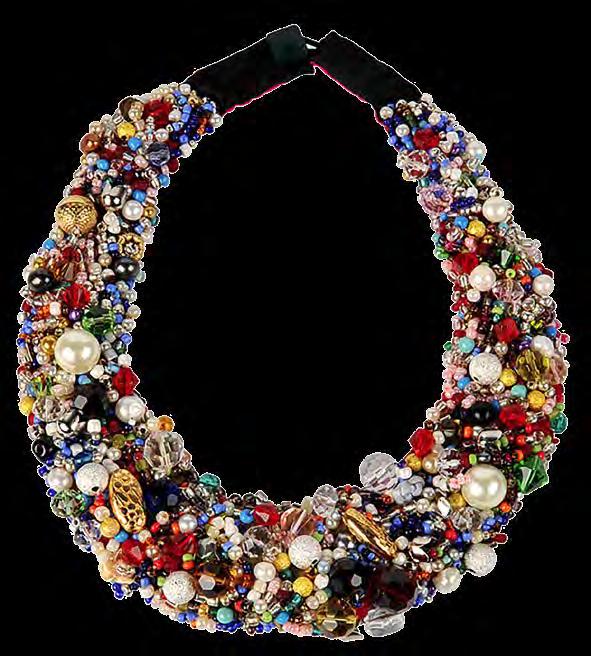

At the same time, when there are temporary exhibitions, special products related to their creative universes are made available. This year a new ticket + product online sales method has been implemented, offering the possibility of buying the ticket together with a selected product from the exhibition.

Finally, in addition to being able to purchase all these products in-store, users have unlimited availability of them all via the online shop.
During 2021, activity returned to a similar rate to that before the pandemic, and the shop ended the year with total sales of €2,381,722 . Thus, the budgeted income was exceeded by 18%, achieving an increase of 96% compared to 2020.


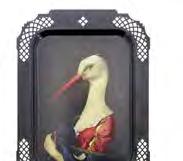




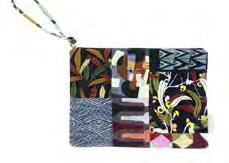
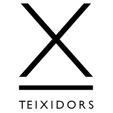

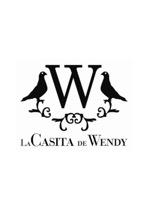
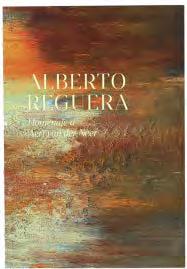
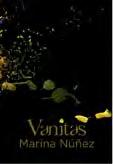
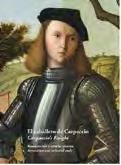
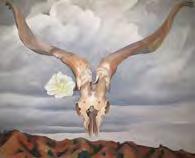
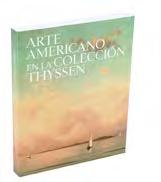
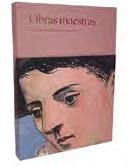
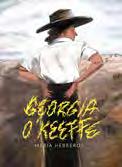

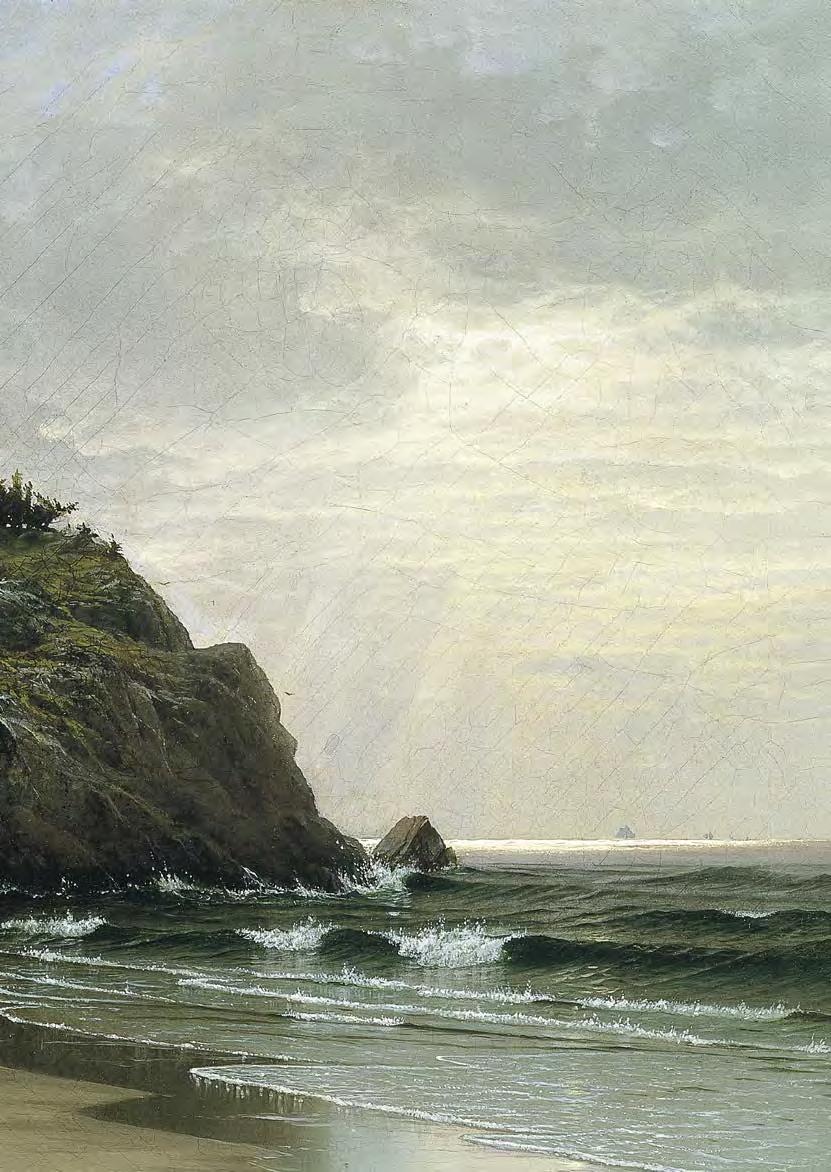
SThese are two locations that open their doors in the summer months. The viewpoint is a restaurant open to the public for dinner, while the Terraces, facing the garden and located near the entrance to the Museum, are open all day for breakfast, snacks or lunch and for after-work drinks and cocktails in the open air during spring and summer evenings.

Open during Museum hours, it is located on the ground floor and is a pleasant space where visitors can rest, have lunch or have a drink.
Space for holding presentations, conferences, award ceremonies, talks and concerts.



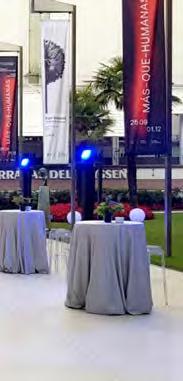
• Central Hall. Ideal location for large receptions and gala dinners.

• Temporary Exhibitions Lobby. Ideal for a cocktail after completing a visit to the temporary exhibition.
• The Viewpoint. For private receptions in a space open to the sky of Madrid.

• The Garden. For private outdoor receptions.
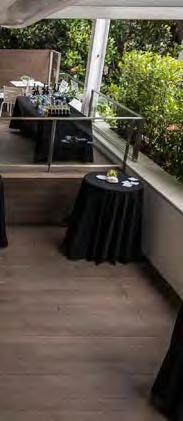
• The Terraces. After-work drinks and cocktails in the open air.
• Italian Terrace. Ideal for an outdoor cocktail after completing a visit to the temporary exhibition.



The Spanish Federation of Large Families (FEFN) has renewed the Museum’s Family Tourism Seal, a badge that promotes tourist establishments and destinations that are committed to family audiences.

Actualidad Económica has recognised the online guided tours of the Museum as one of the 100 best ideas of the year.



The association of art directors and graphic designers of the FAD awarded the Silver award in the category of outdoor advertising for the design of the 2020 edition of #AperitivosThyssen, titled “Anonymous: Songs for an Unknown Character”, created by Rebeka Arce Studio.
The Georgia O’Keeffe exhibition was chosen by Time Out Madrid magazine as the best of the year in its 2021 awards for culture and leisure in the city.
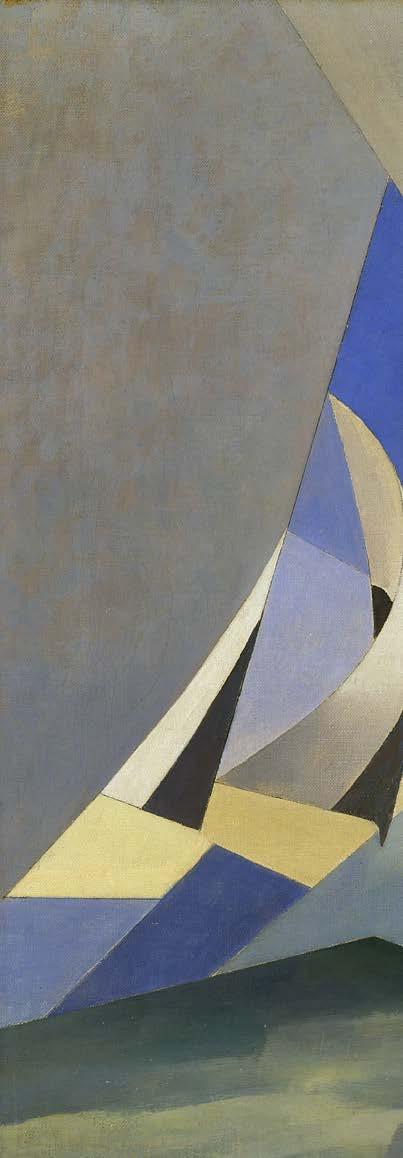

We obtained third place in the most innovative Venue category in the awards organised by Tiqets worldwide, after our first award in that category at a Spanish level. We participated with our online guided tours, being the first museum to launch these real-time guided tours, unveiling the secrets the works of art hide via giga-pixel images, X-rays, etc. We got 7,000 votes, just behind the Circus Maximus Experience and Rijksmuseum Muiderslot.
#Versionathyssen was the second place winner of the contest organised by Art Explora – Académie des Beaux-Arts (France), daimed at European cultural institutions that promote the dissemination of art and culture among all audiences, making special use of the possibilities of digital technologies and mobile devices. 350 museums from twenty countries competed for the award.







Curated by Marta Ruiz del Árbol and organised by the Thyssen-Bornemisza National Museum, the Centre Pompidou and the Fondation Beyeler with the collaboration of the Georgia O’Keeffe Museum in Santa Fe, New Mexico.
This exhibition marked the first retrospective of Georgia O’Keeffe (1887–1986) in Spain, with a complete journey across the American painter’s artistic career. From her work in the 1910s with which she became a pioneer of abstractionism, passing through her famous flowers and views of New York—thanks to which she was praised as one of the main figures of modernity in her country—to the paintings of New Mexico, the result of her fascination with the landscape and the mixture of cultures of this remote territory. Clara Marcellán and Marta Ruiz del Árbol gave a conference in the series that was held as part of the exhibition.
Our objective is to disseminate the collections and their knowledge, thus getting all types of visitors involved in an open and universal cultural project.
The Magritte Machine
14 September 2021 to 30 January 2022
The exhibition was the first retrospective of René Magritte (1898–1967) held in Madrid since the one dedicated to him by the Juan March Foundation in 1989.

The title The Magritte Machine highlights the repetitive and combinatorial component in the work of the great surrealist painter, whose obsessive themes return again and again with innumerable variations.
Curated by Paloma Alarcó and Alba Campo Rosillo. The result of a research grant from the Terra Foundation for American Art, with its corresponding catalogue featuring texts by all the Museum’s curators of Modern Painting.
The exhibition, divided into four large thematic sections, aims to rethink the American art collection from a cross-sectional perspective, through categories such as history, politics, science, the environment, material culture or urban life, and considering aspects of gender, ethnicity, class or language, among others, to facilitate a deeper understanding of the complexities of American art and culture.
16 December 2021 to 16 June 2022
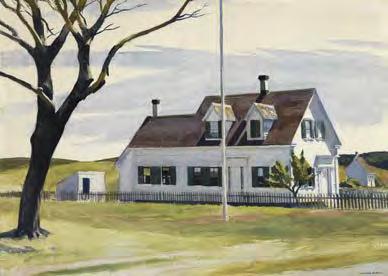
Treasures from the
12 April 2021 to 23 January
Curated by Mar Borobia, head of the Old Masters Department, and as Technical Curator by Dolores Delgado, Curator of Old Masters. With the sponsorship of the Community of Madrid. In total the project consists of
from the Baron Thyssen-Bornemisza Collection, before it was
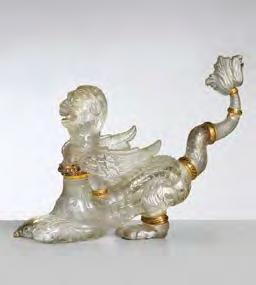

and most of its paintings installed in the Villahermosa building. It was part of the
among her
organised for the commemoration of the anniversary of the Baron’s
The exhibition continues to be exhibited to the public in
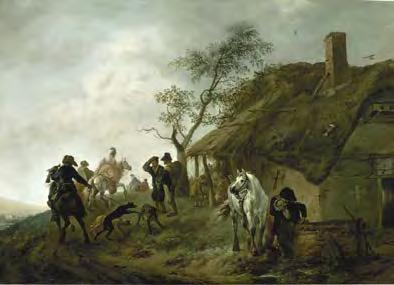
conversation with the works of the ThyssenBornemisza National Museum following a long-term
of the
agreement.
Among the main activities and projects carried out by the Old Masters Department during 2021, we highlight the following: Italian Painting of the 14th–18th Centuries from the Baron Thyssen-Bornemisza Collection on loan to the MNAC 25 October 2021 to 9 January 2022
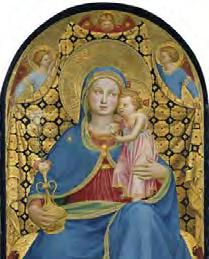

Curated by Mar Borobia, head of the Old Masters Department, and as Technical Curator by María Eugenia Alonso, curator of Old Masters. With the sponsorship of the Community of Madrid. On the occasion of the activities organised around the centenary of the Baron’s birth, the exhibition Italian Painting of the 14th–18th Centuries from the Baron Thyssen-Bornemisza Collection was presented at the MNAC. These paintings were installed in the rooms of the Permanent Collection on the second floor in accordance with chronological criteria. A bilingual explanatory text was prepared for each piece, accessible to the public thanks to the QR code present on each of the painting descriptions.

From 15 February to 9 May 2021
From 24 May to 29 August 2021
Curated by Guillermo Solana, Artistic Director of the Thyssen-Bornemisza National Museum


The paintings that were presented in this exhibition were created by Alberto Reguera (Segovia, 1961) taking as a starting point a piece from the Thyssen-Bornemisza Collection, Moonlit Landscape with a Road beside a Canal by the Dutch painter Aert van der Neer (Amsterdam, 1603–1677).
One of the distinctive characteristics of Dutch landscape painting of the 17th century is the prominence of the sky and clouds, with their infinite variations. This is also a constant obsession in Reguera’s work. In his abstract landscapes, floating pigments lend lightness to pictorial matter and suggest subtle atmospheric states and lighting effects.
The Museum presented Marina Núñez: Vanitas, an exhibition in which the multimedia artist Marina Núñez (Palencia, 1966) recovers and reinterprets the traditional still life or vanitas, a genre considered minor and relegated in the past to female painters, in order to address our current relationship with nature from a post-humanist, environmentalist and feminist perspective. A selection of 15 works, including paintings, digital videos and laser cut glass pieces, refer to the organic condition of the human being and its fragility. Far from the concept of nature as conquest or a merely decorative motif, her “heroic flowers” are reborn as winners in the fight for the abolition of alienation and inequality.


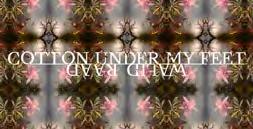
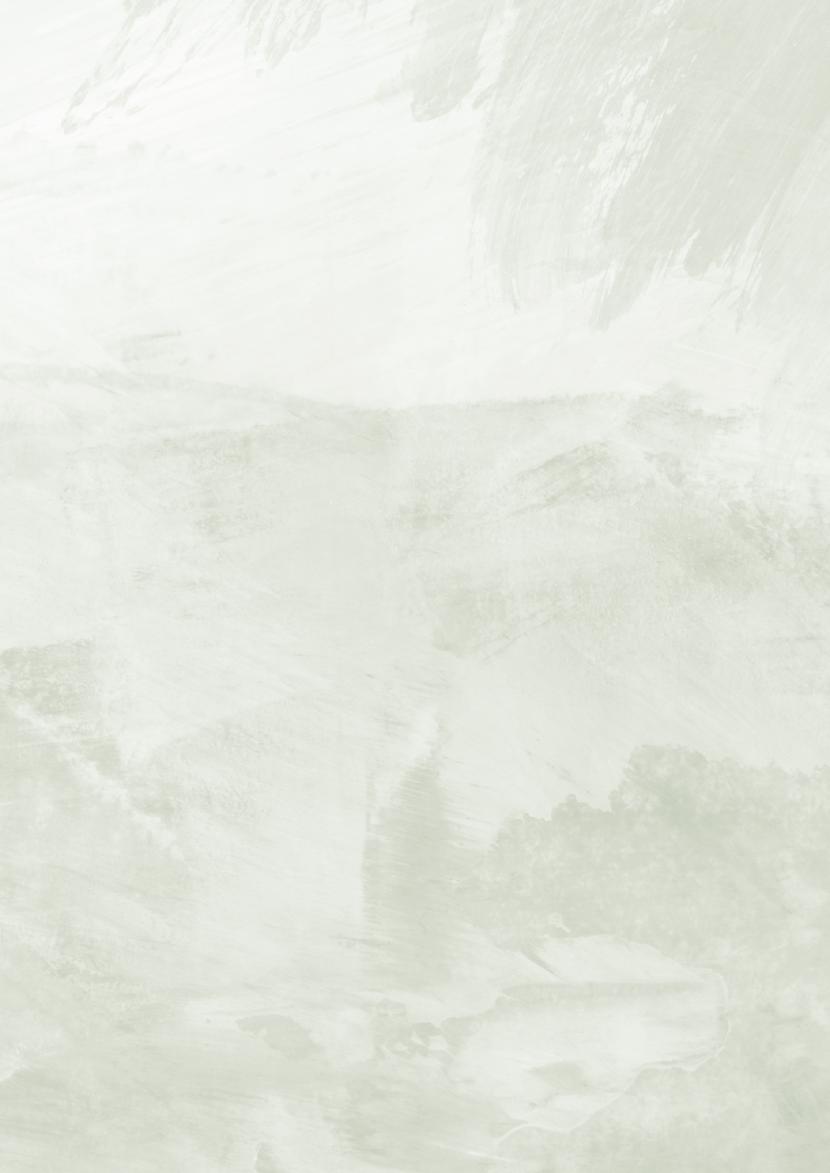
From 11 May to 22 August 2021
The Thyssen and TBA-21 present an exhibition by Swiss artist Claudia Comte (1983) that brings together a series of sculptures carved with a chainsaw for the occasion, out of endemic wood found in Jamaica, during her residency within the framework of the interdisciplinary and collaborative programme between TBA-21/Academy and Alligator Head Foundation in Port Antonio. Thanks to this programme, along with her research and passion for the oceans, Comte verified that coral reefs play a fundamental role in the production of oxygen on Earth, and that their extinction can have a profound impact on life on our planet.
From 24 May to 29 August 2021
From 6 October 2021 to 23 January 2022
The exhibition Cotton Under My Feet is made up of a set of pieces that US-based Lebanese artist Walid Raad created on behalf of TBA-21 to exhibit at the Thyssen-Bornemisza National Museum.
On the occasion of the 30th anniversary of the signing in Madrid of the Protocol on Environmental Protection to the Antarctic Treaty, Thyssen-Bornemisza Art Contemporary presented the installation Antarctic Resolution in the Museum hall, directed by artist Giulia Foscar/UNLESS and developed in collaboration with more than 150 experts from various disciplines on Antarctica.
Premiered at the 17th Venice Architecture Biennale and produced by TBA-21 as a gesture of its commitment to support artistic research projects that highlight the emergencies caused by the anthropogenic world, Antarctic Resolution reveals the tremendous scientific potential of the continent of Antarctica and its geopolitical relevance for today’s world. A project conceived as a call to action, a platform on which citizens can undertake resolutions that help shape the future of our planet.
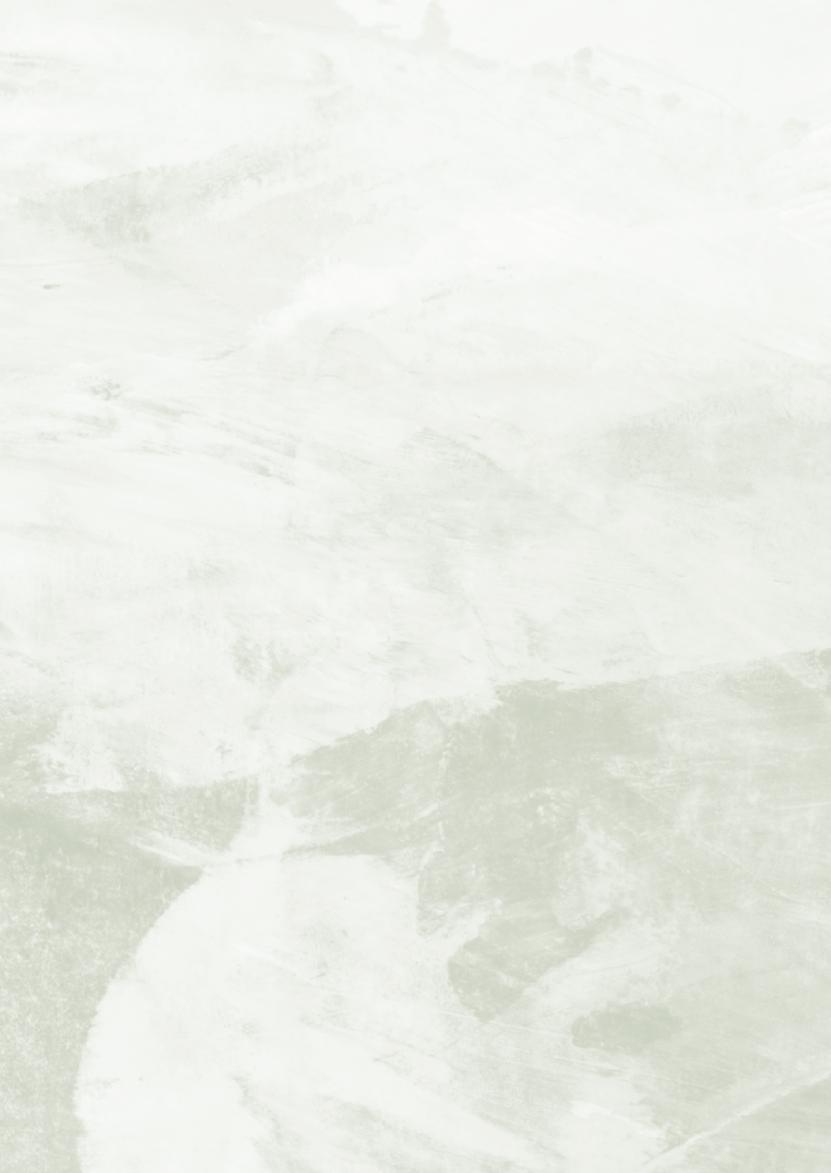
The department participated in the selection of works of Old Masters for the new exhibition hall of the Carmen Thyssen Collection, located on the ground floor of the building.

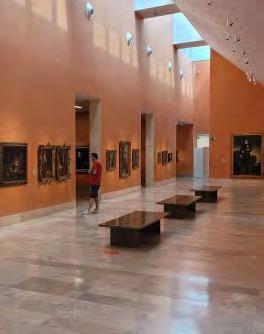
During 2021, a change of itinerary was carried out in rooms 21 and 27 of the permanent collection. This change affected the set of 17thcentury Dutch portraits and the space dedicated to 17th-century still life. Subsequently, a new installation of all the Dutch, French and English painting of the 18th century, as well as of Goya and Romanticism was carried out on the second floor of the Museum. All this content was displayed on the first floor with a new spin. The remodelling also affected part of the collection of Baroque painting from the 17th and 18th centuries.
The temporary loans that the Museum grants to other institutions, as well as certain installations and projects, suppose temporal readjustment in the rooms.
During 2021, numerous interventions were carried out in these spaces in order to fill in the gaps in the itinerary.
*
to the public in 2022
In 2021, the search and tracking of documentation, both written and graphic, of the pieces in the permanent collection continued to increase its archives.


The department has continued to collaborate with Strategic and Business Development, specifically with Website Content, incorporating texts and images of the new projects and updating other data on the pieces in the Permanent Collection. In addition, it has supervised the work related to other activities that have generated documentation and links to various museums and cultural institutions.

The department has actively participated in the entire search and selection process of collection management software, together with all the departments involved, directed by the Technology Department. In the first place, in collaboration with the Modern Painting Department, a document was developed with the needs of both groups in terms of the documentary management of the works in our collection and their images, as well as the management of temporary exhibitions. A contest was announced and the contract went to the TMS Gallery Systems company. This is a web-based management solution that handles all facets of collection management and seamlessly integrates them with website publishing, digital asset management and preservation, as well as exhibition and photographic archiving.
In collaboration with the Publishing Department, the text of the new guide was completely revised and its title was changed to Masterpieces of the Thyssen-Bornemisza Museum. During the months in which this new edition was worked on, in addition to reviewing and updating data, new forms of design and presentation of its content were investigated.
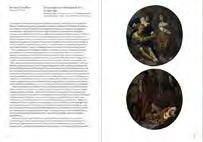
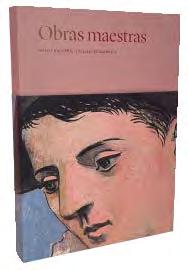
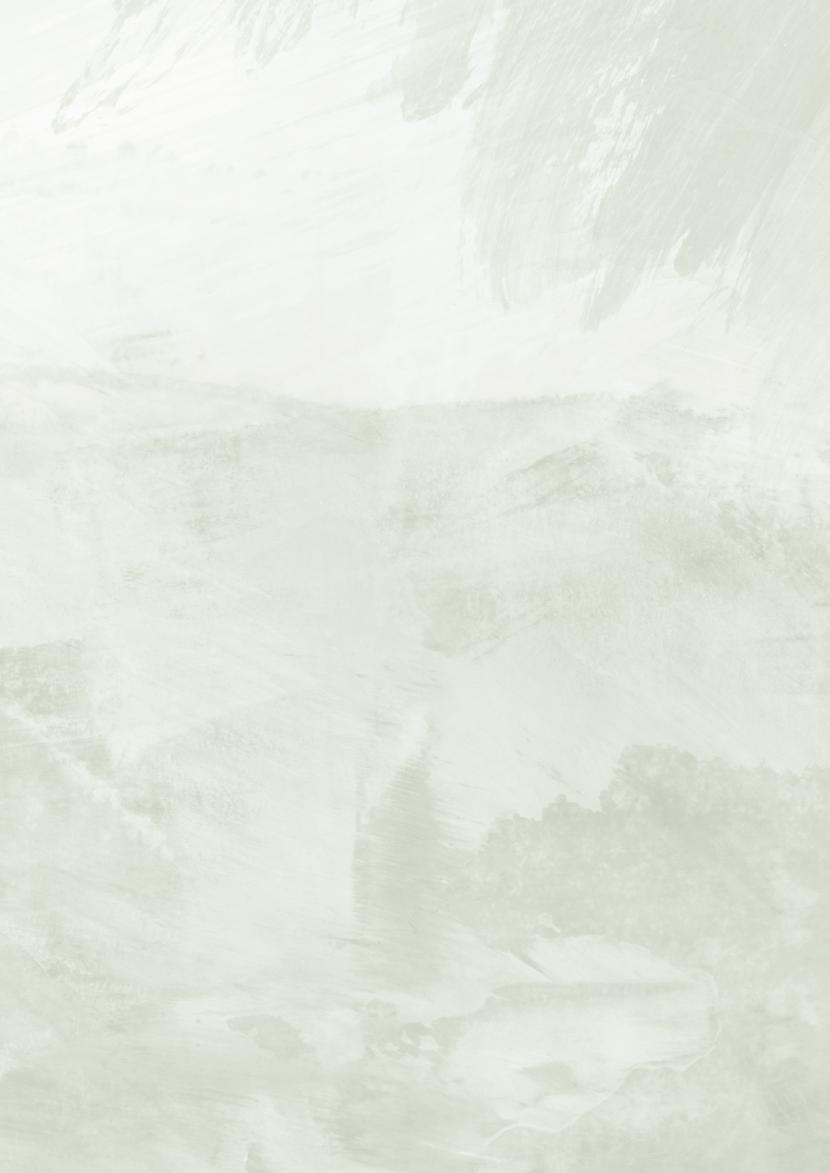
• During 2021, the Museum increased its collaboration with different museums and cultural institutions in projects of interest, both research and exhibition-based, in the short and long term. In addition, it participated in the catalogue raisonné of the work of a lesserstudied painter whose figure is now being recognised: Jacobus Vrel.
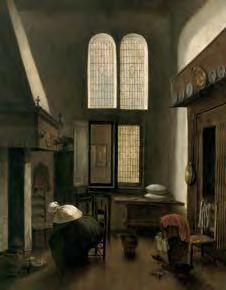

• Northbrook Provenance Collection Research Project. The Museum collaborated in this digital research project. In 2021, a more complete text for our website was completed and the necessary authorisations were requested to publish it together with a link to the Art Tracks programme of The Carnegie Museum of Art.

60 museums from around the world were located, including the Thyssen-Bornemisza National Museum, which participated with four pieces as well as one from the Carmen Thyssen Collection: The Virgin and Child Enthroned by Rogier van der Weyden, The Calling of Saint Matthew by Marinus Reymerswaele, Self-Portrait Playing the Lute by Jan Havicksz Steen, The Parable of the Sower by Jacopo Bassano, to which is added Landscape with a Distant Town by Philips Koninck from the Carmen Thyssen Collection, on deposit at the Thyssen-Bornemisza National Museum.
The members of this international network of Dutch and Flemish art curators presented, alongside CODART Canon, a selection of paintings—from the wide and diverse range that exists—with the aim of making them more visible and showing the variety of genres they encompass. The aim was to stimulate discussion around art and the profession of the art conservator. The paintings represent a chronological range between and around 1350 and 1750.
 Jacobus Vrel Interior with a Woman Seated by a Hearth ca. 1654 Oil on panel. 64.5 x 47.5 cm
Colección Carmen Thyssen
Jacobus Vrel Interior with a Woman Seated by a Hearth ca. 1654 Oil on panel. 64.5 x 47.5 cm
Colección Carmen Thyssen
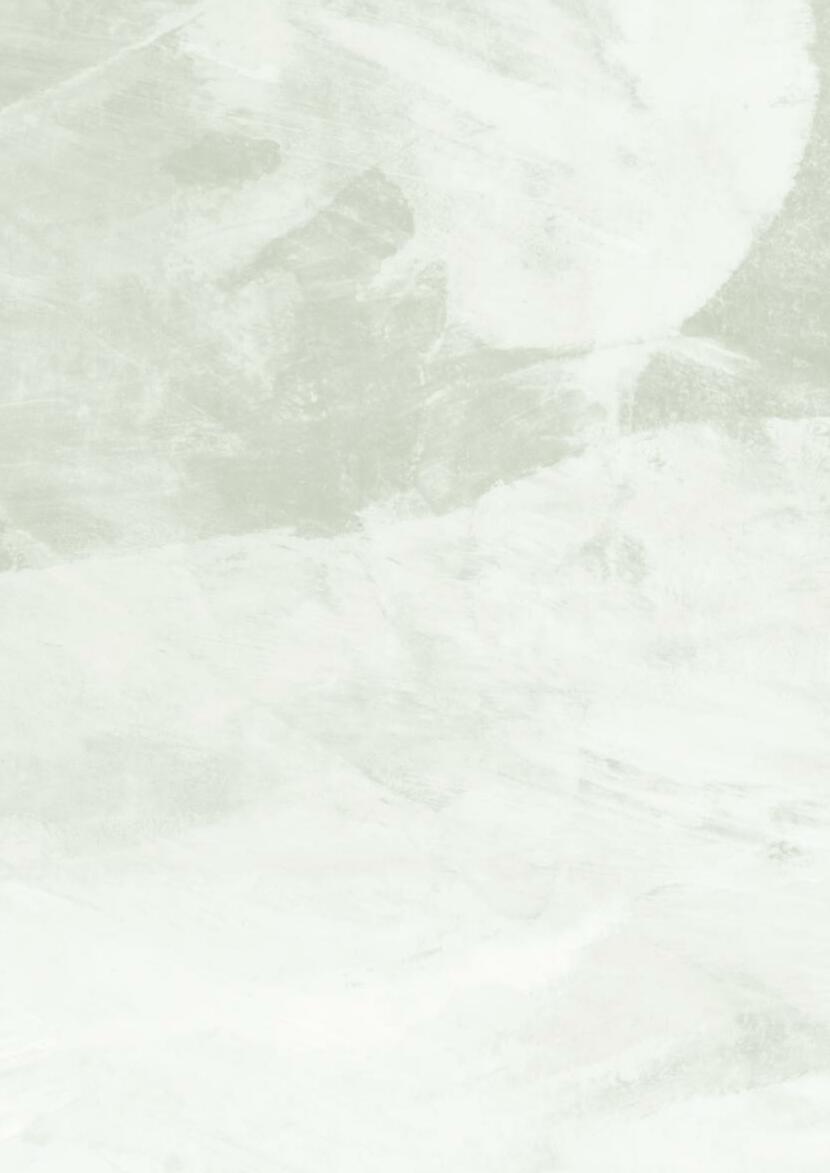
An investigation was carried out on the works of David Teniers II and Jan van Kessel II, magnificent examples of collaboration between 17th century artists. New documentation was located, as well as the location and photographic documentation of six of the tapestries that were commissioned at the same time as the series of paintings to which our paintings belong. All this has led to a text that will soon be published in the Windows section of the collection.

During 2021, face-to-face delivery trips were made to various European countries. On the other hand, virtual mail tasks continued in collaboration with the Registration Department both for on-site supervision of arrival and departure of works at Madrid airport, as well as virtual supervision, both for the installation and dismounting of works from the Permanent Collection on loan to various institutions.

Improvements in the photo archive of the comparative works of the permanent collection, of illustrations from catalogues and other publications, as well as improvements in the technical photographic archive.
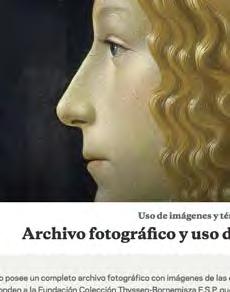 David Teniers II Smokers in an Interior ca. 1637 Oil on panel. 39.4 x 37.3 cm Museo Nacional Thyssen-Bornemisza
David Teniers II Smokers in an Interior ca. 1637 Oil on panel. 39.4 x 37.3 cm Museo Nacional Thyssen-Bornemisza
The purpose of the Restoration Department possible movement and/or transfer, as well as is the conservation, study and restoration of restoration treatments. the Museum’s pieces from both the Permanent Collection and the Carmen Thyssen Collection. It It is the internal body that advises and determines is responsible for verifying the status of all those the guidelines in matters of the intervention of actions aimed at the application of preventive the art pieces. It advises on the conditions and conservation of the works, to guarantee their possibilities of travel, as well as the terms necessary stability and permanence: placement of prevention for their loan to the Directorate and the Ministry of measures, study of their behaviour and the Culture and Sports. conditions that surround them, as well as of the elements and conditions necessary for their


GEORGIA O’KEEFFE THROUGH PAINTINGS FROM THE THYSSEN-BORNEMISZA COLLECTIONS. On the occasion of the first retrospective exhibition of Georgia O’Keeffe in Spain in 2021, the Museum decided to undertake the investigation of the five paintings, dated between 1921 and 1957, that are part of its collections, and in that way delve deeper into the artist’s technique.

The study was primarily focused on the analysis of the materials present in all the strata of these works in order to reconstruct her creative process. The detection of
possible alterations in the works was another of the objectives, contrasting the results obtained from the research conducted by the Georgia O’Keeffe Museum in Santa Fe, New Mexico, with which there has been close collaboration throughout the process.

Through this process, a unique quality of this artist has been confirmed: her genuine interest in the conservation of her paintings. O’Keeffe was able to reconcile her artistic expression with a refined handling of technique to ensure the permanence of her works over time.

At this point we would like to highlight as part of our restoration policy the enormous heritage the collection has in ORIGINAL FRAMES. This collection, complementary to that of the paintings, has in itself become a benchmark for other major museums. Many of the frames grant the works a higher category. Many of the paintings could not be conceived of without their original setting. The restoration plan in 2021 was also based on the intervention of the frames as a simultaneous line of work.



Finally, a total restoration was carried out on GUSTAVO MAETZU’S CASTLE OF BRIONES (1923)



Finally, during this period two major preventive conservation campaigns have been carried out, taking advantage of the occasion of the transfer and movement of the works in the collection. On the one hand, the remodelling of the TBNM collection and the transfer of the Carmen Thyssen Collection to the ground floor has allowed us to review the back of many works that generally, as they are not loaned, are not usually taken down, which is what allowed us to make some reports for internal monitoring of programming and control of lighting systems.
 Documentation of temporary exhibitions and TBA-21 shows
Documentation of temporary exhibitions and TBA-21 shows
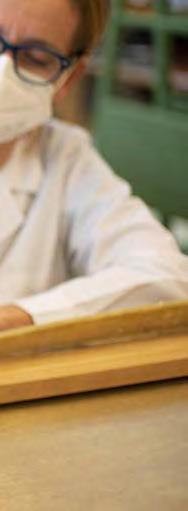
We set up Instagram live streams with content such as anoxia treatments, with specialists in the field sharing their experience on TikTok during the restoration of O’Keeffe’s From the Plains and Young Knight in a Landscape
Thus, the Restoration Department has contributed to increasing both the visitor and online experience through hybrid visit models (physical/virtual), seeking to generate a growing curatorial strategy in the visit.


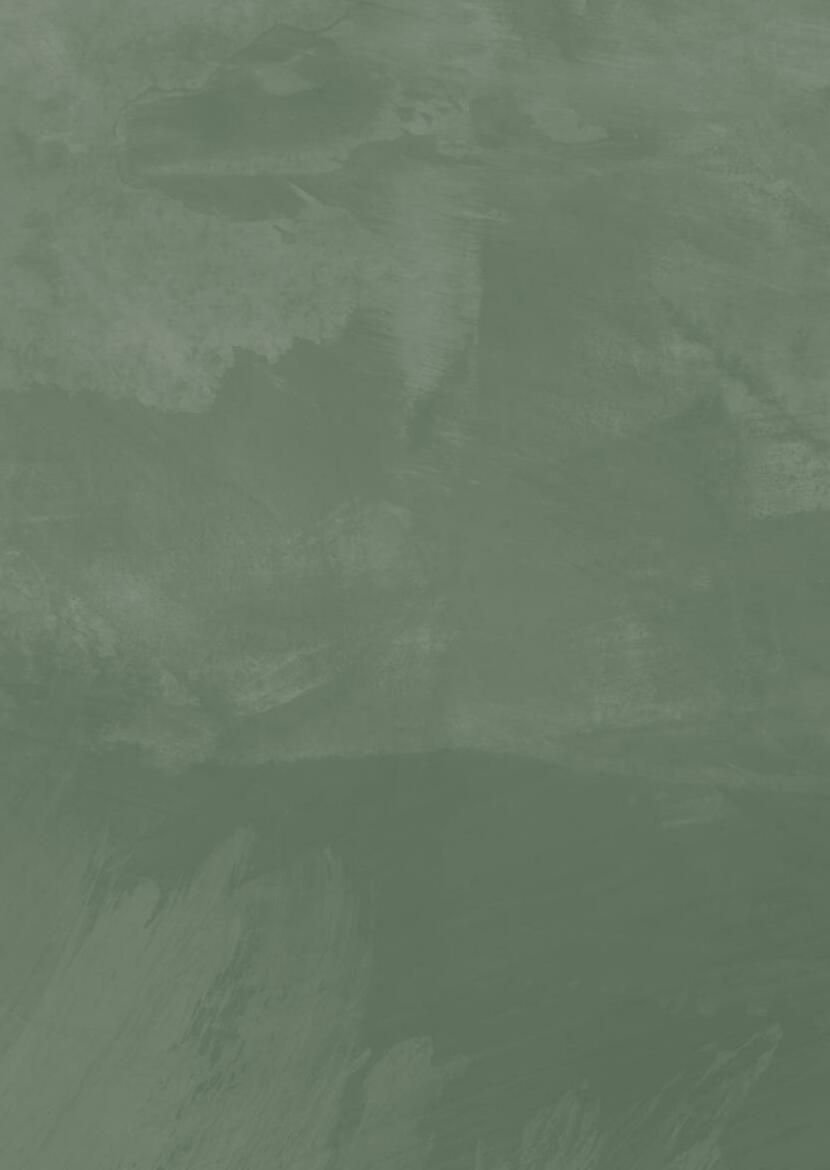

First Museum to offer a virtual visit, in our case to the permanent Thyssen-Bornemisza Collection and temporary exhibitions since 2017, exploring the rooms themselves as if the person were in the Museum, and also via mobile phones and Virtual Reality glasses. Some can also be experienced with an audio guide.
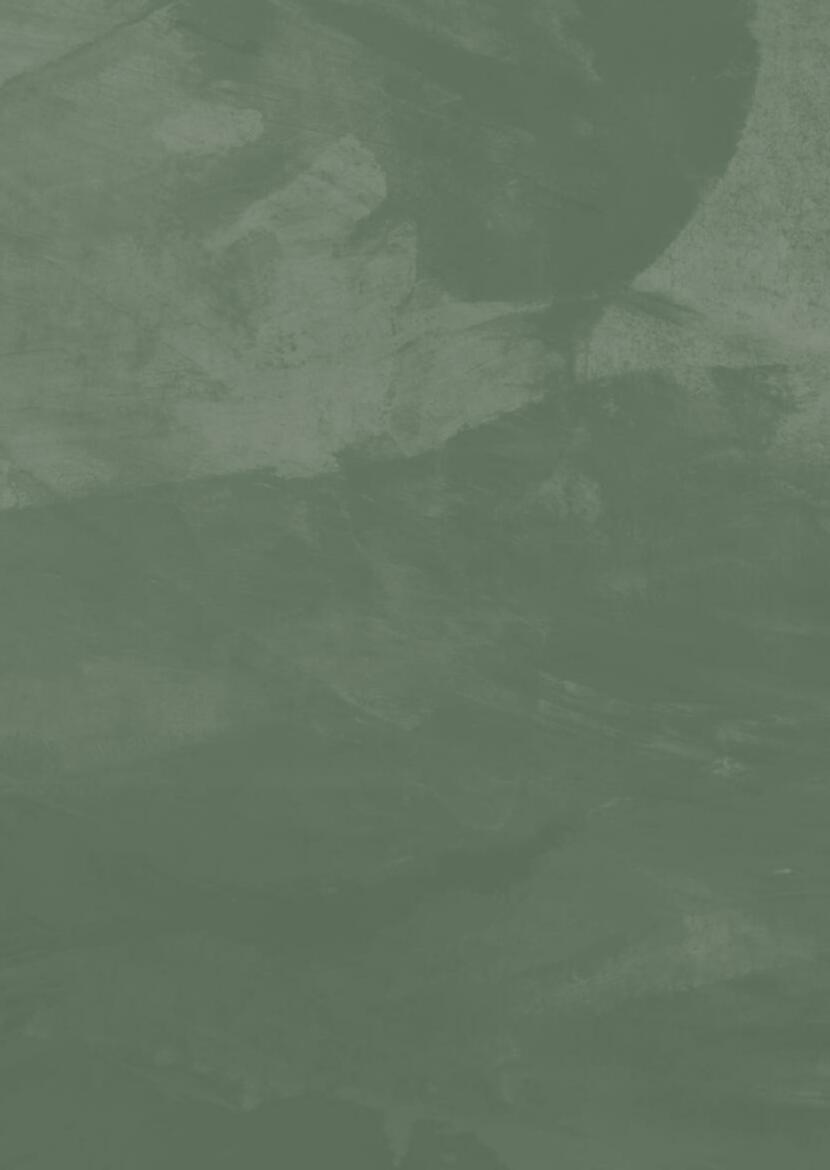
With the aim of the visitor learning more about the restoration process, this department works along different lines including the publication of a catalogue, the production of videos that display the techniques that have been used during research and that are complementary to those shown in the room, as well as the development of a microsite to be published in 2022.
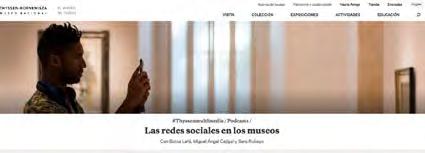
premiered the Thyssen
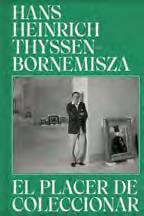
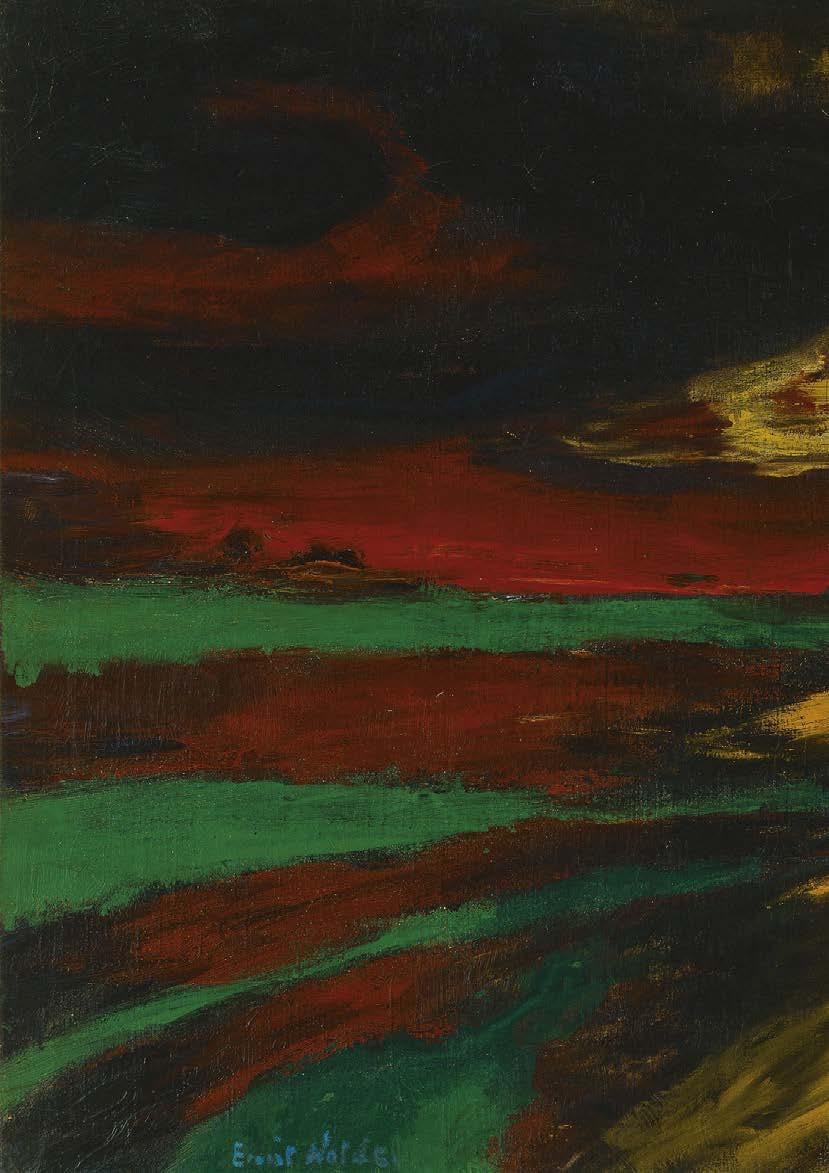
with the aim of bringing the Museum
to the public from
inside the
the
of
Education,
of
bringing our
to all
A total of 17 podcasts were published
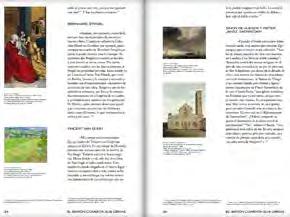
broadcast on the
Spotify and Apple
with a total of
• 2021 ended with more than 10,500,000 page views, the page dedicated to The Magritte Machine being the one with the most views (320,333), which accounted for 3% of total page views during 2021. Virtual Visits to the exhibitions accounted for 4% of total traffic (416,679 page views) and more than 1,200 people (Spanish and international) enjoyed the experiences created in 2020, which offered real-time online guided tours to different exhibitions of the Museum.
• The Chinese edition of our website: https://www.museothyssen.org/cn
This year we designed and built a Chinese version of our website, which offers its own unique image along with specific information and content for the Chinese public, taking into account their tastes and preferences, where they can find information on the Museum’s collection, as well as as specific services designed for them: audio guide in Chinese, native guides who can do guided tours of the Museum in Mandarin Chinese, a specific menu they can enjoy in our restaurant/cafeteria, the ease of buying tickets through essential payment methods such as AliPay, WeChat Pay or the UnionPay card, and the possibility of buying sustainable and exclusive products in our online shop.
• New website to celebrate the Centenary of the Baron: museothyssen.org/about-museum/ history/ centenary-baron-thyssen-bornemisza-2021

• Page dedicated to Baron Thyssen-Bornemisza that brings together all the activities, exhibitions and resources that were prepared for the centenary.
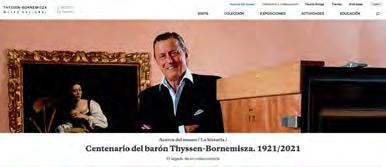
The Education Department of the Thyssen-Bornemisza National Museum considers the museum itself to be the richest educational context that exists; and for this reason, for more than 20 years, it has carried out the function of of researching, creating knowledge and making public the works of art that make up the Museum’s collections and the temporary exhibitions that are held in the institution, through various activities, programmes and laboratories.
of
museum
Delve into the public’s knowledge and the analysis of results
In order to meet its objectives, the Museum’s educational programme is put together around five axes:
• Programmes for teachers and students (from Preschool Education to Secondary Education through to Professional Training).
• Public programmes (for families, children, teenagers and adults).
• Education and social action programme (for schoolchildren and adults).
• Study Centre (aimed at the university community, researchers and professionals from museums and art centres).
• Digital space.
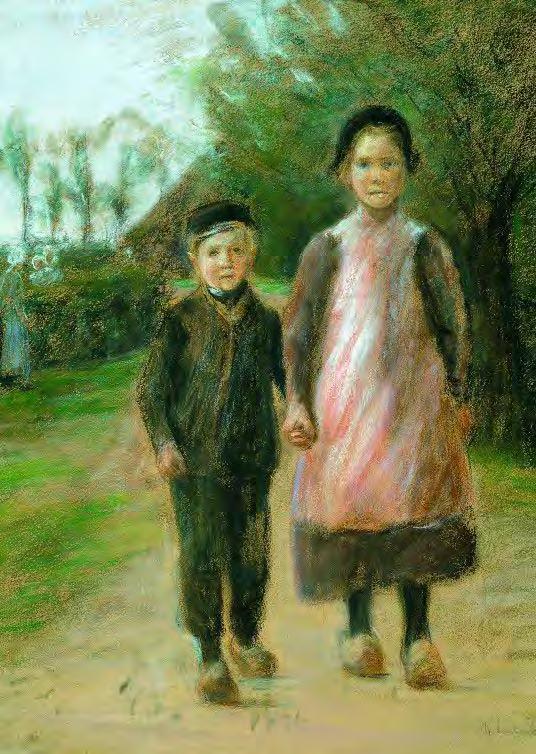
School visits to the Museum: “Four elements”, “Landscape in modernity”, “Change of coordinates”
Activities for teachers: “LED 2021: Teaching Summer Laboratory”, “Art, humour and education”
Itinerant art projects for schoolchildren and teachers: “Le Kepler”, “Big Valise”
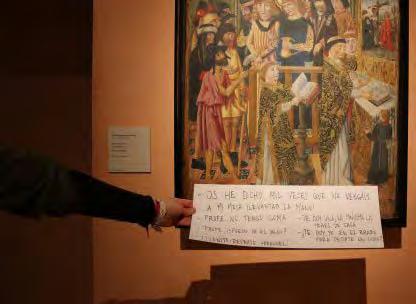
Laboratories for teachers and students: “Shrew”, “Alphabets”, “Open”

The objective of this contest, aimed at primary, secondary, baccalaureate and university educational centres, is to promote the interaction between art and mathematics, evidencing their interconnectedness. It offers two forms of participation: individual and group, with a maximum of 30 participants per group. The students who participate present an artistic project of any format, in which they focus on the connection between mathematics and the pictorial work of a certain artist, based on a specific painting or set of paintings that share the same mathematical concept.
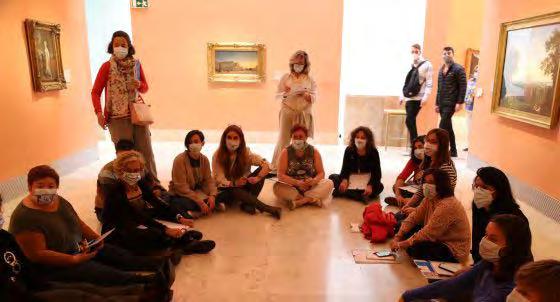
Visits for families to the Museum:
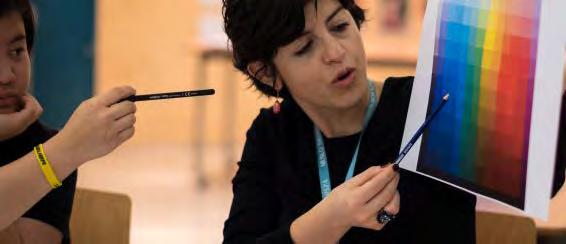
“In everyone’s land”, “Step, walk, landscape”, “About… Magritte”
Proposals for adolescents and young people:

“What are you looking at?”, “Outside the frame (painting and cinema)”, “Modern times”
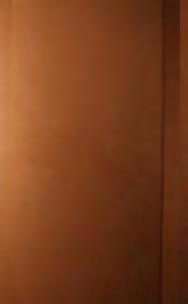
Proposals for adults: “Georgia O’Keeffe”, “From Gothic to Baroque”, “Graphic narratives”
Laboratories for young people, adults and social groups: “Graphic narratives”, “Nubla”
Online course Experience Bauhaus
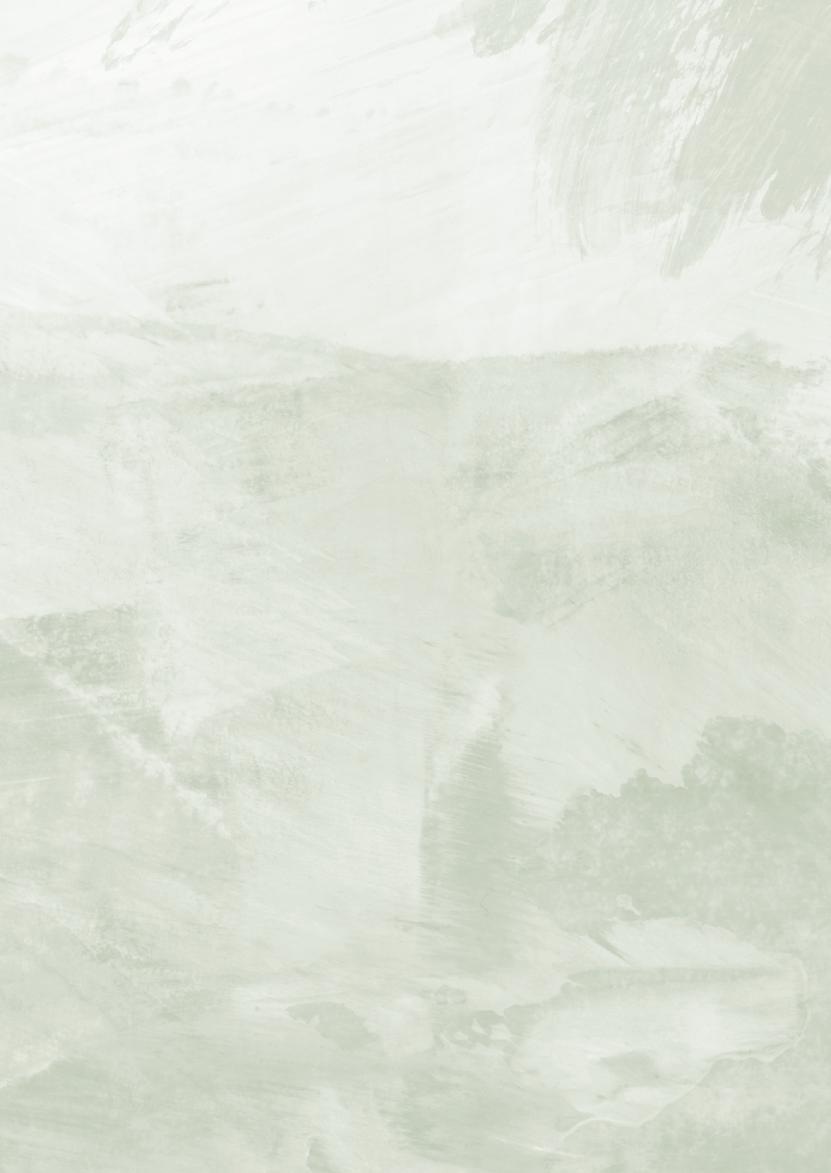
The Education and Social Action laboratory is a collaborative work space in which the promotion of the Museum and its contents is sought from an integrational and inclusive perspective. To do this, we develop methodologies and activities together with professionals and entities from the social field, based on the Museum and its collections.
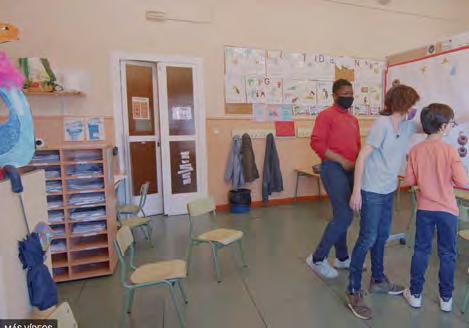
Our goal is to adapt the Thyssen experience to the needs of people, expanding the possibilities of approaching art.



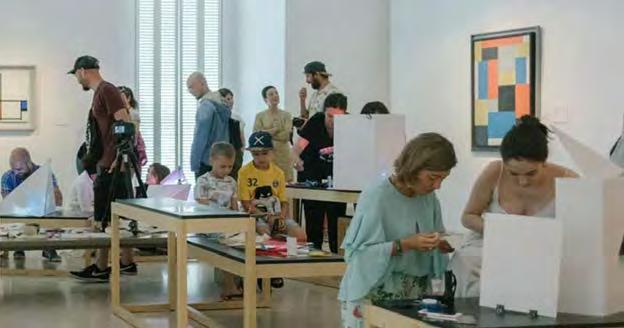
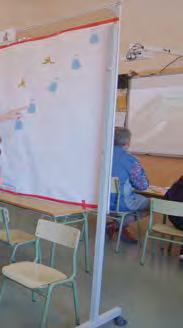


Continuing with the development of our digital portals has been a priority during 2021, seeing as the Museum set the objective of continuing to offer spaces for participation to educational communities and publish new easily
content. The digital contents related to the activities of educathyssen.org imply the elaboration of textual and multimedia proposals that seek to offer richer knowledge of the launched initiatives.
The content generated by the Education Department also has its continuity through “ConnectThyssen”, a digital project developed in collaboration with the BBVA Foundation. With the aim of offering new channels of mediation between the public and the institution, the Thyssen Digital Publications website space includes some of the Museum’s publication activities. Different narratives based on the collection, the temporary exhibitions, the restoration projects or the work of the Education Department which allow us to show the potential of art in our society.
a.
b.
c.
d.
Art
Magritte
Thyssen
Second Canvas Thyssen
that
Through
of the Thyssen Museum,
can
of

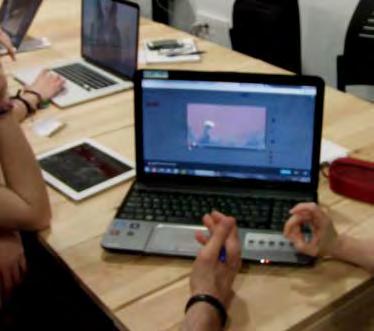
For decades, video games have also been a source of creativity and innovation thanks to their varied universes and designs. The world of video games is already considered a cultural and artistic asset, and they make up part of museums and art centres, igniting an enriching conversation between specialists from different cultural sectors. Without a doubt, they have served to open up a new channel for learning and creative expression in different educational fields. Based on all this, the Education Department proposes to combine art and technology, offering users a diverse and inclusive cultural video game initiative.
Nubla I
The World of Nubla

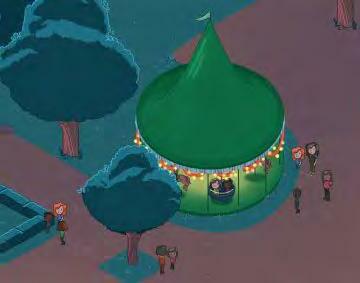
Nubla II
Thyssen Animal Crossing
S ony PlayStation Spain / Gammera Nest
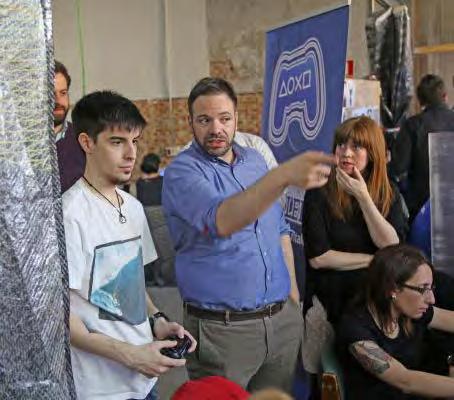
S ony PlayStation Spain / Gammera Nest
S ony PlayStation Spain / Gammera Nest
Nintendo Spain
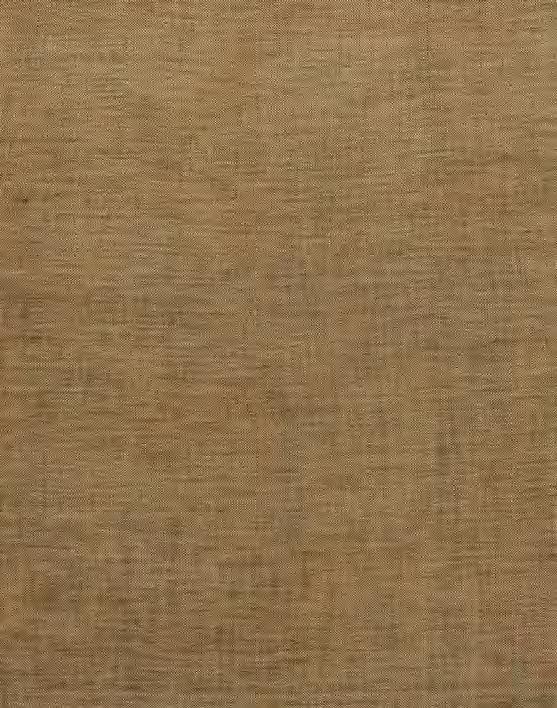
The Education Department also carries out important training work aimed at education professionals in museums and art centres. Within this framework, the participation as speakers by members of the department stands out in the following courses, conferences, seminars and congresses:
Deslizar, seminar at the Prado National Museum (in-person)
Heritage Education and Museums, seminar at Museum of Pontevedra (online)
Museum Education Seminar, Biscay Provincial Council, Bilbao (online)
MUNAL Pedagogical Conference, The Museum as a Story, Mexico City (online)
Teacher training course, CEIP of Cordoba (online)
Education and Cultural Mediation in Museums, EOD Museum and Archaeological Park Pumapungo, Ministry of Culture and Heritage of Ecuador, Embassy of Spain in Ecuador, AECID, ACERCA Programme (online)
Digital Education in Museums, CIMED / University of Valencia (online)
ICOM/CECA working group, preparatory meeting Warsaw / Definition of a Museum presentation (online)
Conference on Museums and New Technologies, Museum of Fine Arts of A Coruña (in-person)
Conference on Museum Education, Museums of the Central Bank of Costa Rica, March (online)
Avila Accessibility Conference, World Heritage Cities (online)
Teaching in the IV Edition of the Technical Auxiliary Degree in Cultural Environments of the UMA (online)
László
During 2021, the Museum’s Education Department had the support
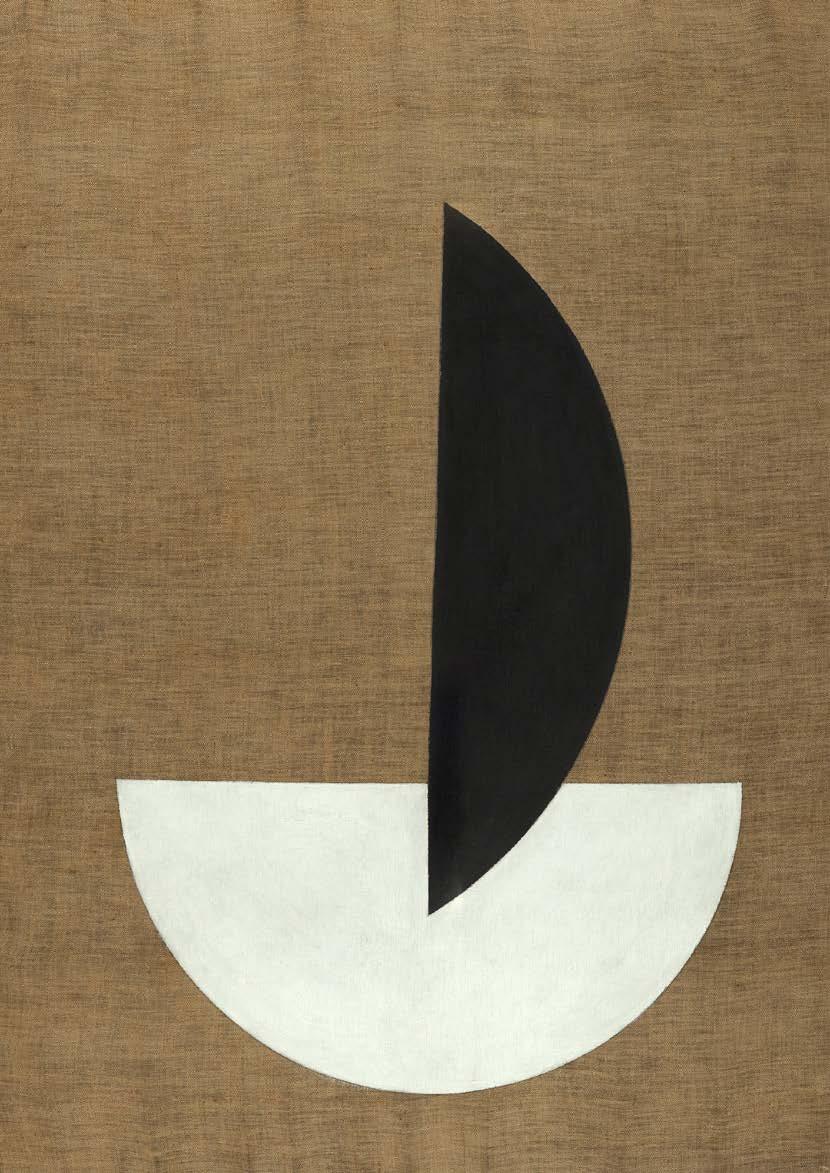
collaboration of different institutions and entities for the development of programmes, projects and activities:
Institution
collaborating entity Collaborates
Metro Visits for young people
University of Vic –Central University of Catalonia Research project
Iberdrola Foundation Education and Social Action projects
BBVA Foundation Technological innovation project
Sony PlayStation Spain / Video games project Gammera Nest
JTI Education and Social Action projects
ACS Foundation Online courses
Royal Mathematical Society Contest
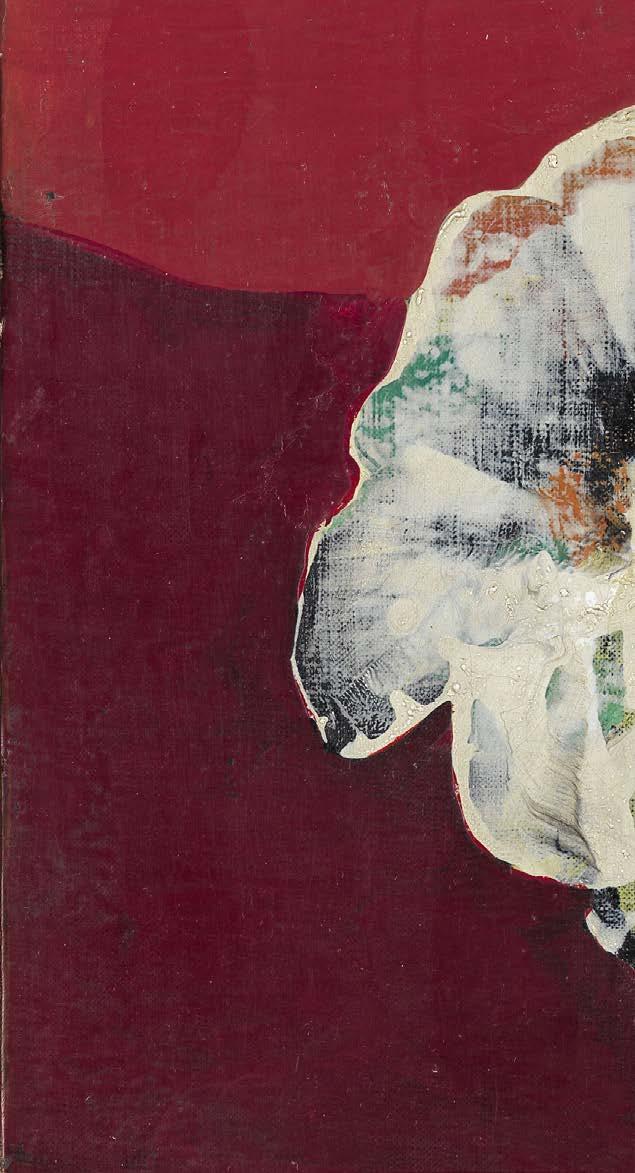

The Thyssen-Bornemisza Collection Foundation is a private entity attached to the General Administration of the State through the Ministry of Education, Culture and Sport, and is responsible for the management of the Museum, as well as the conservation, study, public exhibition and dissemination of the collection of works of art.
Aware of its public service mission, the Museum has a transparency and good governance policy, available on its website, which includes the Museum’s mission, inspirational values, ethical and conduct principles, the Permanent Collection policy, the operating principles of the Board of Trustees, the evaluation of the Governing Bodies, the transparency policy, economicfinancial transparency, personnel policy, equality and balance.

In this sense, each year via the Transparency Site, the Museum publishes information relating to the institution, organisation and management, the founding administration, economic and financial data, contracts and bidding, the collection policy and its use, human resources and staff, educational actions and activities, sustainability and CSR, planning, strategy and results, ethics and good governance of the institution, etc. In addition, it also has a specific section for exercising the right of access to public information.



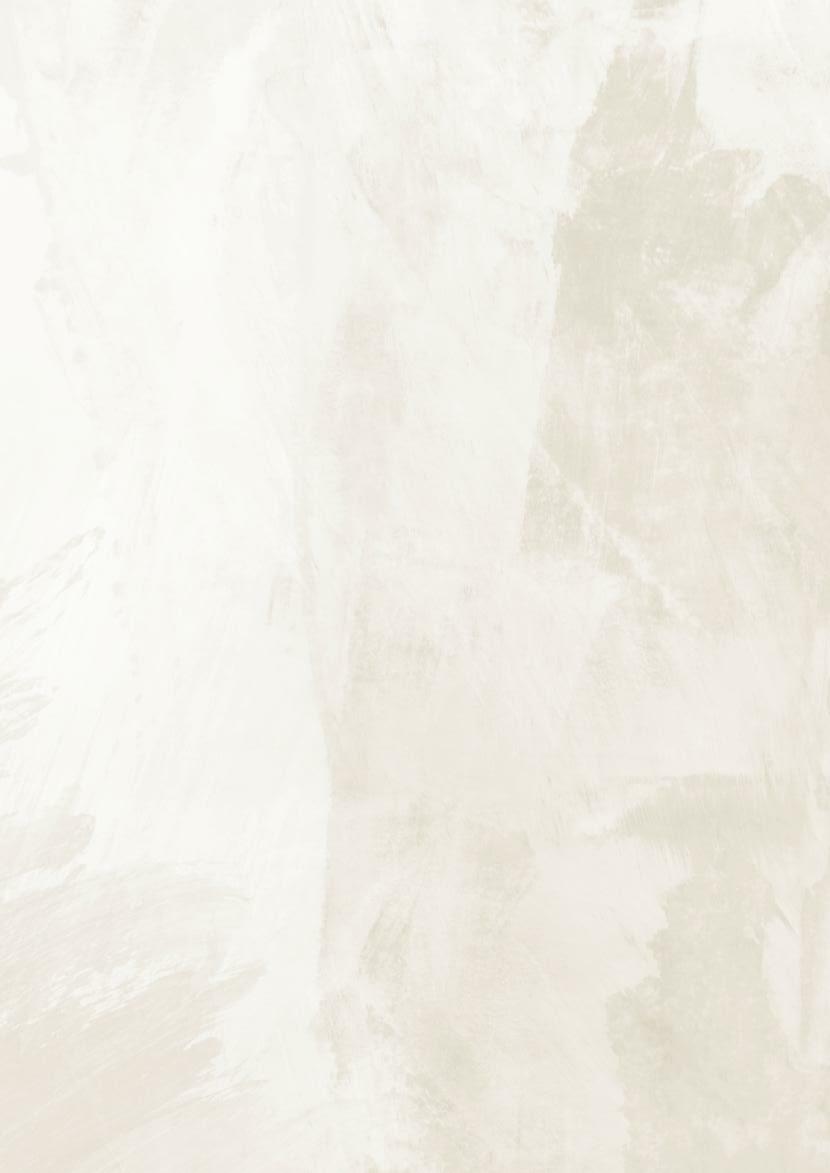
The Ethical and Good Governance Principles by which the actions of the Museum are governed and that mark the ethical approach of both the Board of Trustees and its staff are: LEGALITY, INTEGRITY, HONESTY, EXEMPLARINESS, RESPONSIBILITY, DEDICATION AND COMMITMENT, INTERNAL SYNERGY, EFFECTIVENESS AND DILIGENCE, RESOURCE EFFICIENCY, FULL LEGAL AND STATUTORY COMPLIANCE, TRANSPARENCY, IMPARTIALITY, CONFIDENTIALITY, FRUGALITY, ACCESSIBILITY, CULTURAL PROMOTION OF THE COLLECTION AND ITS SIGNIFICANCE AND ORIENTATION TO THE QUALITY OF THE MUSEUM EXPERIENCE.
Additionally, this transparency policy has been strengthened through the implementation of new Compliance elements, such as an Ethics and Whistleblowing mailbox, which allows irregularities to be reported with a guarantee of confidentiality in accordance with the recommendations of the Group of States against Corruption of the Council of Europe (GRECO).

The Thyssen-Bornemisza Collection Foundation , is managed by the Board of Trustees, the highest governing body, made up of twelve trustees: three due to their position (ex-officio trustees), four appointed by the Council of Ministers through Royal Decree (government trustees) and four appointed by the Thyssen-Bornemisza family, among which Baroness Carmen Thyssen-Bornemisza holds the vice-presidency for life.

President Miquel Iceta i Llorens, Minister of Culture and Sport Vice President Baroness Carmen Thyssen-Bornemisza Government Trustee Eduardo Fernández Palomares, Deputy Minister of Culture and Sport Ex-Officio Trustee Issac Sastre de Diego, General Director of Fine Arts Ex-Officio Trustee María Dolores Jiménez Blanco Ex-Officio Trustee María José Gualda Romero, Secretary of State for Budgets and Expenditure
Thyssen-Bornemisza Trustee Baroness Francesca Thyssen-Bornemisza Thyssen-Bornemisza Trustee Miguel Klingenberg Thyssen-Bornemisza Trustee Baron Borja Thyssen-Bornemisza Government Trustee María de Corral López-Dóriga Government Trustee Juan Antonio Pérez Simón Government Trustee Salomé Abril-Martorell Hernández Government Trustee Víctor Francos Díaz Secretary Pilar Barrero García
The Museum is directed by Evelio Acevedo and Guillermo Solana , Managing Director and Artistic Director, respectively. Tomás Llorens held the position of Honorary Director until his death in June 2021.

The Managing Director is in charge of managing the organisation, administration, coordination, strategic planning and the proper functioning of the Foundation, and of its human and financial resources.
The Artistic Director is responsible for the Museum Plan proposal and for the conservation and care of the works of art and other artistic assets of the Foundation.
Managing Director Evelio Acevedo Administration and Finance Ciriaco García Enebral Operation and Maintenance Alberto Hernández Security Antonio Manzano HR and General Services Teresa Gutiérrez Communications and External Relations José Ma Goicoechea Shop and Publications Ana Cela Technology Javier Espadas Marketing and Strategic Business Development Carolina Fábregas
Artistic Director Guillermo Solana Old Master Painting Modern Painting Restoration
Mar Borobia Paloma Alarcó Ubaldo Sedano Registry Education Marián Aparicio Rufino Ferreras
The strategic lines are focused on reinforcing the strategic model of “being identified as a national museum, an influential cultural asset, with a vocation for public service and the highest level of museum experience quality, as well as being economically sustainable and with a good level of self-financing”.

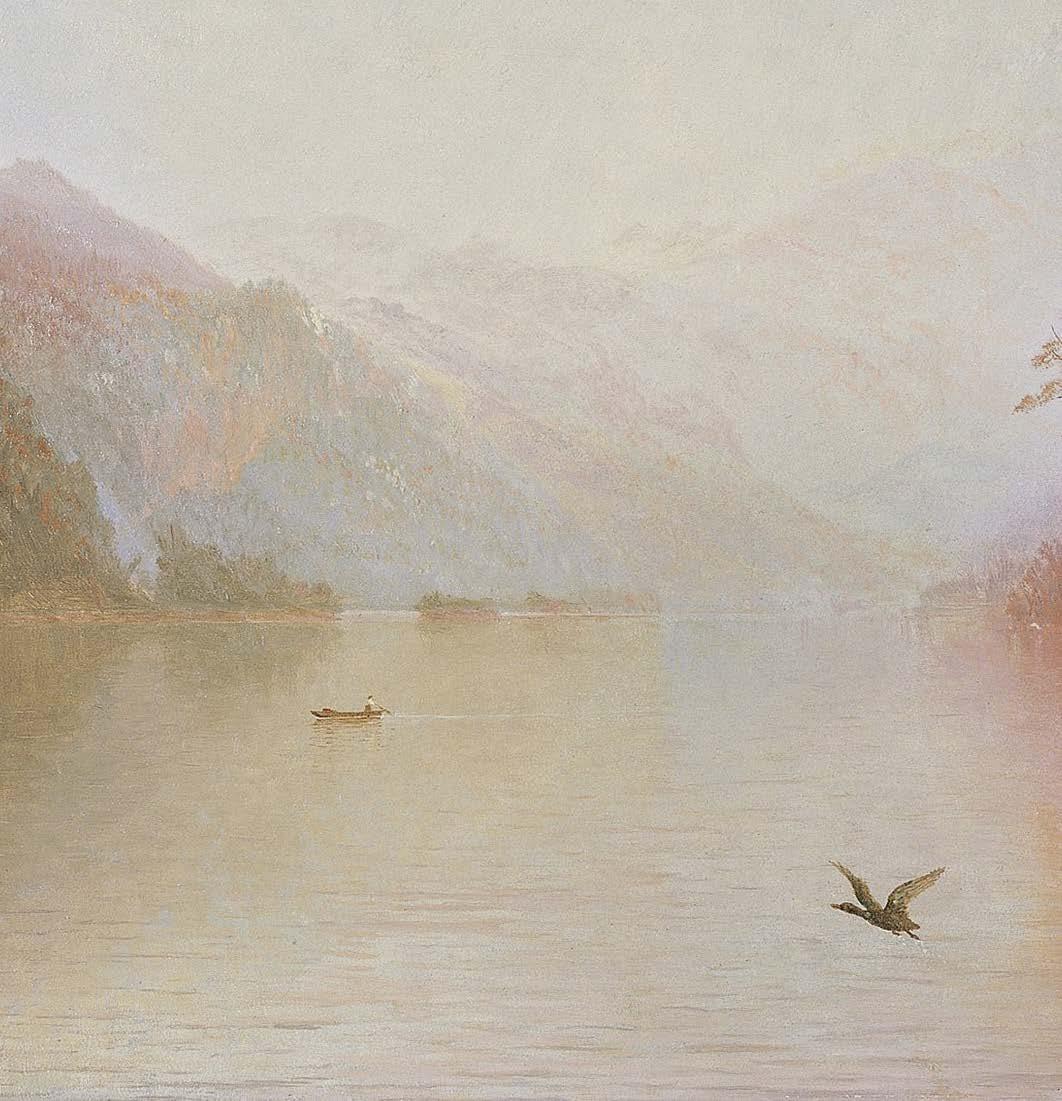
Working on the basis of valuing the economic and social impact, as well as continuing to work on governance, transparency and management sustainability in all areas (economic, social, environmental and ethical).
• 671 visitors. 97% more than in 2020. 65% of visitors were recovered compared to 2019 (last normal year without COVID), 11% more than the rest of Spanish museums.
• 10 temporary exhibitions.
• In situ restoration of Young Knight in a Landscape, Vittore Carpaccio, 1505..
• Fully updated transparency portal.
• The Museum contributed 0.09% to the GDP of the Autonomous Community of Madrid.
Working to transmit educate via the collection, to the 2030 Agenda and efficient consumption.
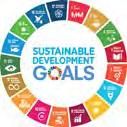
• Educathyssen. 48 activities,
• 33 activities for Friends of the
• Reduction of consumption: consumption of the historical
• Sustainable packaging. Renewal packaging for more sustainable
• 90% of suppliers deliver items
• Significant reduction in the by remodelling the construction with the sustainability commitments development plan included
• Certificate of accessibility UNE
• Emergency management ISO
• Tourism quality UNE 302002.
• EFR Certificate (family responsible
• Time Out Magazine. Georgia
• Family Museum. Supporting
• Silver Award in outdoor campaign
• Actualidad Económica Magazine. the 100 best ideas of the year.
• Third Place Award in Europe:

transmit knowledge and collection, commitment Agenda and to responsible consumption.
Being a leader in the modernisation of the museum model and in digital transformation, and enabling innovation in content and experiences.
activities, 395 visits and 9,635 participants. the Museum with 4,178 participants. Minimum electricity and water historical series. Renewal of shop products and sustainable materials. items without plastics. construction of new wooden packing construction of transport boxes, complying commitments of the sustainable in the 2030 Agenda. UNE 170001-2. ISO 22320. 302002. responsible company). Georgia O’Keeffe best exhibition of the year. Supporting a family audience. campaign of #AperitivosThyssen 2020. Magazine. Online guided tours as one of year.
Europe: The Best of the Best of Tiqets.
• 60 actions, 9.438 hours, 53.62 average hours of integral training in personal skills and digitisation.
• Expansion of the online catalogue of quality content.
• Continuity of the project to improve accessibility on the website and mobile applications.
• Web-based technical office to support the monitoring and optimisation of the Digital Museum.
• Start of the project to improve website accessibility and mobile apps.
• 10.5 million website visits.
• 3.2 million sessions.
• 1.3 million followers on social media.
• Start of the project to define the Digital Convergence Model that will be the basis of the Museum’s digital transformation strategy.
• Hiring of a virtual Museum platform, aimed at offering Museum visitors experiences of automatic guided virtual tours or led by a Museum guide.


Activities in 2021 continued to be affected by the COVID-19 health crisis. This has had an impact on the Museum’s operations and, therefore, on its financial results.

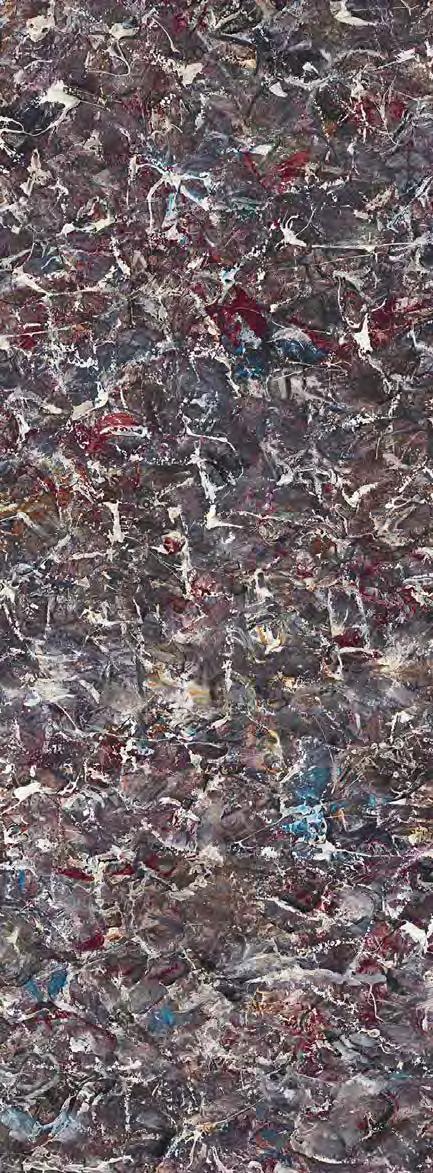
The capacity limitations set by the Government of 50% until May and 75% until October, along with the closure of the Museum from January 9 to 17 due to the Filomena weather phenomenon, and the Museum’s decision to offer free access from January 23 March to April 18 generated lower income than originally budgeted.
Thus, income was reduced by 32% compared to what was budgeted as a result of the previous measures, mobility restrictions and absence of international tourism.
The Museum’s income improved compared to 2020, although we are still far from pre-pandemic figures.
Mark Tobey Earth Rhythms 1961
Mobility restrictions, as well as the impact of the different waves
of foreign
the health crisis.
sales
virtual

The reduction in the number of visitors had a negative impact on the
the
and products in the shop. The revenue
events also
Income from sponsorships and collaborators increased by 20% against the budget,
the reduction in the number of visitors.
66% of revenue came from public contributions compared to 34% from private contributions, compared to 71% and 29% in 2020,
Throughout the year the Museum maintained a significant cost
policy,
to 2020.
savings in a large part of its items
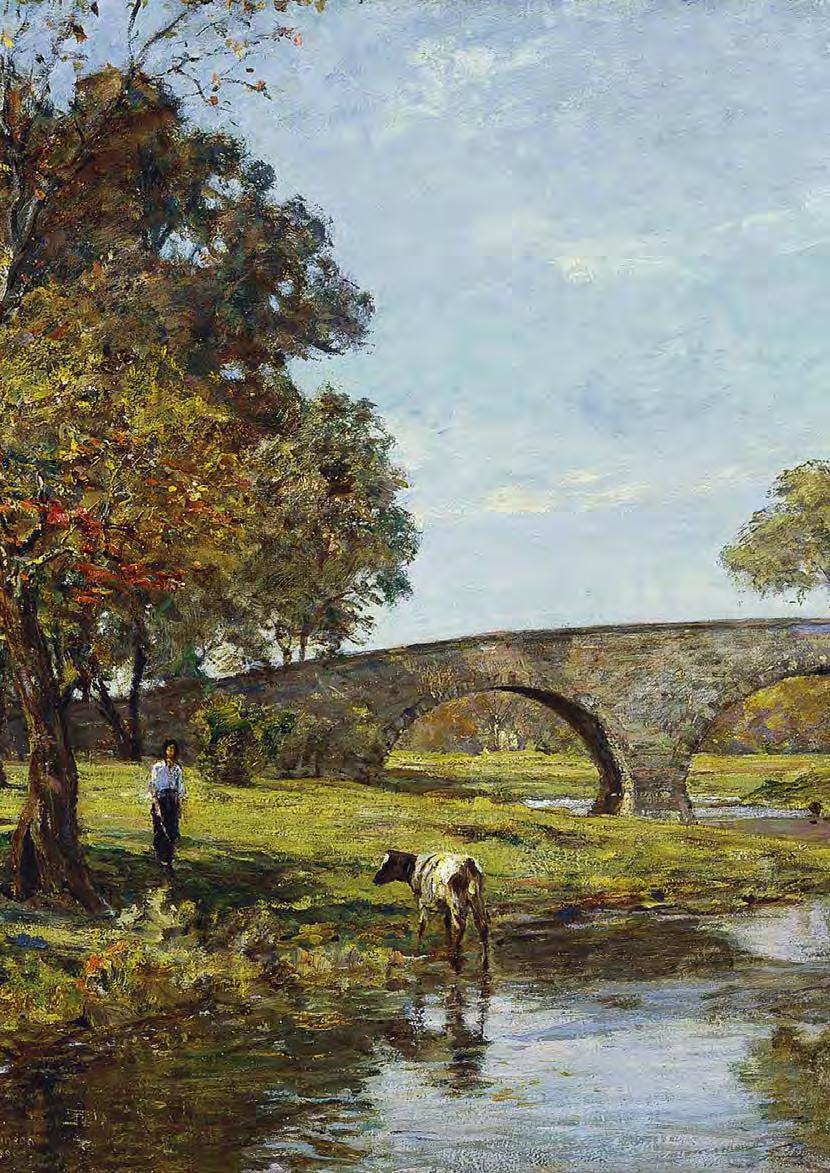
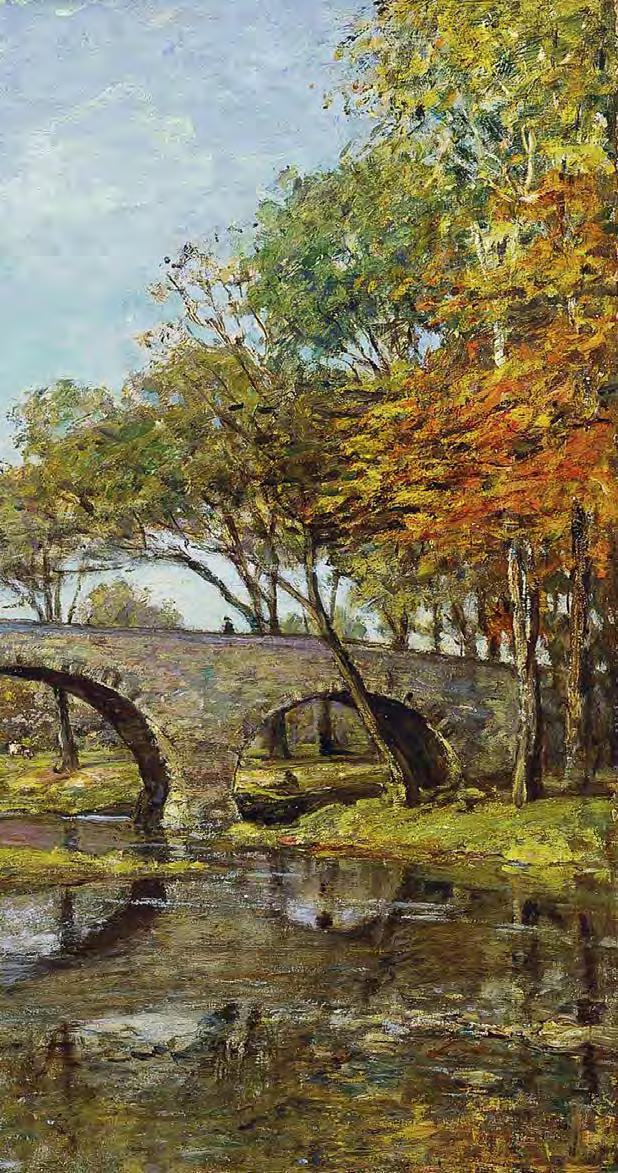
The ethical and Good Governance principles that govern the actions of the Museum and set the ethical guidelines for the actions of the Board of Trustees and its professionals are:
In this sense, the Museum carried out a materiality analysis in order to identify the most relevant sustainability issues for both the Museum and its main stakeholders.
The process consisted of the following phases:
1. Identification of material issues, based on a benchmarking of relevant Museums and an analysis of the main public news and initiatives at an international and national level. In addition, sustainability standards such as SASB and GRI were analysed, as well as regulations applicable to non-financial information. In this phase, 27 issues were identified and grouped into five areas: Economic, People, Governance, Environmental and Society.
Sustainable economic management Search for alternative financing Conservation and preservation of heritage
Artistic offer
Economic Supplier management Visitor experience
Visitor safety Data privacy and information security Digital transformation Innovation of content and experience
Governance
People
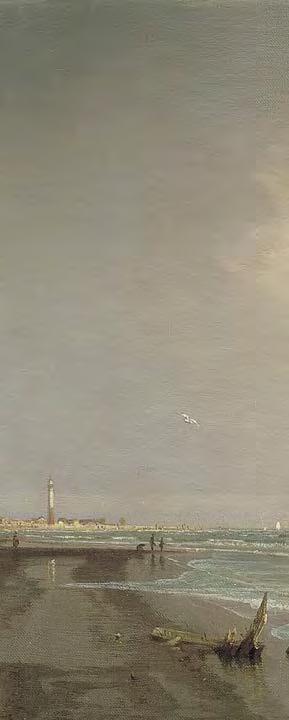
Ethical management Good governance and transparency
Equal opportunities Employment
Employee health and safety Training of professionals in museums Balance between personal and professional life
Accessibility

Equal access to culture
Society
Adaptation of fees for certain groups Promoter of education and culture Connection with the community Communication and marketing strategy
Environmental Sustainable use of resources (energy/water) Energy transition and climate change
Circular Economy and Waste Management
Internal and external environmental awareness
2. Consultation with internal and external stakeholders. The Museum sent a questionnaire both to a sample of its main stakeholders and to its Directorate and Headquarters in order to collect their assessment of the issues identified in the previous phase.
3. Prioritisation of material issues. Based on the analysis of the valuations of the stakeholders and of the Management and Headquarters, a list of the material issues was obtained, prioritised from highest to lowest relevance.
4. Preparation of the materiality matrix based on the results obtained. Said matrix collects the issues according to the level of relevance for the Thyssen-Bornemisza National Museum and its stakeholders. The results have been validated by the General Management.



Visitor health and safety
Ethical management Employee health and safety
Artistic offer
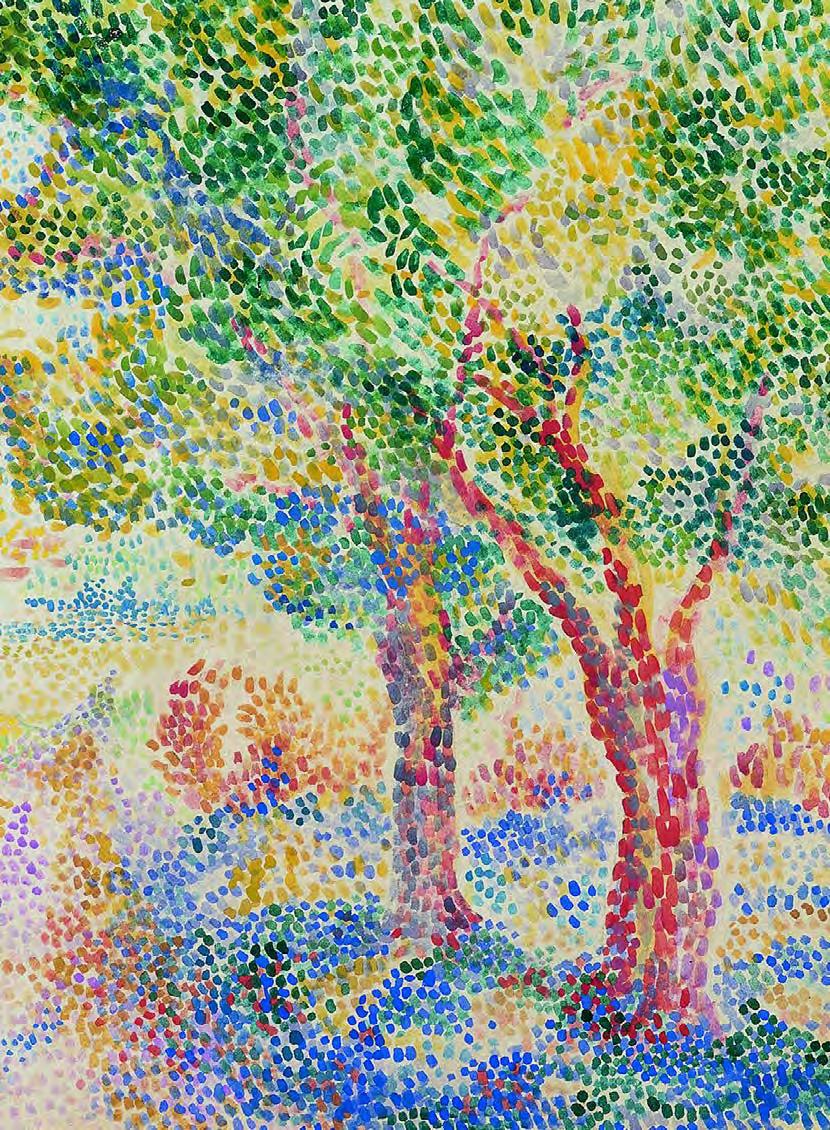
Equal opportunities
Data privacy and information security
Equal access to culture Balance between personal and professional life
Sustainable use of resources (energy/water)
Conservation and preservation of heritage
Circular economy and waste management
Energy transition and climate change
Training of museum professionalsInternal and external environmental awareness
Adaptation of rates for certain groups
Promotion of education and culture
Sustainable Development Goals
The Sustainable Development Goals (SDGs) constitute a Global call to action for countries to end poverty, protect the planet and improve the lives and prospects of people around the world. In 2015, all United Nations Member States adopted 17 Goals as part of the 2030 Agenda for Sustainable Development, which sets out a plan to achieve said Goals in 15 years.
The Thyssen-Bornemisza Museum contributes to the improvement of society with its activity, joining its efforts to the United Nations Sustainable Development Goals (SDG). In this sense, the Museum has a priority impact on the goals that are related to the reduction of inequalities (Objectives 4, 5 and 8 “Quality education”, “Gender equality” and “Decent work and economic growth”, respectively).
In addition, it contributes to other SDGs such as “Industry, Innovation and Infrastructure” (Goal 9) closely aligned with the Museum’s digital transformation strategy or Goal 13 “Climate action”, because the Museum is a privileged place from which to disseminate values and raise awareness about the challenges and problems facing society, such as climate change and sustainable development. As well as all the “Climate action” initiatives it is carrying out in line with protecting and preserving the environment.
Guarantee inclusive, equitable quality education and promote lifelong learning opportunities for all
Some actions by the ThyssenBornemisza National Museum

- EducaThyssen Programmes
- Partnerships with organisations for the integration and employment of people at risk of social exclusion
- Digital experiences
- Free access to certain groups of people
- Accessibility certificate UNE 170001-2
- Annual Museum training plan
Achieve gender equality and empower all women and girls
- María Núñez: Vanitas exhibition
- Diversity Foundation Award
- Pride Day
- Accessible video game
- Equality measures of the Thyssen Concilia Program, a work life balance Plan
Goal 6
Guarantee the availability of water, its sustainable management and sanitation for all
Goal 7 Guarantee access to affordable, safe, sustainable and modern forms of energy for all
- Water saving measures
- Museum sustainable management programme
- Energy saving measures
Goal 8
Promote sustained, inclusive and sustainable economic growth as well as fulfilling, productive, and decent employment for all
- Socio-economic impact of the presence of the Museum
- Purchase of goods by local suppliers in the Museum Shop
- Integration Programmes for people with disabilities, over 65s, accessible video games, Made to Measure programme, among others
- Thyssen Concilia Plan. EFR certification


Goal 9 Create resilient infrastructures, promote inclusive and sustainable industrialisation, and foster innovation
Some actions by the ThyssenBornemisza National Museum
- Digital transformation plan - Apps - Accessible websites
Goal 11 Make cities and human settlements inclusive, safe, resilient and sustainable
- Plan for the safeguarding of artistic heritage - Universal accessibility - Free fees
- EducaThyssen Programmes
- Friends and Sponsors of the Museum programme
Goal 13
urgent action
climate
- Claudia Comte: After Nature exhibition
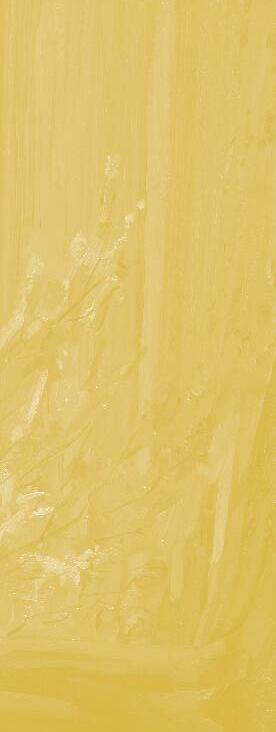

- Giulia Foscari/UNLESS: Antarctic Resolution exhibition and installation

- ECOThyssen project
- Store products with sustainable packaging
- Energy efficiency measures
Goal
- Universal Accessibility Certificate - EducaThyssen Programmes

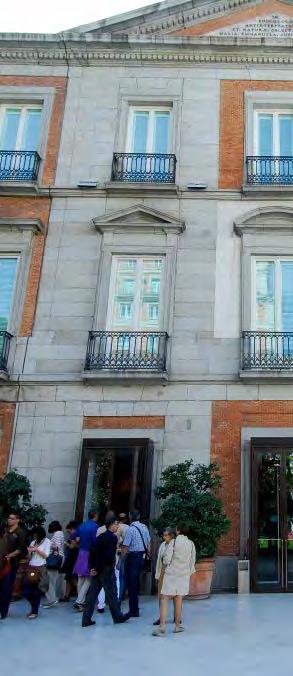


The activity of the thyssen-bornemisza national museum has a positive effect on the economy and employment of the city of Madrid.

Wols

The City 1950-1951
Gouache, ink and watercolour on paper. 21 x 16.5 cm Museo Nacional Thyssen-Bornemisza

The Leontief inverse matrix was used to calculate this index based on the following sources: Distribution of tourist spending: INE, EGATUR survey (Jan–Jun 2018); Tax revenue in Spain: Eurostat, www.epdata.es; Tourist expenditure Madrid: Tourism Vademecum. Madrid Destino (Dec 2019).
Although some restrictions on mobility were maintained in 2021 and new waves of infection were produced, the economic impact generated in Madrid in 2021 was significantly greater than in 2020. However, it is still far from figures prior to the health crisis.

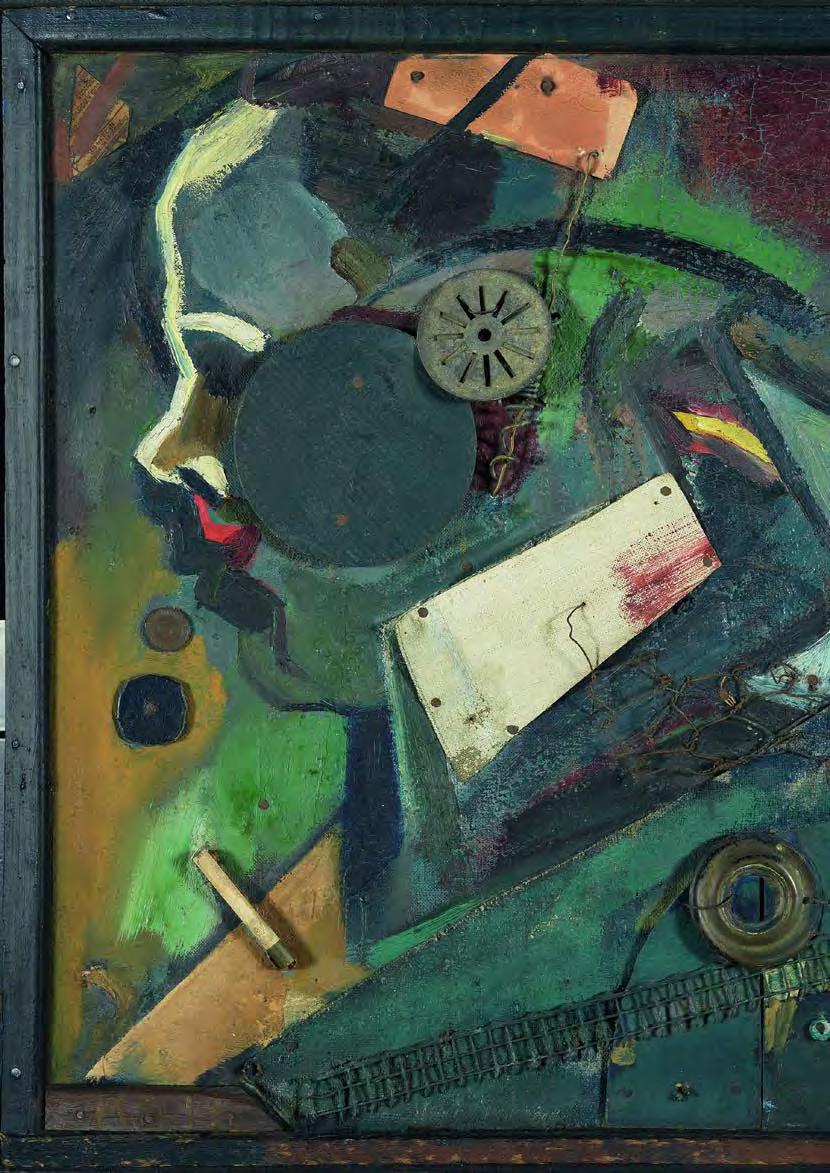
At the Thyssen-Bornemisza Museum we work every day to maintain the high standards of quality required by our Institution and ensure that our organisation is more competitive and achieves 100% compliance with the objectives set out in the strategic plan.
In line with the effort made during these years of the pandemic, we have continued to work to balance the well-being and health of our professionals with the needs of our activity and efficiency. To do so, we have relied on our experience and tools such as remote work and digitisation processes.
This year continued to be marked by COVID-19, which is why we have maintained the Global Safe Site certifications from Bureau Veritas and the Safe Tourism Certified from the Tourism Quality Institute. Our COVID Committee and the Health and Safety Committees have been in charge of monitoring the audits for certification, as well as the application of the regulations approved by health authorities in this matter.
Finally, from the general services area, measures have been supervised and developed to guarantee a safe visit for both visitors and staff.
Development of the II Equality Plan, in accordance with the requirements of the new regulations in force.
Renewal of the Universal Accessibility certificate based on the UNE 17001 and 17002 Standard.
Renewal of the Q for Quality Tourism seal based on the UNE 302002 standard (requirements for providing the Museum Visit Service) as recognition of the attention paid to the visitor experience.
Development of new actions by Healthy Thyssen, Solidary Thyssen and EcoThyssen
The dedication to service on behalf of the professionals who make up the Museum encourages them to give the best of themselves.
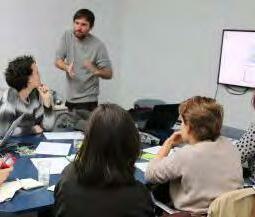
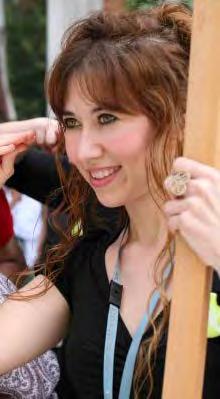
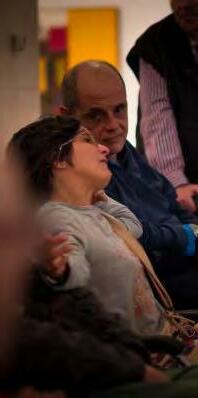





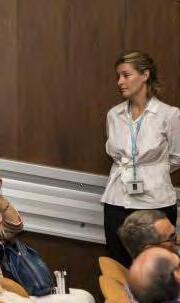


Finally, the Thyssen-Bornemisza Museum has been awarded by the Ceu San Pablo University with the San Isidoro de Sevilla Award to Institutions in gratitude for the support provided in the dissemination of the Humanities and in the training of the Faculty’s students.


The Thyssen-Bornemisza National Museum has carried out the audit of the EFR Certification (Family Responsible Company), adapting the Museum to the new standard EFR 1000-1 edition 5 (200 points more than the previous one).
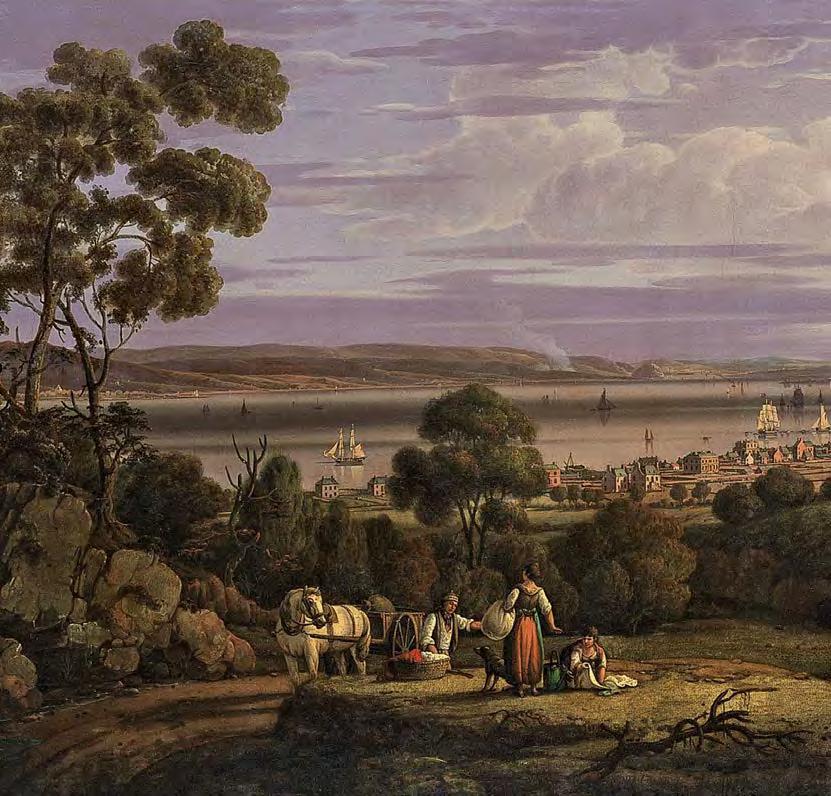
As part of the recertification process, the Voice of the Employee survey was conducted to learn about
the work–life balance measures included in the Concilia Thyssen Plan, in which new measures and staff needs are identified. As a novelty this year, in order to better adapt the questionnaire to the work–life balance needs of each group of professionals, two different surveys were carried out, one for office staff and the other for services, security and maintenance staff.


The survey assesses aspects such as: the culture of balance, commitment, and measures for job quality, time and space flexibility, support for employees’ families, personal and professional development and equal opportunities.
The Museum maintained the Thyssen With You project, where a set of assistance services are made available to employees and their families, including some improvements such as: medical consultation via video chat, the service scope of which is the same as telephone-based medical advice, but with the advantage of doing it via video, offering a more comfortable and personal service.
Actions have also been launched to promote a healthy, solidary and Eco-based lifestyle among employees.

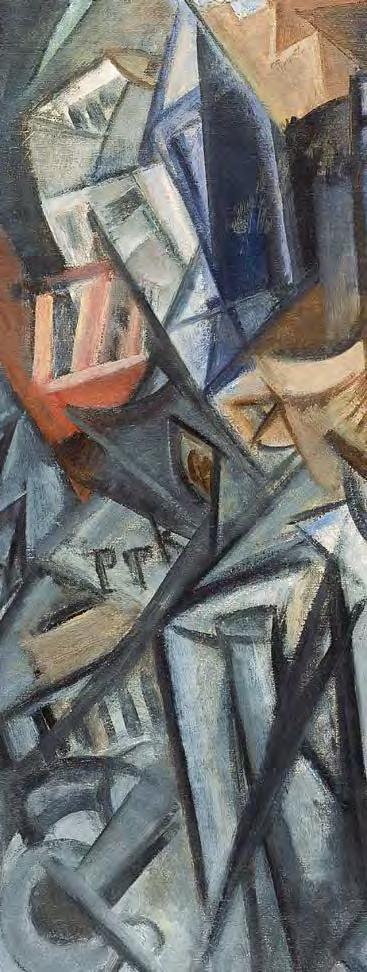
The Thyssen-Bornemisza National Museum maintains its commitment to equality and diversity in its Code of Values and Conduct, integrated into the Concilia Plan.

During 2021, we began preparing the II Equality Plan to adapt it to the new regulations and comply with RD 901 and 902/2020, which regulates equality plans and their implementation. Additionally, the Museum has the following Equality measures in place:
• Protocol for the prevention, treatment and elimination of workplace harassment and sexual harassment.
• Equal pay.
• Equal opportunities in training.
• Non-discriminatory hiring.
Participation in conferences on diversity, in which the following stand out:
• Online course: Equality.
• Webinar: “The Diversity of Being a Woman” by Fundación Alares.
• Webinar: “1st Conference on Women and Compliance” by AMMDE.
• Informative webinar: “European Diversity Month” by Fundación Diversidad.
• “S alary Audit and Wage Record” by the Fundación Más Familia.
• Webinar: “Equality Plans and Salary Audit” by the Más Familia Foundation.
• Forum: “Equality Plans and Salary Audit”.
Pride Day: We created an audiovisual piece for social media, an LGBTIQ banner for the museum’s façade with the claim “The Thyssen Is For You”, as well as a banner for our website and a press conference at the Museum featuring an intervention by our Artistic Director Guillermo Solana.
In our work towards inclusion and diversity, the Universal Accessibility certificate was renewed for the fifth consecutive year, in accordance with the UNE Standard 170001 and 2 (1st public Museum to obtain this certification) and with the diverse artistic offer of the Museum.
The organisation maintains a permanent ambition to improve accessibility.
Rating of 9.01 in the Satisfaction Survey regarding accessibility in the Museum. This rating is maintained over time.
The collective methodological effort of all departments within the organisation to apply the tools of the Accessibility Management System. Highlighting on this occasion the Museum attendants and security personnel for their knowledge and participation in the assistance and evacuation procedures.
Accessibility Statement (13/04/2021) RD 1112/2018, including on the website. Achievement of AA Level of WIA criteria.
In line with this, the Museum employs one person with functional diversity, representing 0.7% of its staff, and resorts to alternative measures for an amount of 386 thousand euros, with the contracting of responsible purchases in collaboration with the Alares Social and Ilunión organisations.
Finally, the Museum maintains its collaboration agreement with the AMÁS Foundation for the development of inclusive nonlabour practices for people with intellectual and/or developmental diversity, as well as the promotion of International Tolerance Day alongside the Diversity Foundation. And in 2021 it signed a new agreement with the Argadini Association, the purpose of which is to improve the personal, educational, social, cognitive and emotional development and quality of life of people with any form of disability, regardless of the collective or social group they are a part of, as well as contributing to their social and workplace integration.



Through communication, a link has been generated with our employees, this being one of the most important elements that allow our connection with them. The new ways of working have led to an even greater increase in internal communication to motivate and continue to promote sense of belonging.

During 2021, the implementation of the new intranet was carried out, which is now managed by the Internal Communications Department.
The intranet is a fundamental channel for generating a collaborative work environment and strengthening our commitment to all employees. Through the intranet, topics of interest for all employees continue to be shared, such as: telephone lists, cafeteria menu, update of procedures, update of the Board of Trustees, calendars, etc.











As described at the beginning of the chapter, the Museum continues with the Global Safe Site certifications from Bureau Veritas and Safe Tourism Certified from the Tourism Quality Institute, endorsing it as a safe Museum against COVID-19.
In addition, semi-face-to-face work was established under the new scenario: three faceto-face work days + two remote work days for jobs where this is possible, with prior approval and internal review by each department in order to achieve a balance in the work teams.
In 2021, the usual health and safety activities were maintained, including those detailed below:
• Annual flu vaccination campaign.
• C arrying out annual medical check-ups for the entire workforce.


• C arrying out gynaecological and urological medical examinations for people over 50 years of age.
• Occupational risk assessment.
• Up-to-date delivery of ORP files by position to the entire workforce.
Updating of the coordination of business activities, including all COVID-19 protocols.
MUSEO SEGURO



We work to deeply understand our different audiences, their needs, aspirations and expectations, so that we can offer a unique experience based on their preferences.

significant progress towards normalisation following the pandemic. In this sense, the Museum received 671,078 visitors, which implies an increase of 97% in the number of visits compared to 2020.
this context, the effort made by the ThyssenBornemisza National Museum to continue
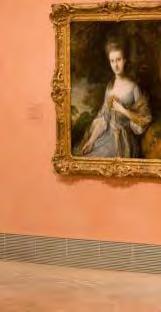
guaranteeing all safety measures to visitors throughout its reopening has been decisive for the reactivation of visits and their progressive growth, both in the number of Spanish visitors, which increased by 103%, and for international visitors which increased by 75% compared to the previous year.
terms of the different Spanish Autonomous Communities,
Community of Madrid
Andalusia, Catalonia and Valencia.
during
For this reason, the most recurrent visitors in 2021 were those from Madrid.

2020 2021
Autonomous community Visitors % Visitors %
Community of Madrid 207,967 79.4% 394,402 74.0%
Andalusia 10,101 3.9% 21,361 4.0%
Valencia 5,735 2.2% 14,487 2.7% Catalonia 8,354 3.2% 32,374 6.1%
Castile and León 5,176 2.0% 11,192 2.1% Castile–La Mancha 4,551 1.7% 11,168 2.1% Galicia 3,363 1.3% 8,363 1.6%
Basque Country 3,196 1.2% 7,656 1.4% Aragon 2,873 1.1% 5,379 1.0% Murcia 1,300 0.5% 3,555 0.7% Canary Islands 2,023 0.8% 4,479 0.8% Asturias 1,507 0.6% 4,771 0.9%
Extremadura 1,199 0.5% 2,891 0.5% Navarra 1,453 0.6% 2,804 0.5% Cantabria 875 0.3% 3,003 0.6% La Rioja 541 0.2% 1,464 0.3%
Balearic Islands 1,664 0.6% 3,102 0.6% Ceuta 22 0.0% 266 0.1% Melilla 22 0.0% 0 0%
Total 261.921 532.669

On an international level, the largest number of visitors came from France (4.33%) and Italy (2.31%). The remainder of countries showed an upward trend with the reopening of tourism and travel. It is worth keeping in mind the restrictions to travel that were experienced throughout most of the year, which had a direct impact on tourism.
The total number of visits rose to 671,078, taking into account that a large number of visitors access the Museum with a single ticket, which allows them to visit both the Permanent Collection and the Temporary Exhibitions.

Number of visits by exhibition
Permanent Collection 368,288 Temporary Exhibitions 391,209 Balcony Visits 73,933
Total 833,430
Regarding the types of tickets sold in 2021, 56.8% corresponded to the free rate*, followed by 39.2% for the general rate (rate applicable to those people who are not included in the groups that can benefit from the sponsored, reduced or free rates), while the remaining 15.4% were reduced rate and 10% were sponsored rate.

During 2021, 47,802 requests were received through the Visitor Attention Service, of which 7,988 were emails and 39,814 were calls. The origin of the calls was mainly Spain, with Madrid being the province from which the most calls were made. The main language of communication was Spanish, which represented 98.33% compared to English, which represented 1.67%, with calls identified from France, the United States and Russia.
Throughout the year, claims and complaints were mainly focused on capacity issues, coinciding especially with the third and fourth quarters, when the Community of Madrid established that museums could restore 100% capacity.
To offer the public a good quality visit, the Museum Management decided to keep capacity at 80%, and even less during certain time slots. However, some visitors continued to perceive a breach of the safety distance linked to the sixth wave of the pandemic. From the Museum, and in order to improve visitor experience, certain measures were taken including: maintaining reduced capacity compared to what was allowed by the authorities, the influx of visitors inside the rooms was monitored by cameras that quantify attendance, the security staff applied strategies so that the flow of visitors was constant, personnel were at hand in the temporary exhibition queue to reduce waiting times, and customer service personnel continued to remind visitors of the importance of not backtracking in the itinerary.
Finally, another reason for complaints was mostly due to the closure of the different rooms of the Museum, which took place during the first half of the year and was a result of the reorganisation of the collection and the opening in the new space for the display of the Carmen Thyssen Collection.
* Beneficiaries of this rate: youth card holders, under 18s, unemployed people, people with functional diversity and their companions, teachers, and family groups made up of at least one adult and three descendants included in the same large family grouping.

Making each visit a unique experience continues to be a priority objective for the Museum. To achieve this, we need to get to deeply know our different audiences, their needs, aspirations and expectations, so we can manage to offer a unique experience based on their preferences.
In 2021, surveys were carried out using two methodologies, one via email and the other via the QR located on the Museum’s totems. Throughout the year, a total of 26,587 surveys were completed by email, 25,575 in Spanish and 1,012 in English. 408 surveys were completed via QR, 347 in Spanish and 61 in English.
The surveys were carried out between the months of June and September and the visitors’ experience was evaluated at different points during their visit to the Museum; experience in the exhibition rooms, cafeteria or store, as well as aspects related to accessibility or the motivation behind their visit, highlighting the following results:
• 8 out of 10 Spanish visitors stated that they had visited the Museum previously.

• Most of the people who visited the Museum’s website did so for leisure purposes and only a third did so for academic or professional reasons.
39.3% of Spanish respondents who visited the website did so for leisure purposes and had no relation to the world of art.
MY BUSINESS CERTIFICATE

The Museum has been promoting the sale of audio guides, both for tickets bought online and at the box office on the day of the visit. The audio guide allows access to all contents via a single purchase. Visitors can listen to it on their own smartphones or on the devices offered by the Museum, simply by scanning the QR code.

Audio guides are available in several languages, which allows us to offer a better experience to all our visitors:
Permanent
Tracks
Permanent collection 50 3h Spanish, English, French, Italian, Portuguese, German, Russian, Japanese, Chinese and Korean

Favourite paintings 14 30 min Spanish, English, French, Italian, Portuguese, German, Russian, Japanese, Chinese and Korean
Masterpieces 10 1 hour Spanish, English, French, Italian, Portuguese, German, Russian, Japanese, Chinese and Korean
Children 14 40 minutes Spanish and English
Themed tours: 5 tours 45 minutes Spanish and English Fashion, Wine Culture, Jewellery, Gastronomy and Inclusive Love
1723–1724

The Thyssen-Bornemisza National Museum has renewed the Q for Quality Tourism seal based on the UNE302002 standard awarded by the Spanish Institute for Tourism Quality (ICTE), this being a seal of guarantee and consolidating the Museum’s levels of excellence.
The quality maintained by the Museum grants the visitor a unique experience based on the institution’s recognition and prestige and valuing of the Public Service Policy. In addition, the certification is essential for improving the quality of the services of the visit while complementary activities in turn enrich it.

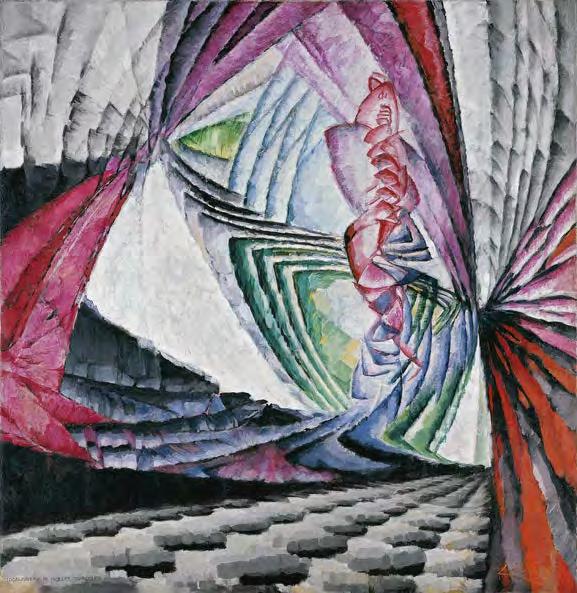
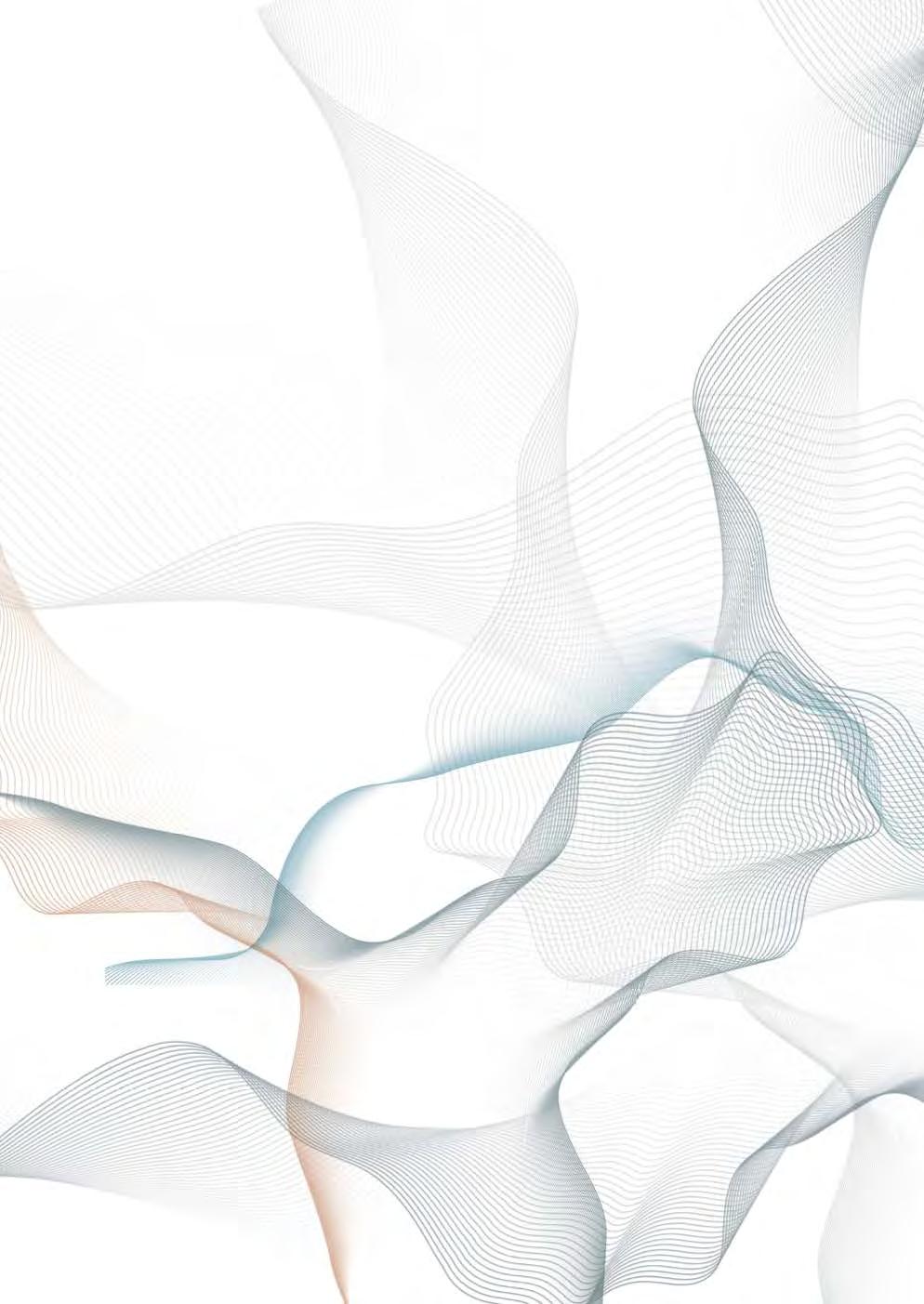
The challenges that digitalisation represents today have made the Museum accelerate this process, with an approach aimed at a Digital Convergence Model. In this sense, the Museum continues to advance in the objectives of the defined Strategic Plan and has spent time developing the project of the analysis and design of a digital transformation strategy, aimed towards a new Museum model that uses technological opportunities to meet the strategic objectives, along with the development of new experiences that can help increase the number of visitors and in turn generate new sources of income, while continuing to work on its education, conservation and dissemination mission.
Numerous actions have been carried out throughout the year:
A virtual museum platform was contracted to offer museum visitors automatic virtual guided tours or virtual tours led by a museum guide in real time. This is an innovative project that requires the rooms of the Museum to be photographed in gigapixel resolution, including the permanent collection, the Carmen Thyssen Collection and the temporary exhibitions.
To increase the security of our websites, the hosting service has been expanded, making the servicing of the websites independent.
Finally, the Museum’s websites have been adapted to ensure compliance with the General Data Protection Regulation (GDPR) regarding the use of cookies.
The Microsoft Business Central application has been made operative and covers the management needs of: Administration and Finance, Shop, Warehouse and Recruitment.
In addition, the use of Microsoft Office 360’s collaborative work tools has been boosted, promoting the use of Cloud file storage. Progress has also been made in the improvement and maintenance of the Microsoft BI Platform and in the incorporation of data from the new Microsoft Business Central application through ETL processes and Odata web services.
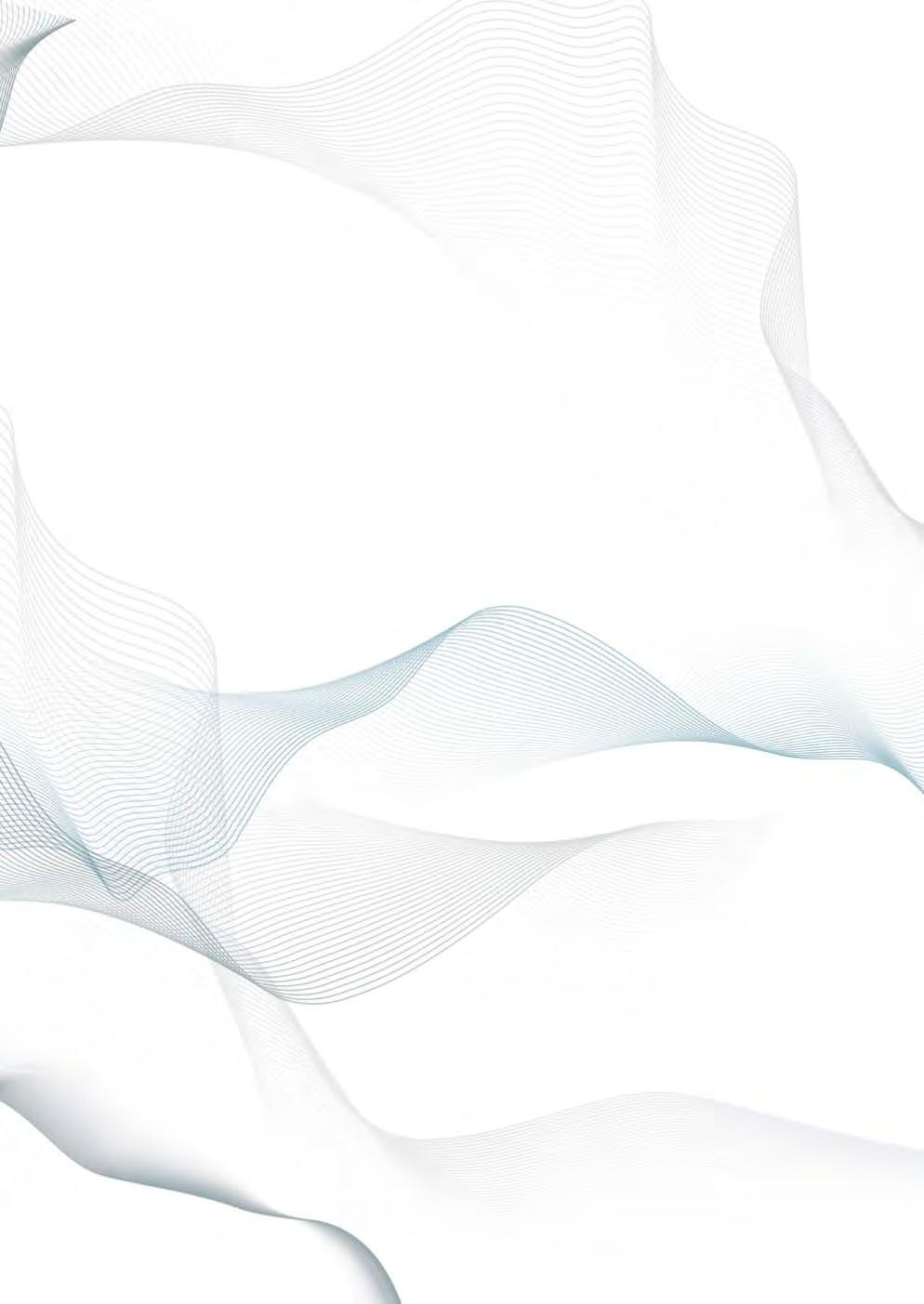
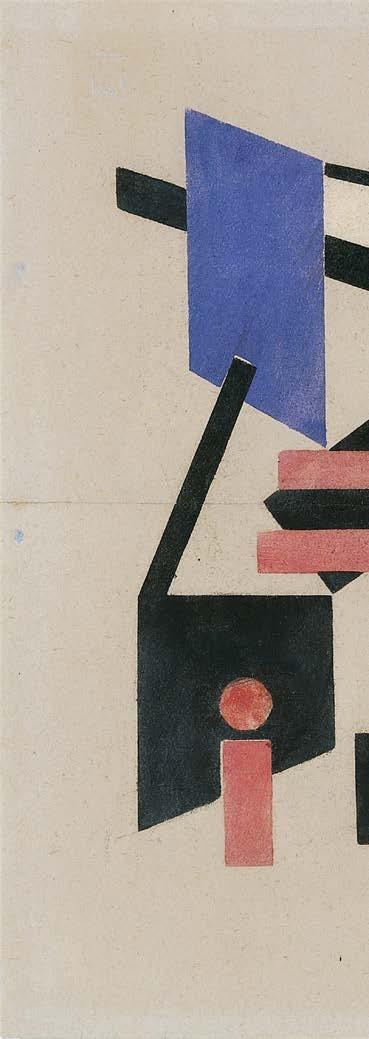
Efforts have focused on maintaining and optimising the existing infrastructure, including: the use of centralised storage in two booths located in the data centres, production and contingency. In addition, the data network has been expanded, the operating systems of all work teams have been migrated to the new versions of Windows 10, and new laptops have been purchased, as well as computer and multimedia equipment for: recording videos, conducting guided tours, assembly/disassembly of exhibitions and meeting rooms, and the installation of a VPN connection with two-step authentication has been carried out.

The security of its computer systems and data continues to be one of the Museum’s priorities. In this sense, numerous actions have been implemented, among which the following stand out:
– Carrying out consultancy focused on convergent cybersecurity (physical and logical) that establishes a cross-sectional cybersecurity strategy for the Museum focused mainly on the areas of Technology and Security.
– Optimisation of the protection platform, through the deployment of the application that automatically collects and correlates data in multiple security layers: email, endpoint, server, cloud and network, which allows faster detection of threats and better investigation and response times through security analysis.
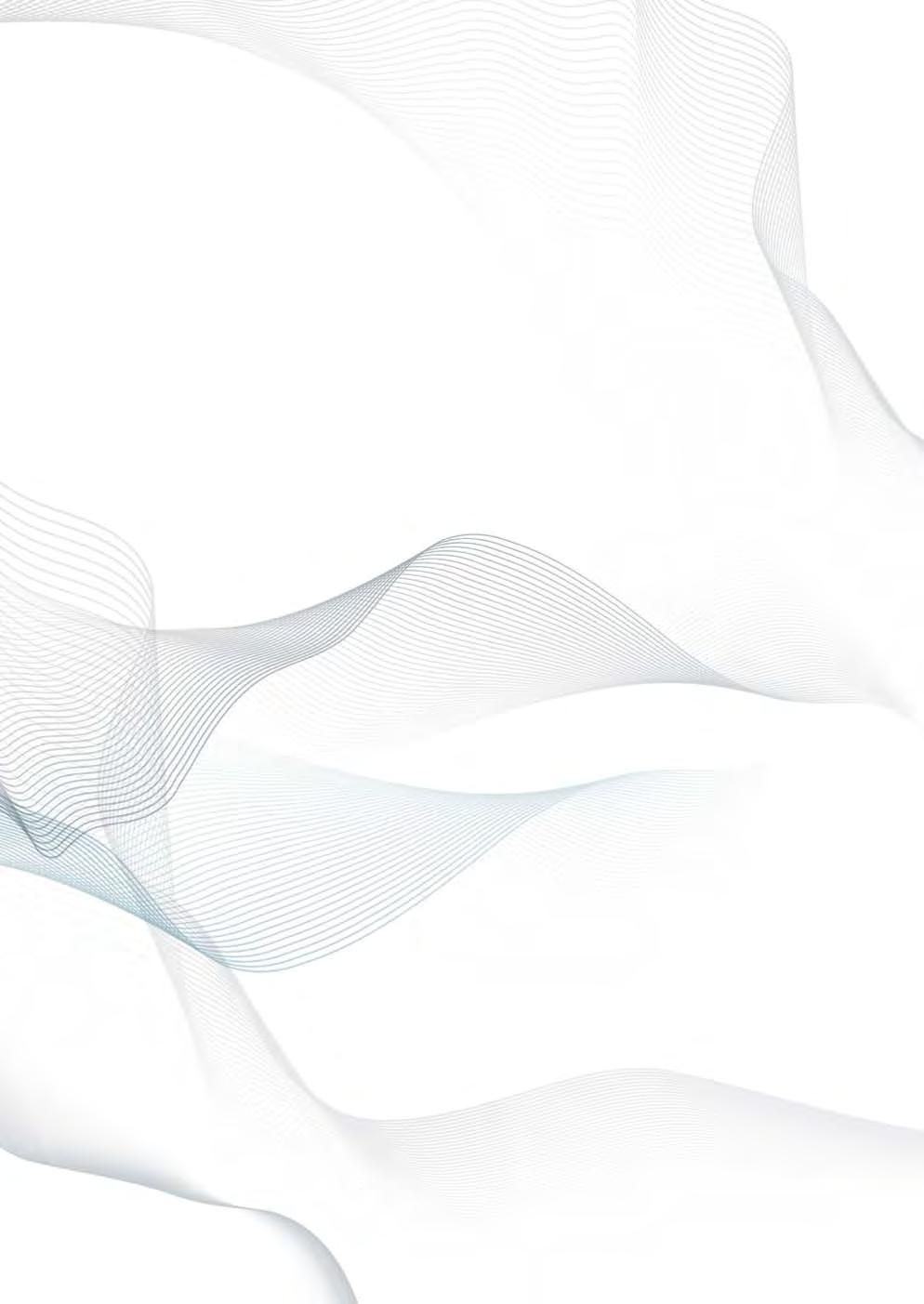
– Deployment of microCLAUDIA protection, providing computer equipment with an additional layer of protection against Ransomwaretype risks.
– Review and improvement of the system backup protocol.
Sándor Bortnyik Composition II, Pink and Blue ca. 1921 Gouache on paper. 28x21cm Museo Nacional Thyssen-Bornemisza
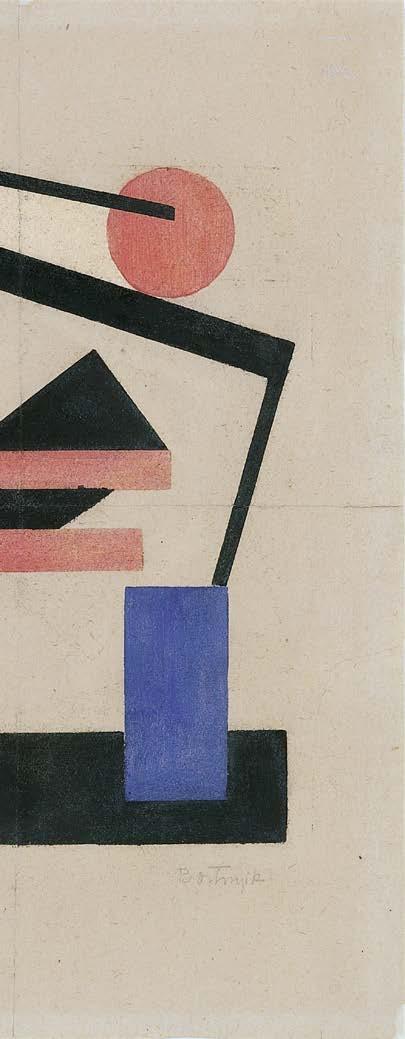
o ne of the objectives of the Thyssen-Bornemisza Museum is for its facilities and services to be accessible, which is why it integrates accessibility into the Museum’s management principles.


The Museum assumes this commitment in its Accessibility Policy, in which certain fundamental aspects have been included, such as:
• Compliance with applicable legislation regarding accessibility.

• Establish and maintain a Universal Accessibility Management System in accordance with the provisions of the UNE 170001 standard, for all people.
• Everyone at the Museum collaborates in achieving objectives, both in specific tasks and in the usual ones.
• The Accessibility Management System is to be disseminated internally.

• The system will be a dynamic tool in a permanent state of progress.
• Aspects of universal accessibility will be taken into account In the development of new projects.
The Accessibility Management System was certified for the fifth consecutive year in accordance with the UNE 170001 and 2 Standards on Universal Accessibility.
In addition, the Museum seeks to strengthen its integrative, inclusive and responsible vision through the implementation of empathic initiatives and respect for people with functional diversity.
It was in this way, during 2021, that the Museum made progress in the accessibility and usability of its website, in which the ticket rates page was redesigned to more clearly reflect the different discounts and gratuities available to the public, without losing sight of accessibility to information.

Moreover, the Museum offers other devices that can be acquired free of charge:

Audio guides with descriptive audio in Spanish and English
Available for audio guides of all types and languages, tablets and radio guides (group guiding system)
Videos subtitled in LSE (Spanish Sign Language)
Finally, with the support of the Iberdrola Foundation, the Museo Fácil (Easy Museum) cognitive accessibility project was carried out, culminating in the creation of a video game with a universal design and an inclusive nature called The Dedal Games.

The Museum relies on a Comprehensive Security System which offers a tailored solution combining and integrating human and technical means such as video surveillance systems, access control and intrusion detection, in order to provide complete security for the facilities that require it, both indoors and outdoors. Integrated into this system, fire protection is also controlled: fire detection system and fire extinguishing systems.
For the supervision and control of security, the Museum has a security area, which has the necessary human resources to carry out this activity: Director of Security, Security Supervisors, Control Centre Operators, Security Guards and Room Attendants.
Fully aware of the importance of safety and security in our facilities, the Museum has had the UNE-ISO 22320:2013 certification for Emergency Management since 2019, making it the first Spanish museum to have ever obtained it.

The Thyssen-Bornemisza National Museum has clear objectives and measurement indicators in place to reduce its environmental impact and advance its commitment to the planet. 2021 continued to be marked by the COVID-19 pandemic in terms of capacity and the influx of visitors, and therefore the Museum’s own activity as well. These influential factors are reflected in the data on consumption, waste, etc.
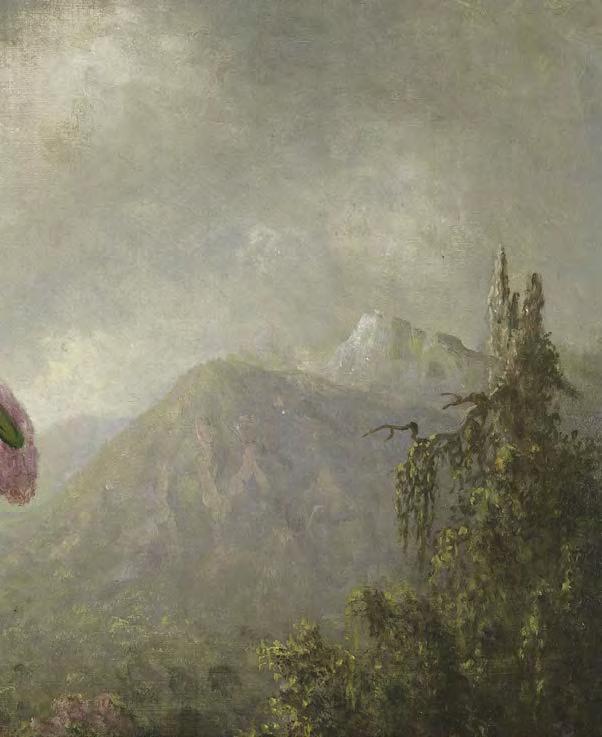
Electricity consumption (kWh)
Water consumption (litres)
Diesel fuel consumption (litres)
97,672
83,966
79,524
During 2021, electricity, water and diesel consumption increased by 6.77%, 16.32% and 26.82% respectively. This increase was mainly due to the fact that during 2020 the Museum was closed for several months as a result of the pandemic and therefore there was no activity. In addition, during the first few months of 2021, Madrid experienced very low temperatures and this also influenced the increase in energy consumption.
Since 2008, in the case of water, and since 2010, for energy consumption, the Museum has been constantly developing and implementing a series of initiatives that continue to have a positive impact on their management, leading to reductions in their use.

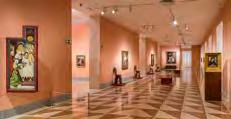
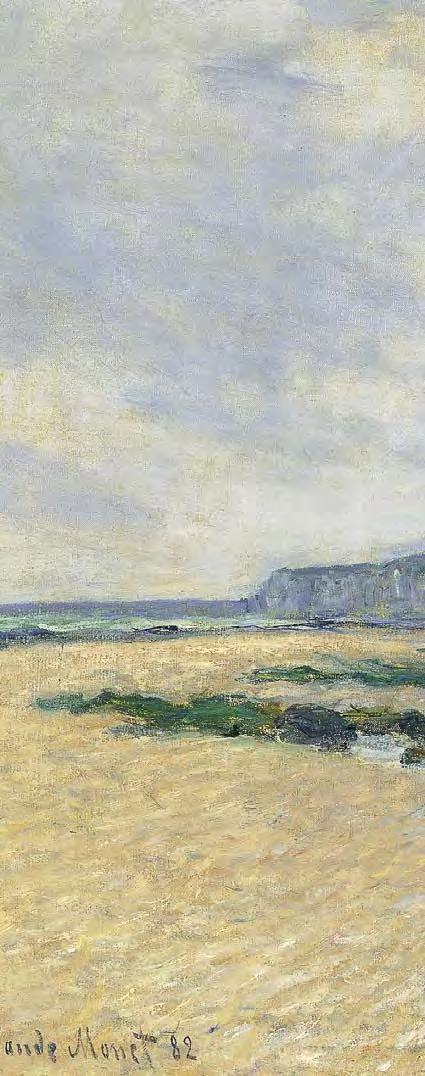
Currently, the Museum’s capacity to save energy is reduced, seeing as the measures with the greatest impact on saving have already been taken, and the variations that may occur are due more to weather factors and/or variations in the number of visitors.
Within the framework of the Sustainable Management Plan, the Museum developed a series of measures that have allowed it to gradually reduce water consumption , achieving a 41% decrease when taking the year 2008 as a base measurement:

• Installation of water saving aerators in all sinks.
• Installation of water heaters in the toilets, eliminating the installation of centralised hot water
• Installation of partial metres to monitor daily water consumption.
• Awareness campaigns for the public and the Museum staff.
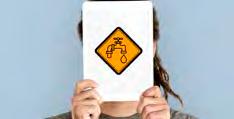
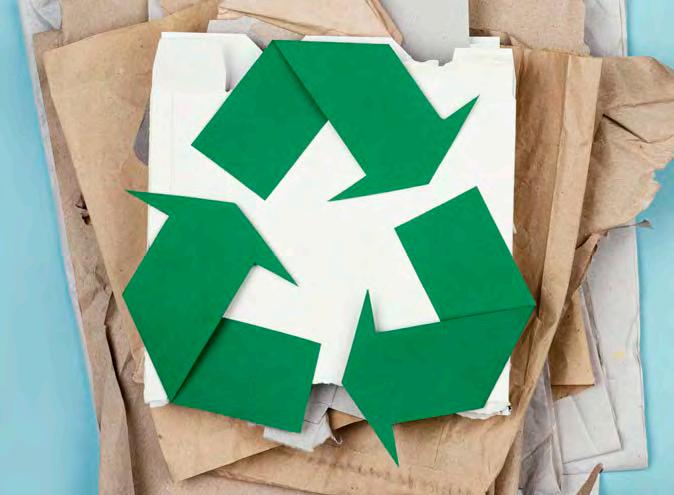
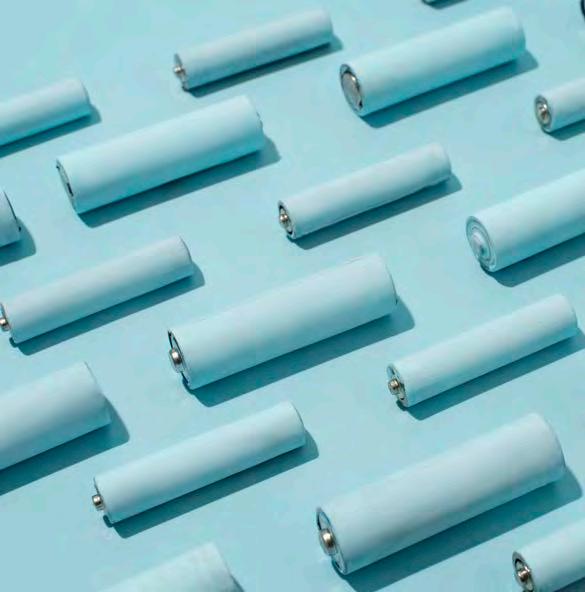



In addition, the Museum shop has implemented the sustainability initiatives mentioned in the corresponding
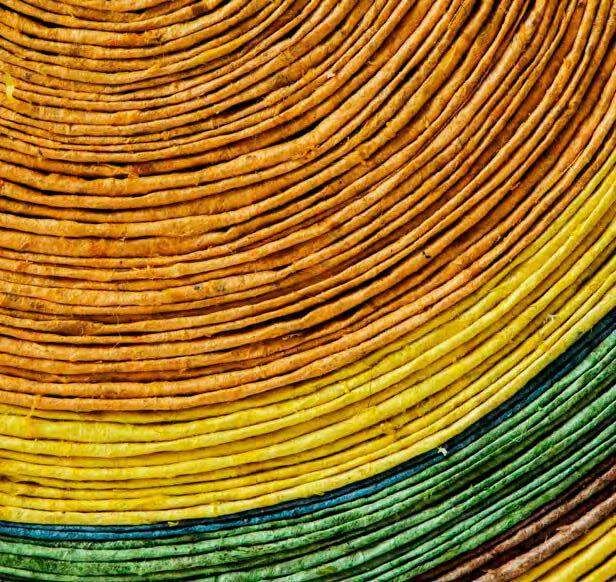
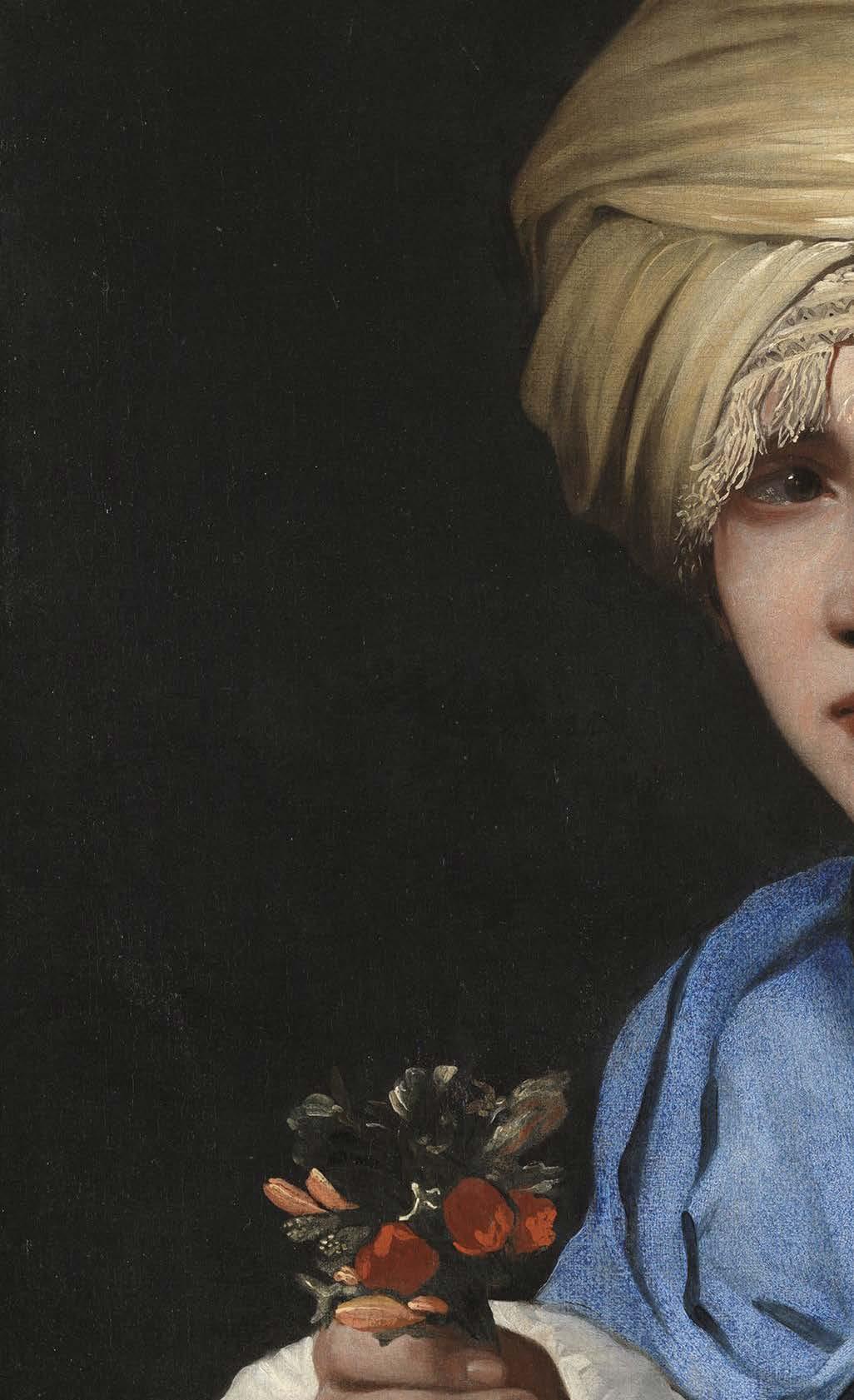
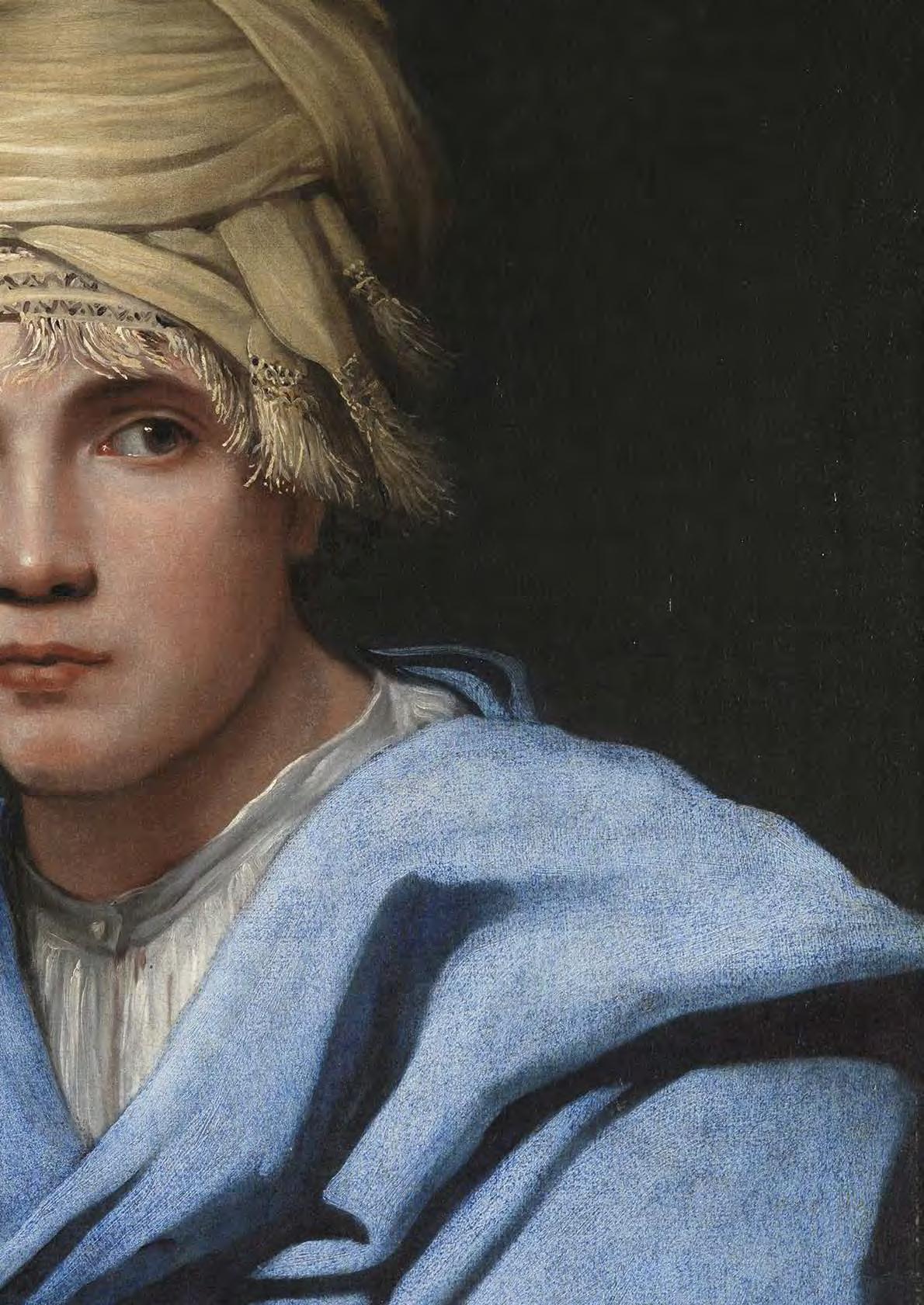 Michiel
Michiel
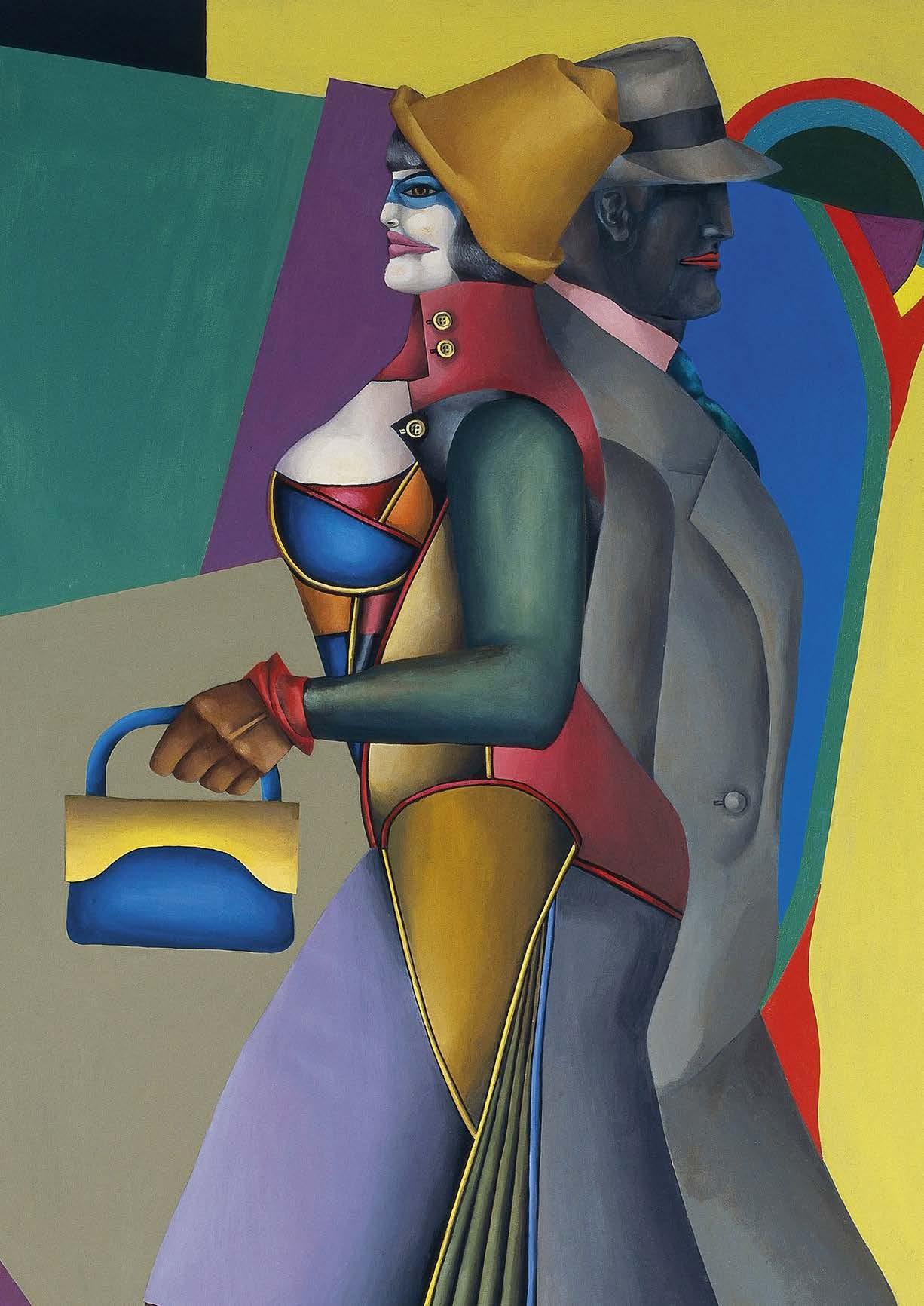
of Friends increased by 13% compared to the previous year. The decrease in COVID-19 allowed the number of friends to recover, as well as the resumption of activities that were interrupted during the pandemic. During 2021, a renewal rate of 94% was achieved as a result of various initiatives such as the Georgia O’Keeffe exhibition, along with
and digital advertising campaigns.


Our Corporate Friends have established themselves as an effective way of involving companies in the work of the Museum, contributing in an outstanding way to the conservation and dissemination of the collection, as well as the development of different activities that are scheduled throughout the year. Their participation is essential in maintaining the excellent level of the exhibitions and the various activities.
ANCI BANK OF AMERICA
CAIXABANK
CITIBANK INTERNATIONAL PLC
CLIFFORD CHANCE
EL CORTE INGLÉS
ENAGÁS
ACS FOUNDATION
BANCO SANTANDER FOUNDATION
BBVA FOUNDATION
INSTITUTO DE EMPRESA FOUNDATION
KPMG S.A. FOUNDATION
MUTUA FOUNDATION
REPSOL FOUNDATION GÓMEZ-ACEBO & POMBO
IBERIA
INFINORSA

JP MORGAN
JTI LOEWE UNGRÍA
URÍA & MENÉNDEZ LAWYERS
WARNER MEDIA
On the occasion of the celebrations of the centenary of the birth of Baron Thyssen , a s pecial installation was carried out with pieces on loan at the MNAC . This celebration offered the opportunity to organise the Italian Painting of the 14th–18th Centuries exhibition.
440 friends attended in person and 45 attended online.
Additionally, on 13 April, the Baron’s birthday, a day of live music was organised for Friends and the general public featuring eight concerts in collaboration with the Reina Sofía School of Music. A total of 303 people attended.
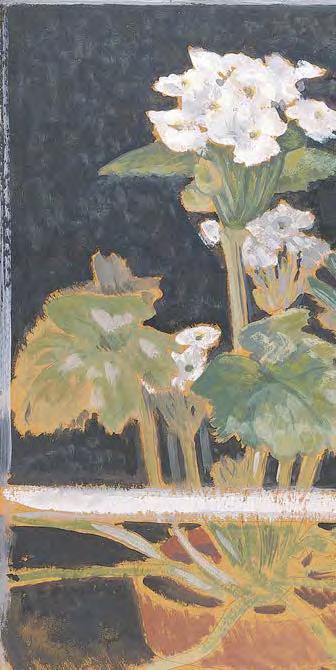
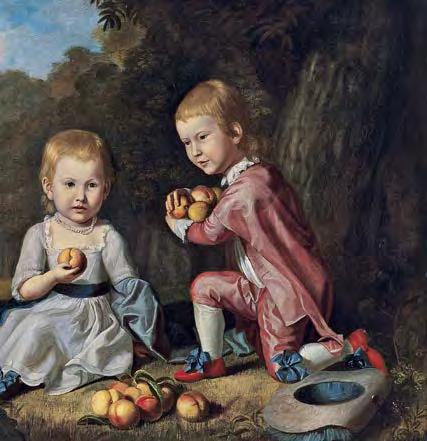

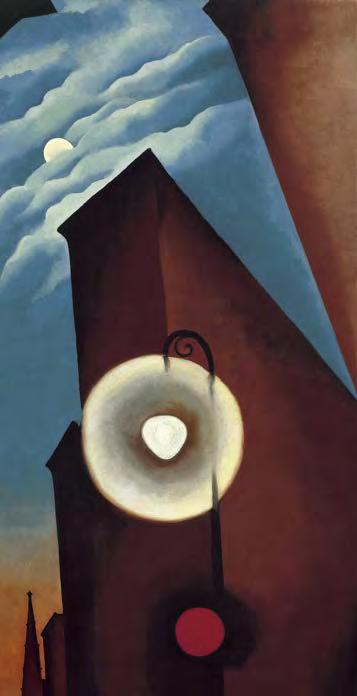
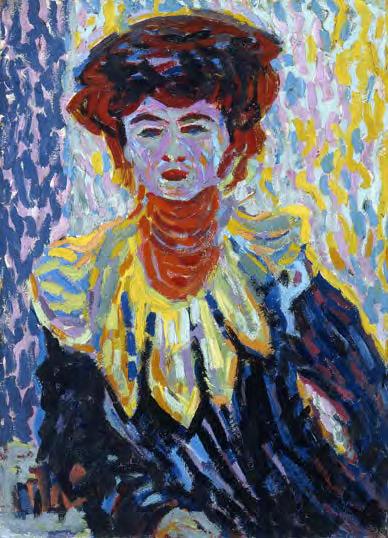

The sponsors of the Thyssen-Bornemisza National Museum have maintained their support and collaboration in the maintenance and conservation of the Collection, the development of temporary exhibitions, educational projects and other activities carried out by the Museum.
Bart van der Leck Study for Compositions

Alhambra/Mahou
Summer concert series: Alhambra Moments Thyssen Aperitifs
Art explora VersionaThyssen Project
CAM DGC Acts and exhibitions of the centenary of the birth of Baron Thyssen-Bornemisza
CAM DGT Support for the #VersionaThyssen project. The Magritte Machine temporary exhibition
ACS Foundation Online course series “Experiments: Bauhaus”
BBVA Foundation ConectaThyssen Project
Banco Sabadell Foundation Support for the conservation of the Permanent Collection
Coca Cola Foundation Project #VersionaThyssen
Ecolec Foundation
Claudia Comte temporary exhibition
Fundación Iberdrola Education and Social Action: “Made to Measure” programme and Easy Thyssen project and teachers
Fundación Mutua Madrileña Support for the conservation of the Permanent Collection
Gibobs Allbanks Pictorial performance by Alberto Reguera
Google (Youtube) Cultural Incentive Content” project
ILLY Support for the conservation of the Permanent Collection
IE University Permanent Collection dissemination project
JTI Georgia O’Keeffe temporary exhibition and the Graphic Narratives educational project
Mastercard
Mastercard Mondays: Free opening of the permanent collection on Mondays

Meliá Hotel Installation of Georgia O’Keeffe: The Faraway
Pro Helvetia Claudia Comte temporary exhibition
Sothebys Support for the dissemination of the Museum’s activity
Terra foundation for American art Grant for reinstallment of American Painting collection Georgia O’Keeffe temporary Exhibition
Teka Sponsorship of the gastronomy tour of the Permanent Collection
Value retail Georgia O’Keeffe temporary exhibition
The following are projects that were carried out thanks to the collaboration of our sponsors and that were aimed at attracting a young audience, as well as promoting inclusivity, culture and tourism in the Community of Madrid.
ponsored project for free visits to the permanent collection on Mondays (all year round)

Thanks to the sponsorship of Mastercard, the Museum offers free access to the permanent collection every Monday of the year, from 12:00 to 4:00 p.m., thus allowing the whole of society access to this public space. The shop/bookshop and the cafeteria are also open during the same schedule.

Now in its fourth edition, #VersionaThyssen is an activity aimed at young creators from around the world (16 to 35 years old), so they can share their own versions of a painting from the collection proposed for each edition and opt for the prizes and recognition of the jury. The programme is developed on the Museum’s Instagram profile. The project has received the support of the Coca-Cola Foundation, Art Explora and the Community of Madrid (General Directorate of Tourism). 3,100 works have participated in this contest and generated 160,500 page views on our website, more than 2.4 million hits on social media, including our own posts and those by participants, 160,000 interactions on social media and 27,300 views of the awards ceremony video, which was attended by 1,030 people. The ceremony was also streamed online.

The BBVA Foundation is the Museum’s exclusive collaborator for the project of apps, online publications, 360º videos, webdocs and special actions collected under the name ConectaThyssen.


The maintenance of the Collection, acquired by the Spanish State in 1993 and thus becoming national public heritage, requires a great amount of attention and care given to the state of the works, their materials and the conditions in which they are exhibited and handled. With their support, the Mutua Madrileña Foundation becomes a close collaborator in the mission the Museum has been entrusted with: that of preserving an art collection of incalculable value, in order to continue showing it to society in all its splendour.
From the early 1970s, Baron Hans Heinrich Thyssen-Bornemisza became a great devotee and active collector of American art, especially 19th-century landscape painting. He also expanded his collection with pieces from the 20th century, from the first modernist currents to abstract expressionism and pop art. As a result of his collecting, the Museum has a wide selection of American art and has become an essential point of reference for its knowledge and study in the European context, especially in relation to 19th-century landscape painting, significantly underrepresented in European collections.


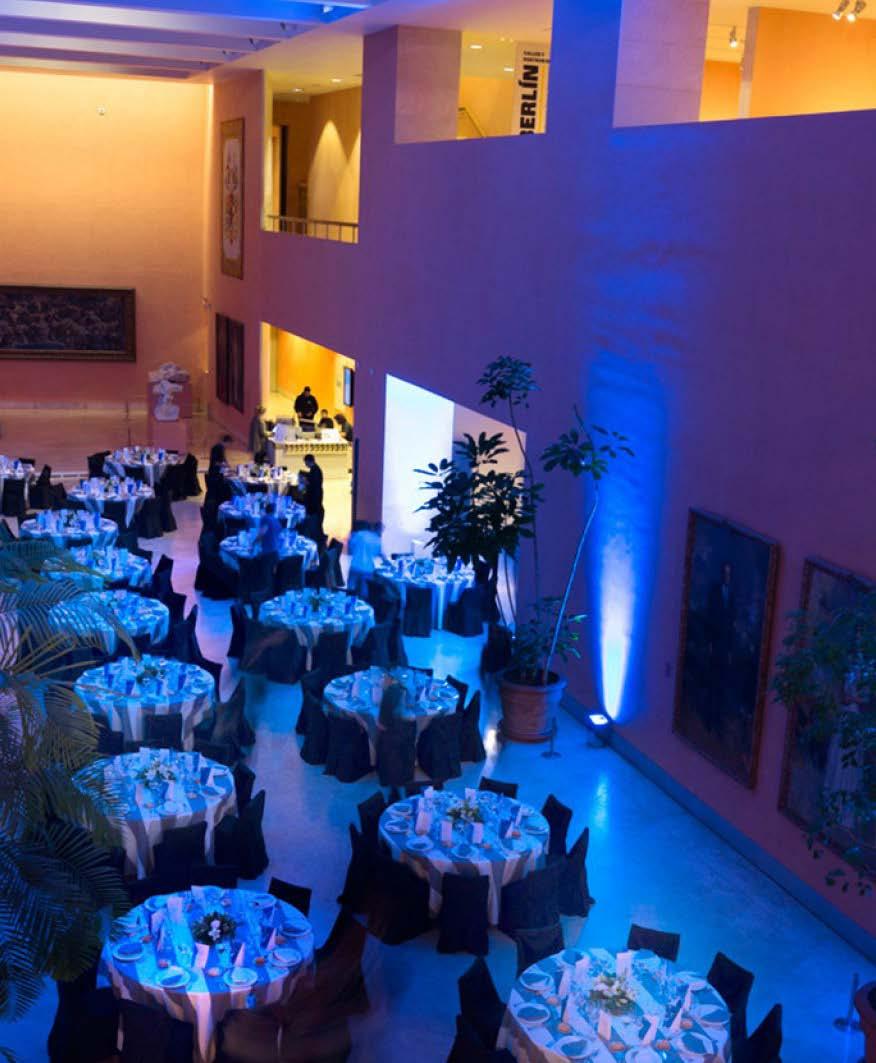
The Programme of Events and hiring of spaces was radically altered by the pandemic and its successive waves. However, following the summer of 2021 there was a rapid recovery of activity and a considerable increase in the number of visits and events held.

The implementation of safety and prevention protocols to avoid the spreading of COVID-19 has consolidated the Museum as a safe space for holding events and, despite the limitations, the results and customer feedback have been very positive. In 2021, the total income of the Corporate Events department was €264,080.

The Thyssen-Bornemisza National Museum has unique spaces for holding events where guests can enjoy an exclusive Thyssen experience.
www.museothyssen.org
